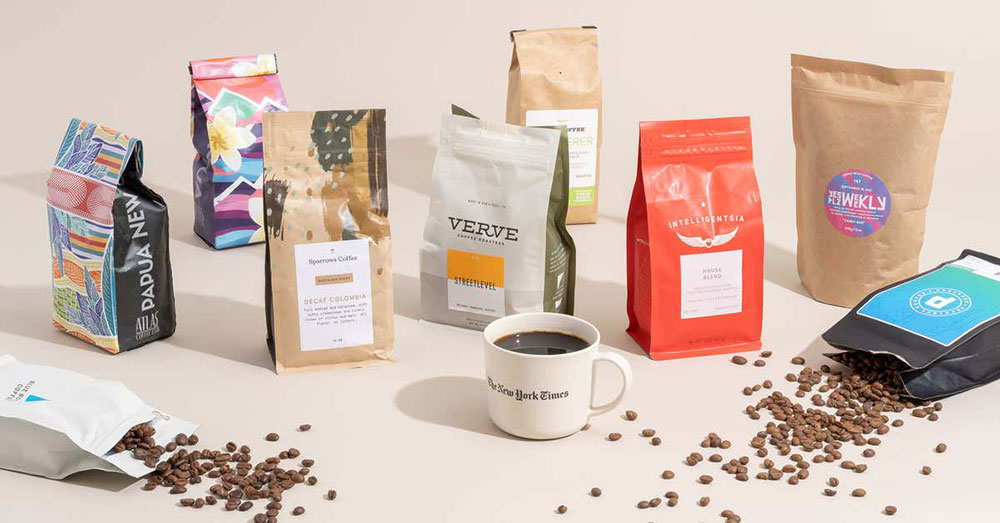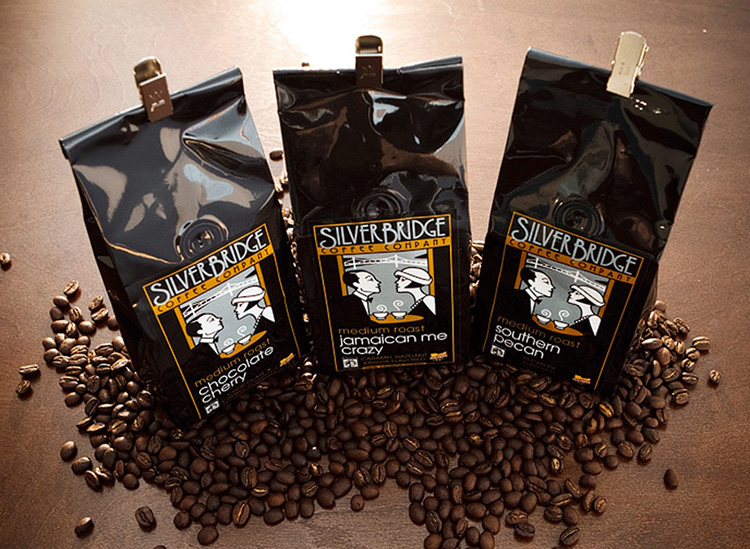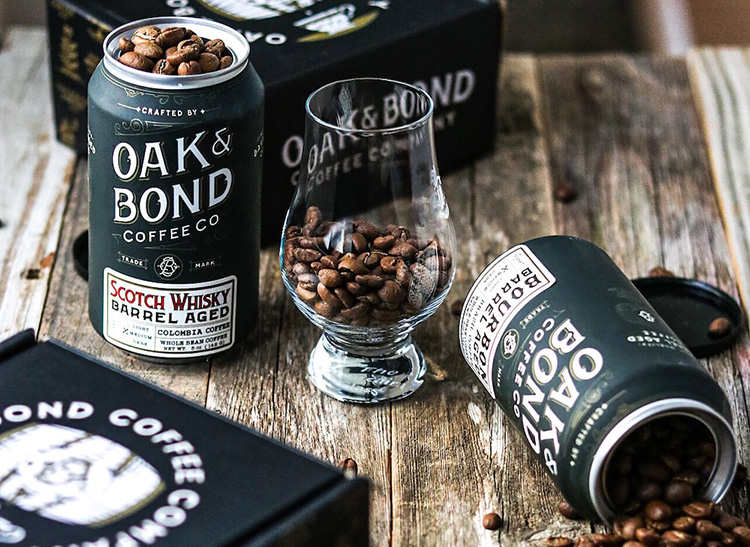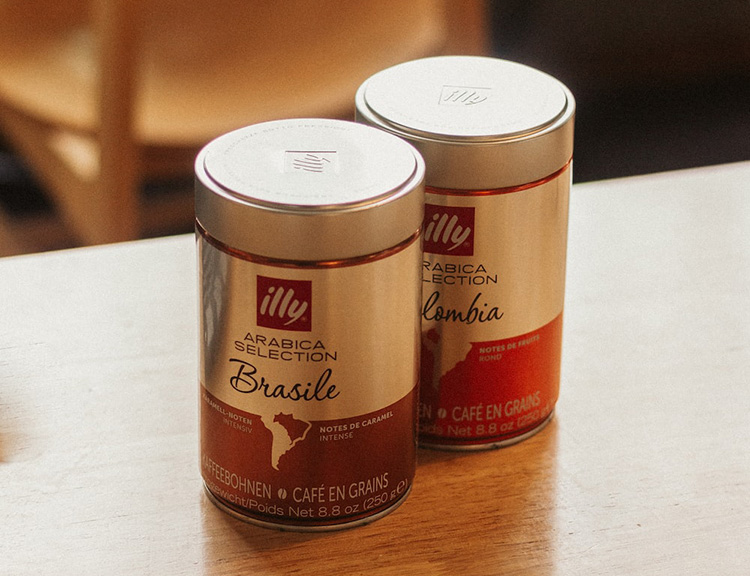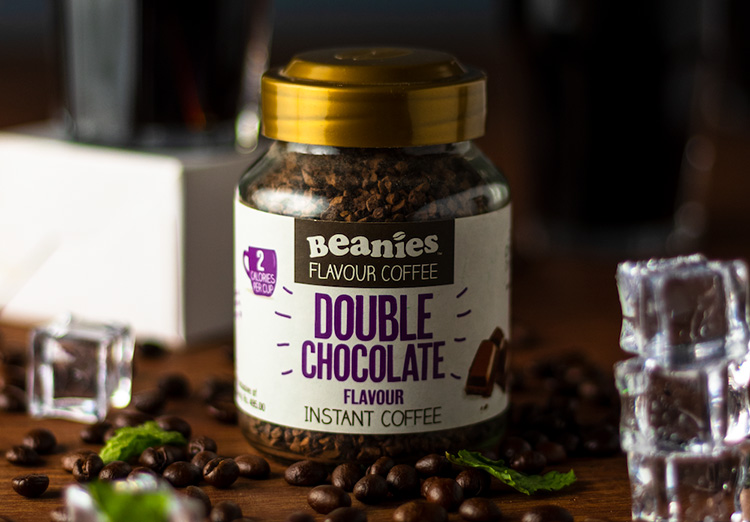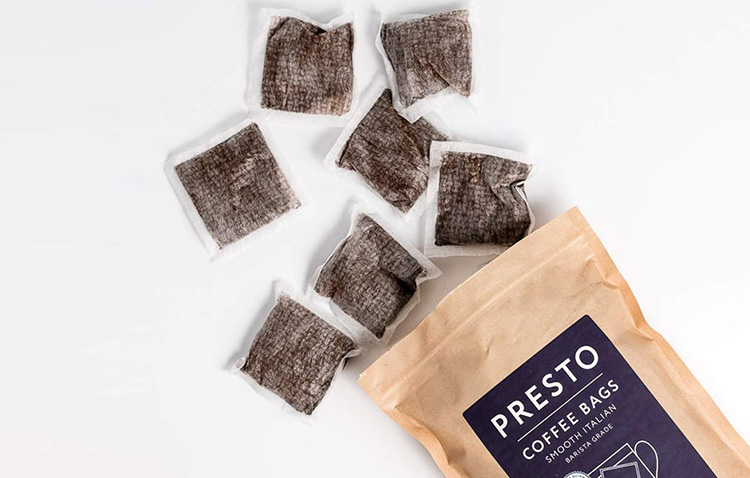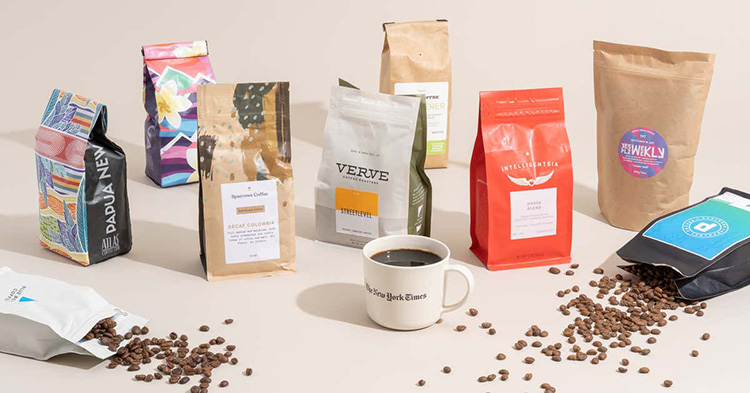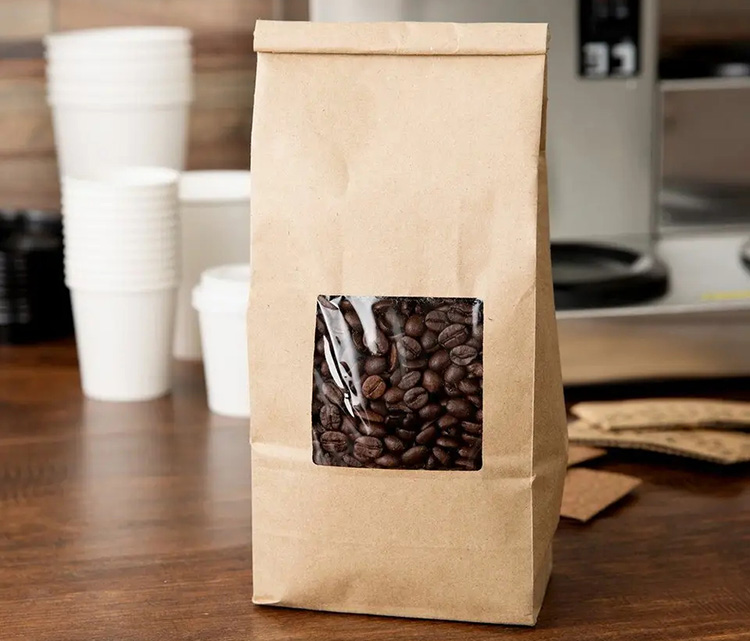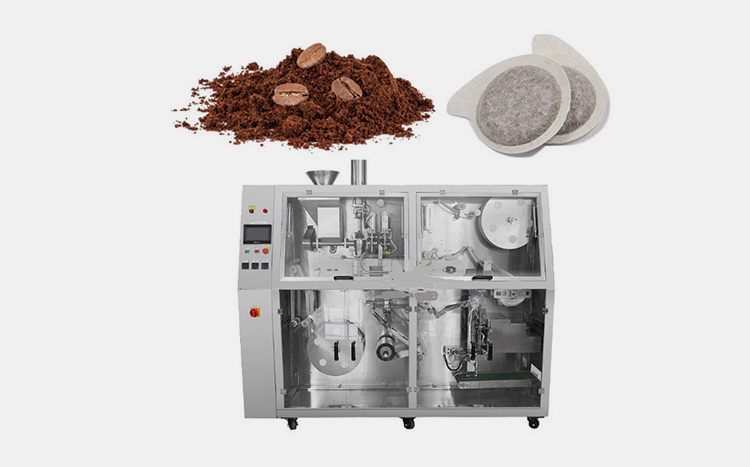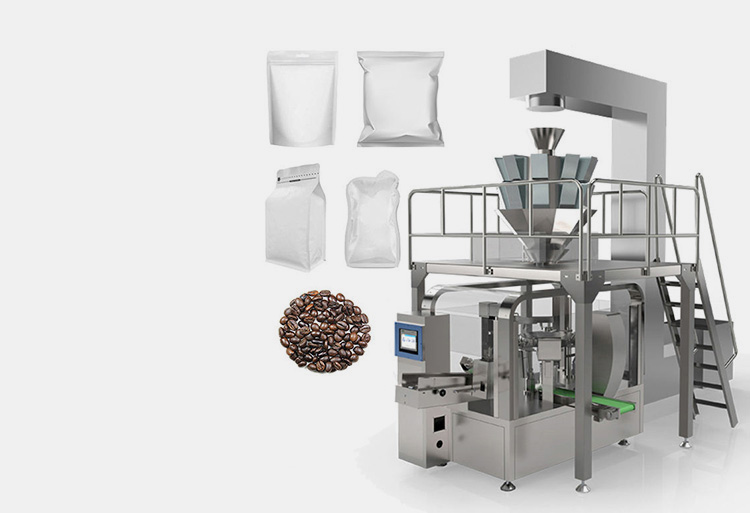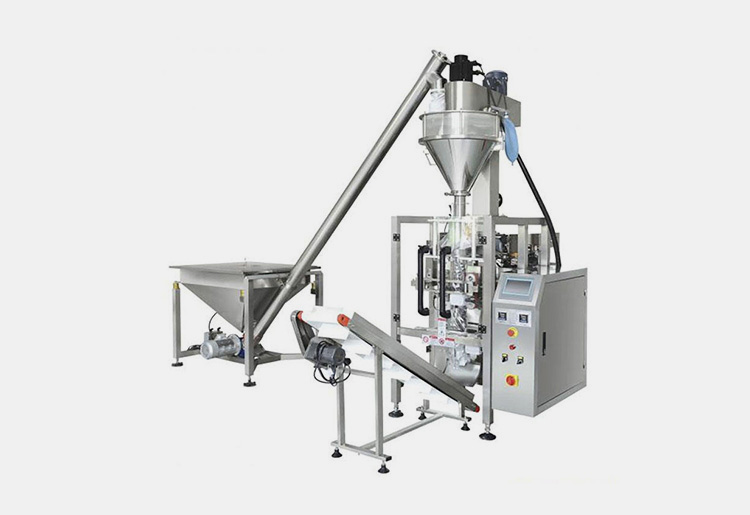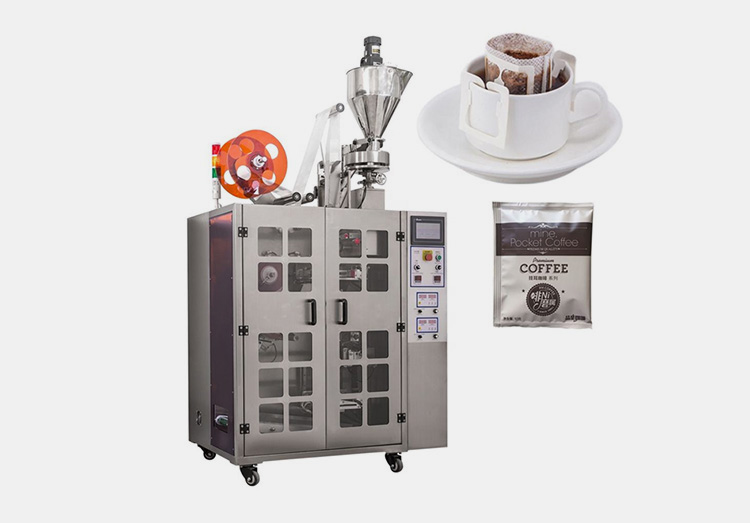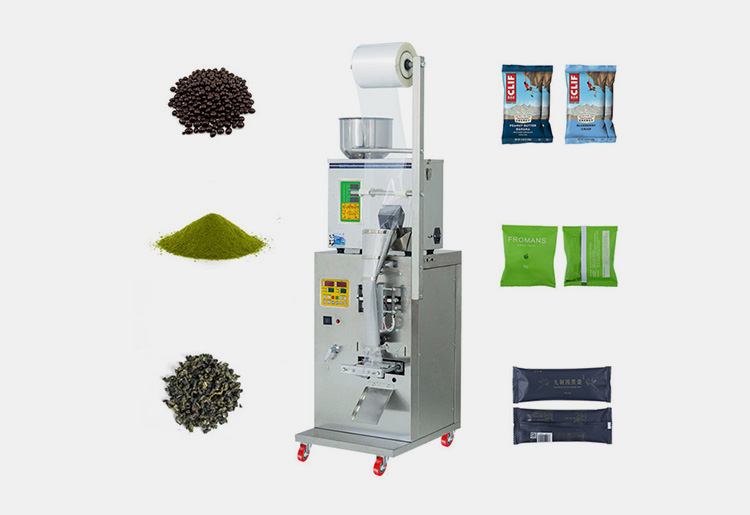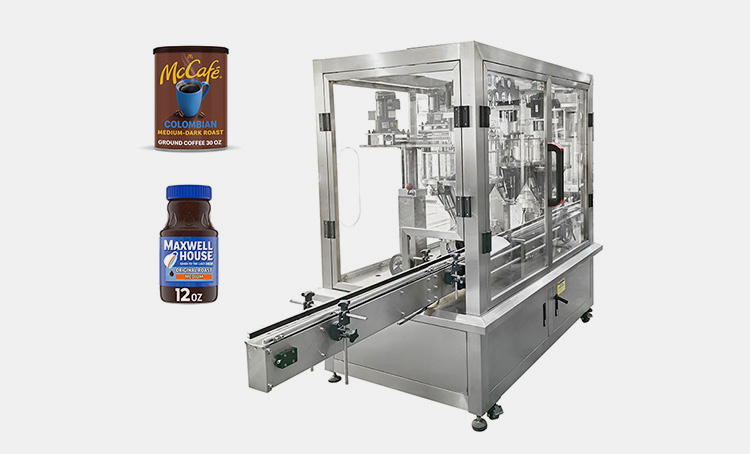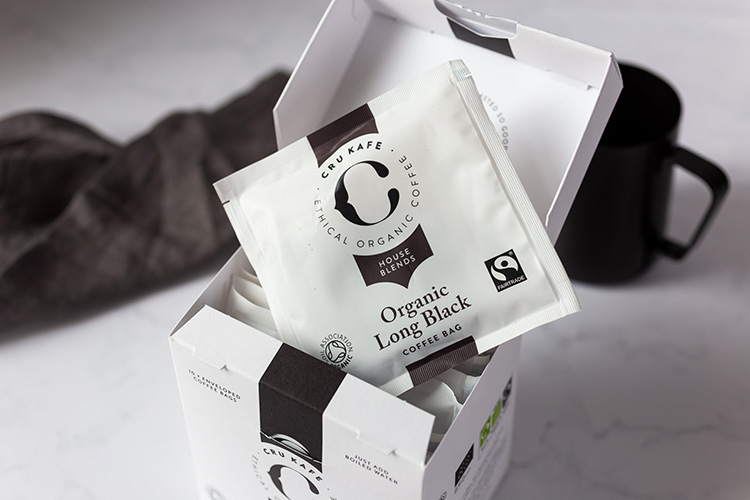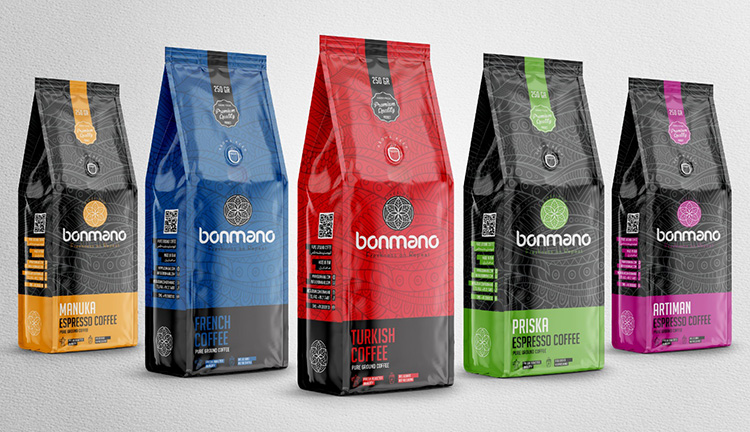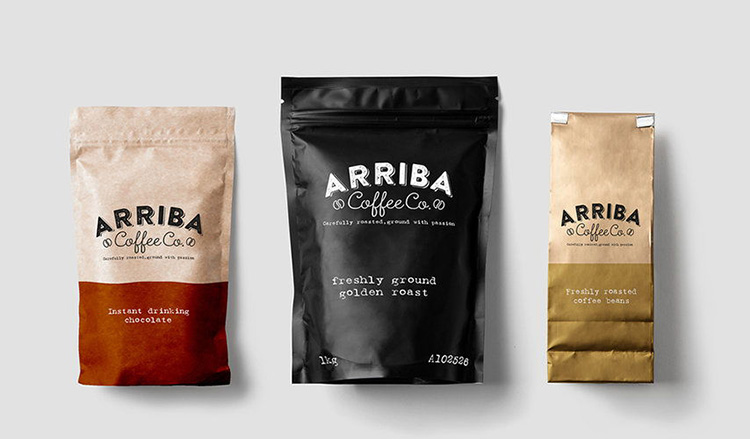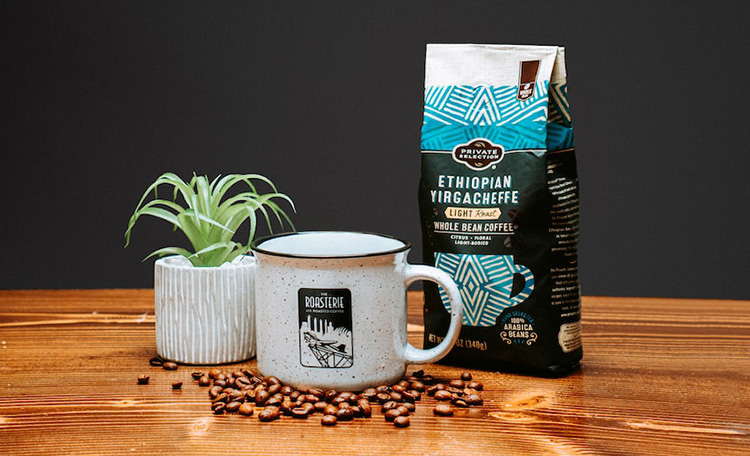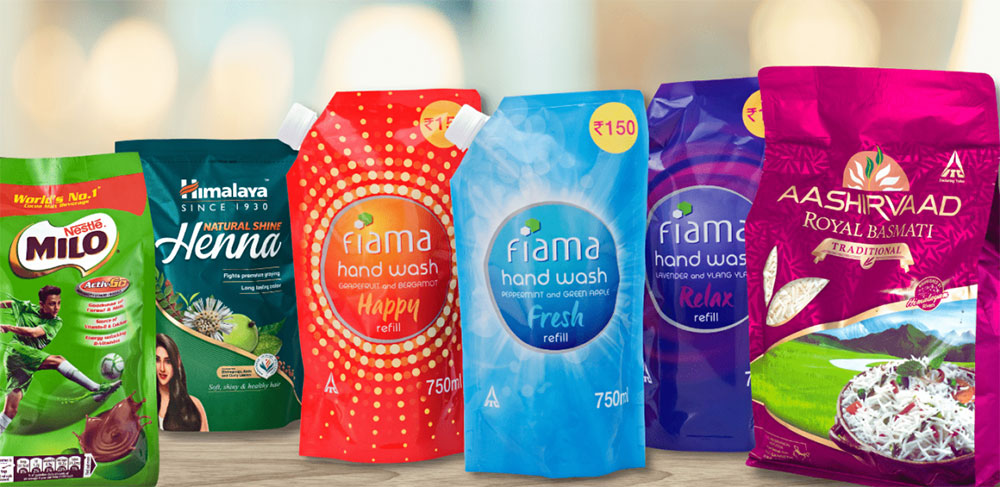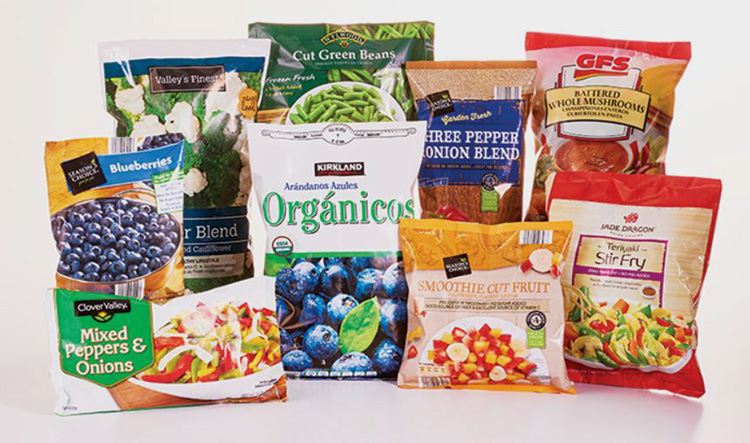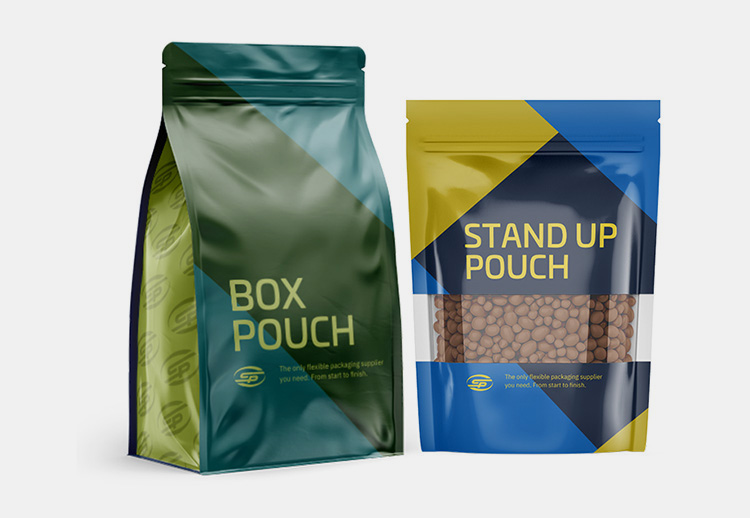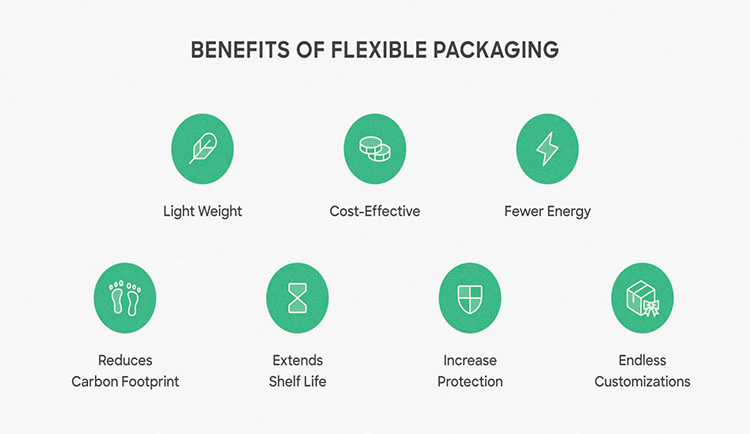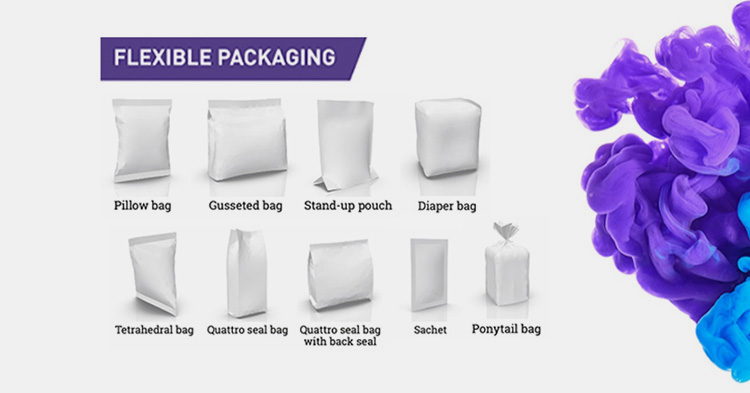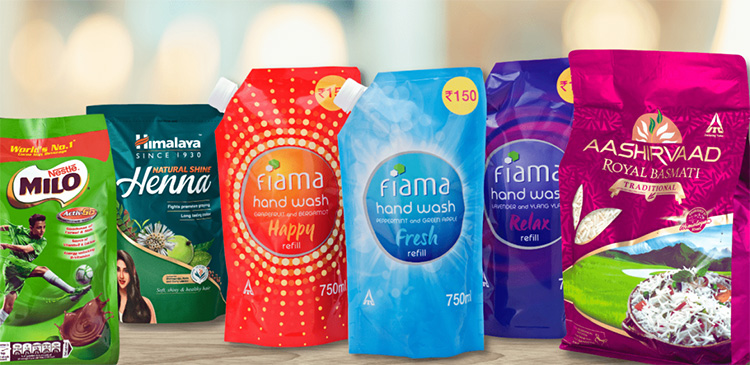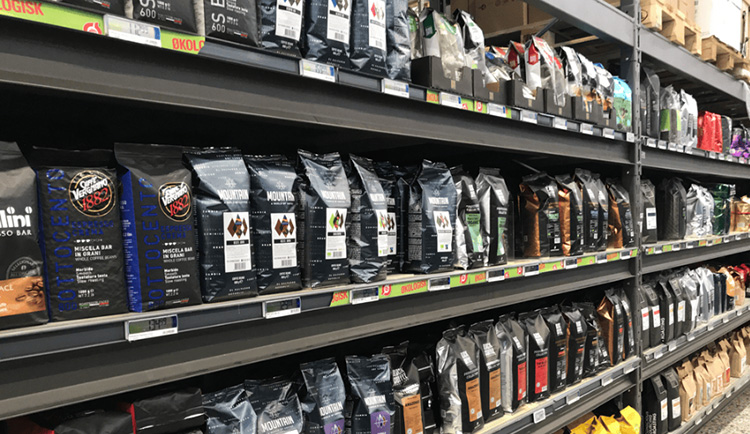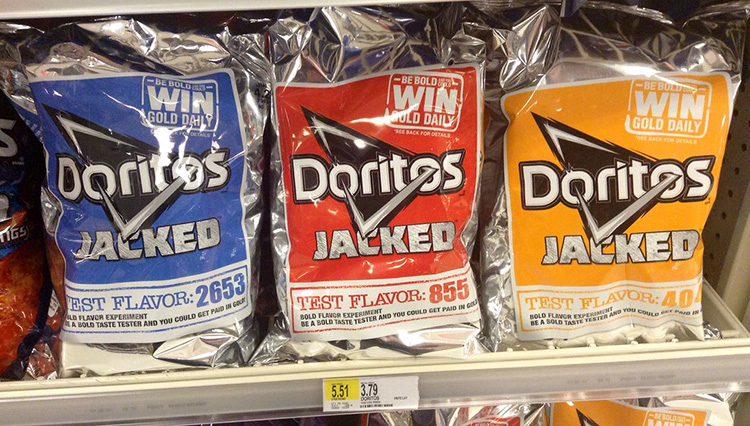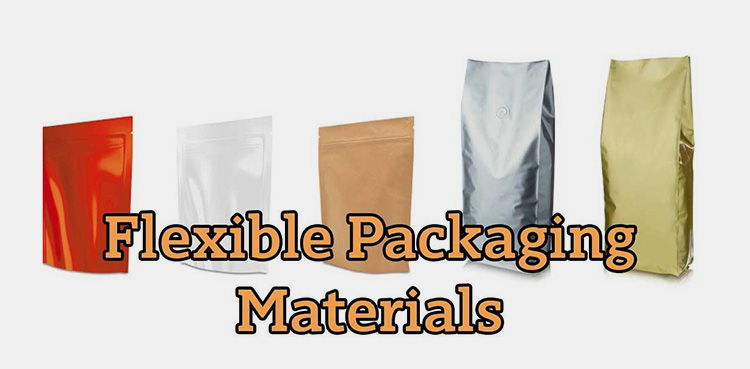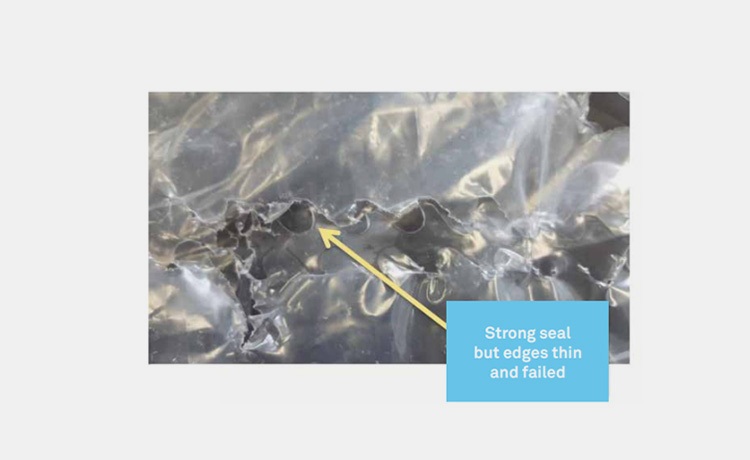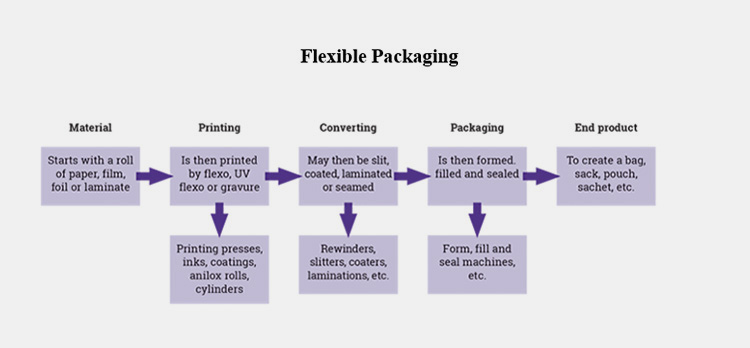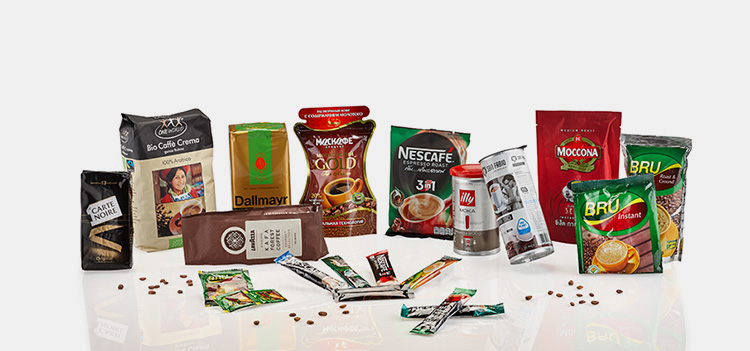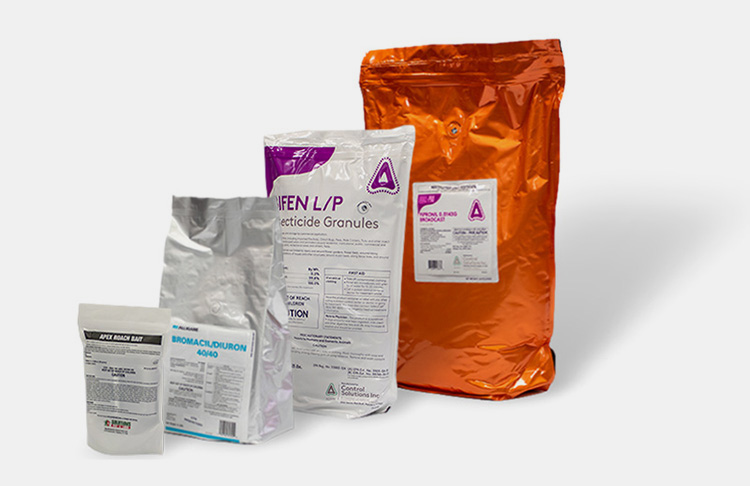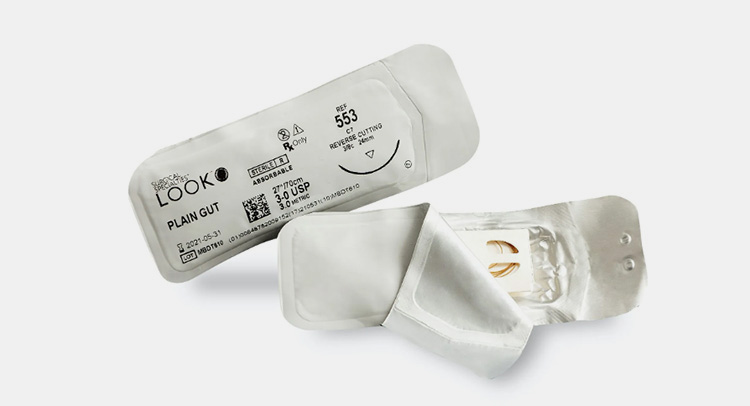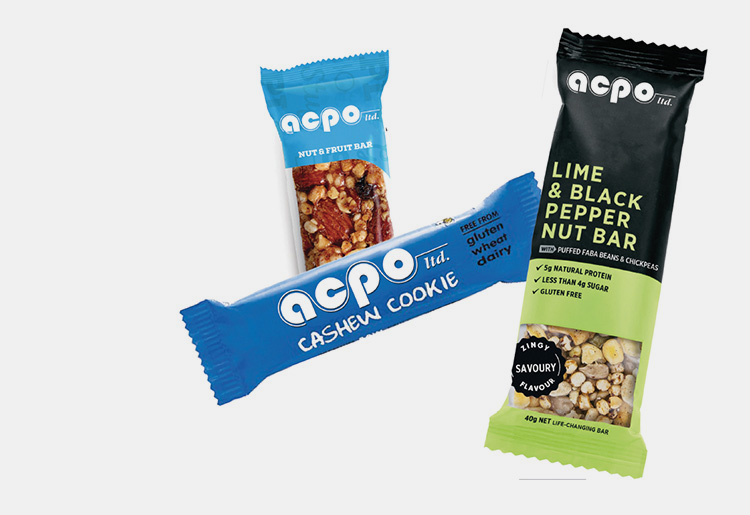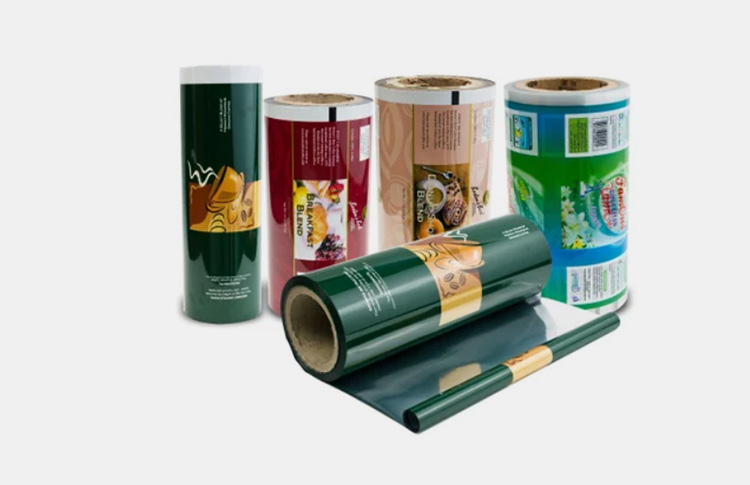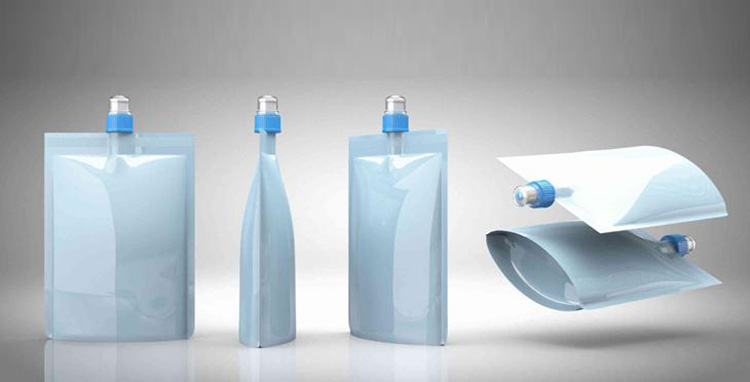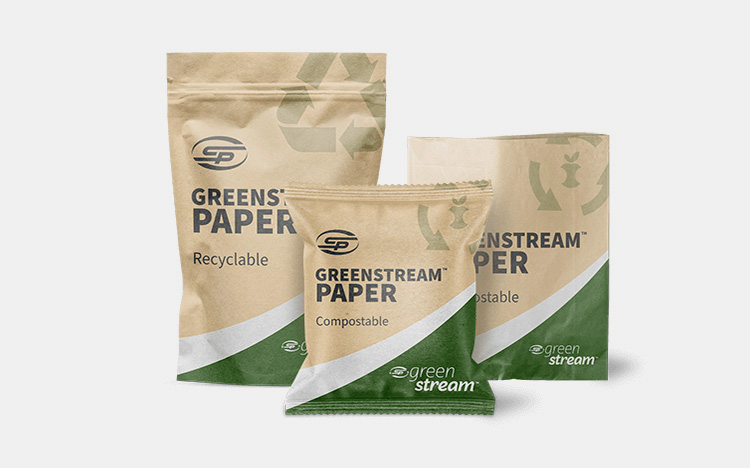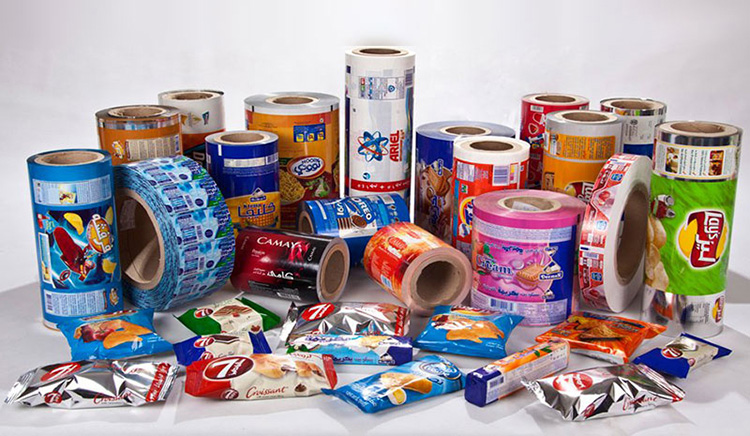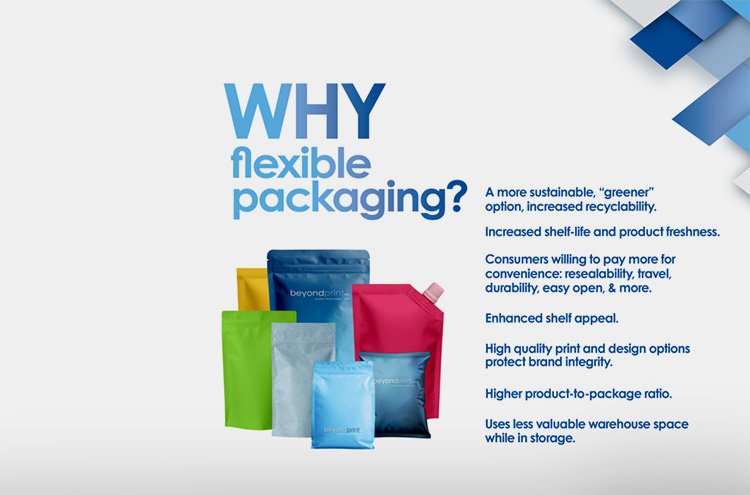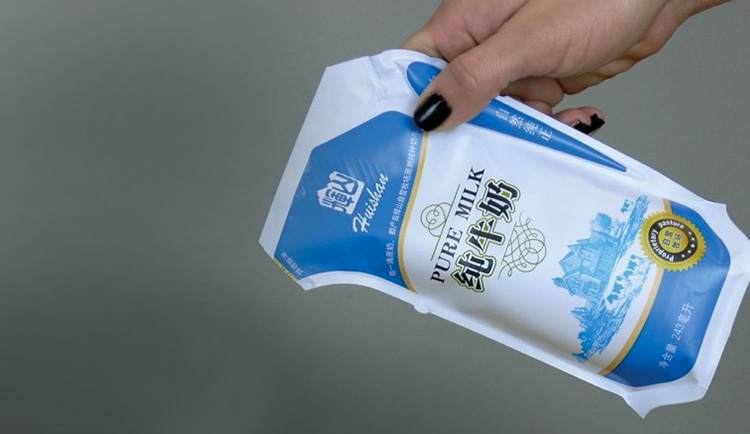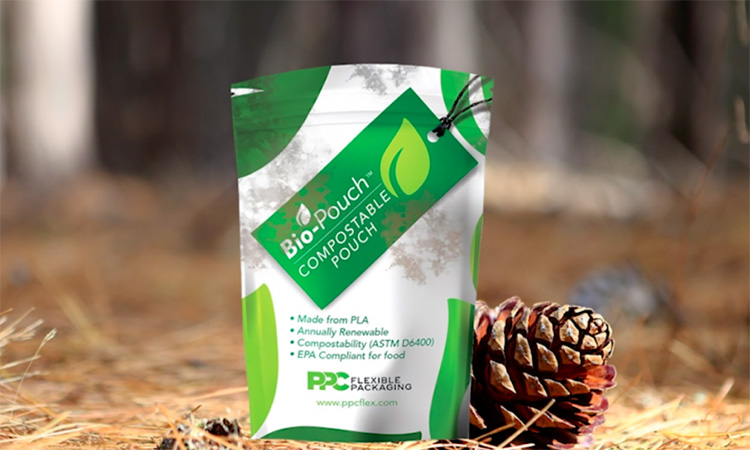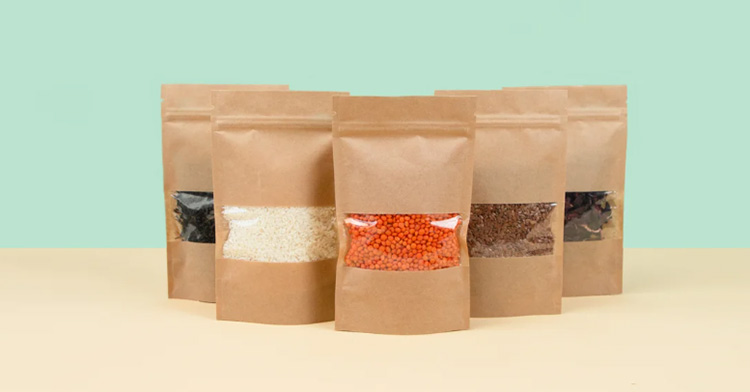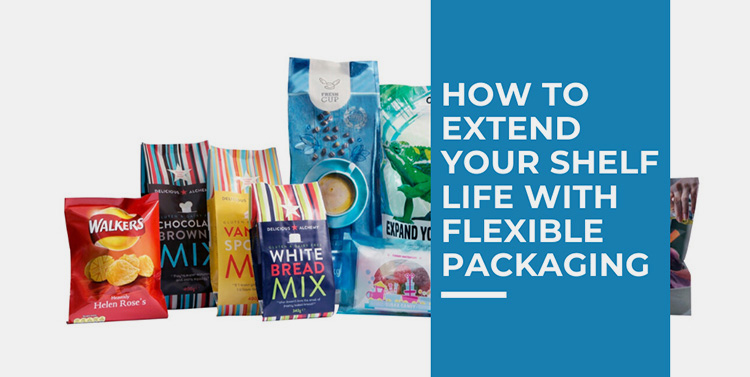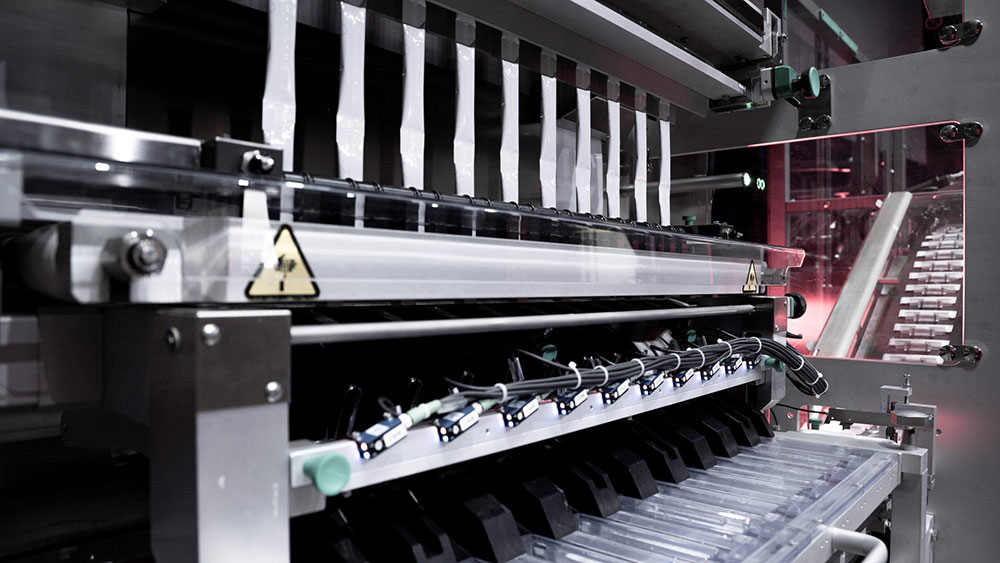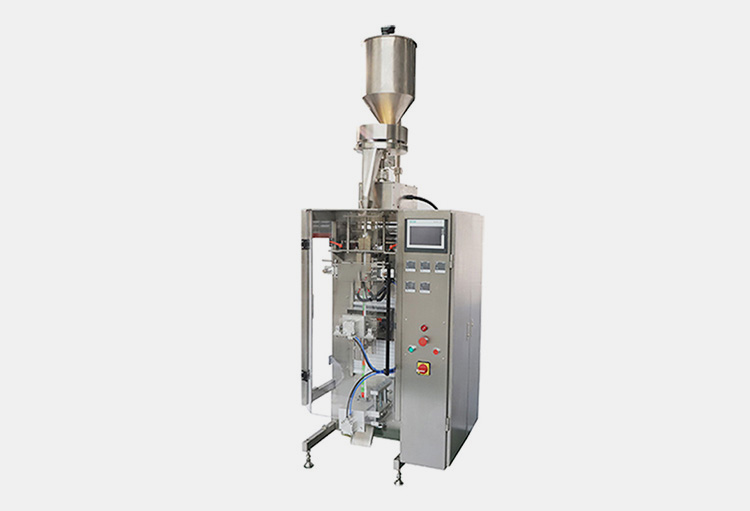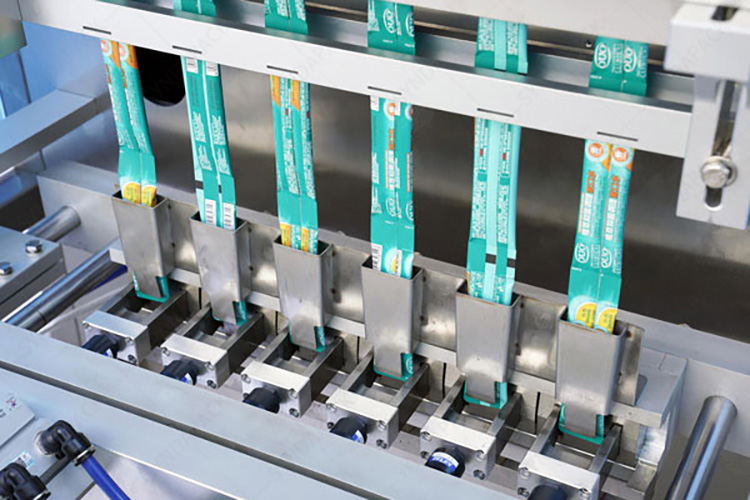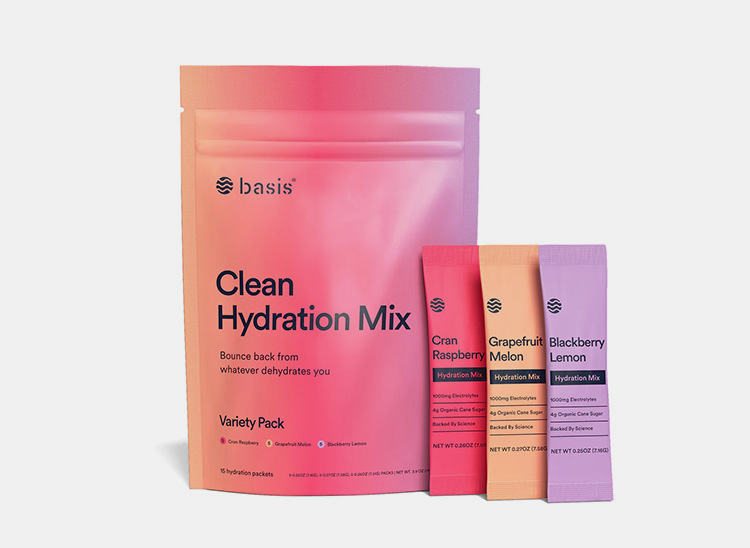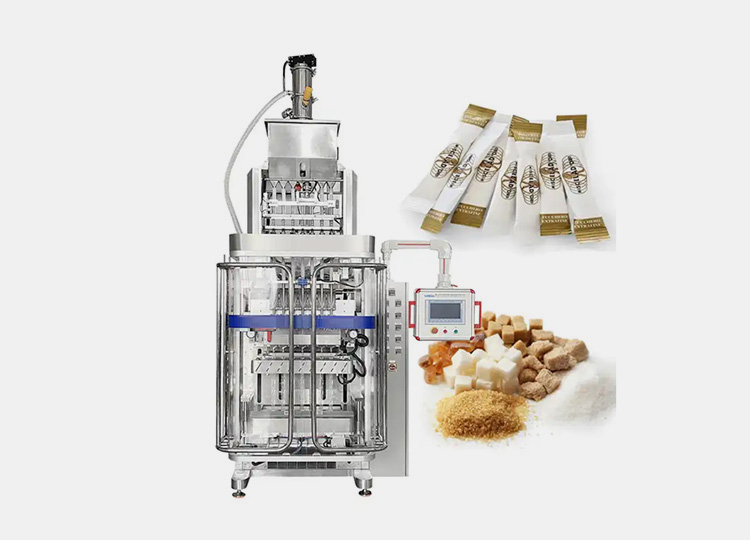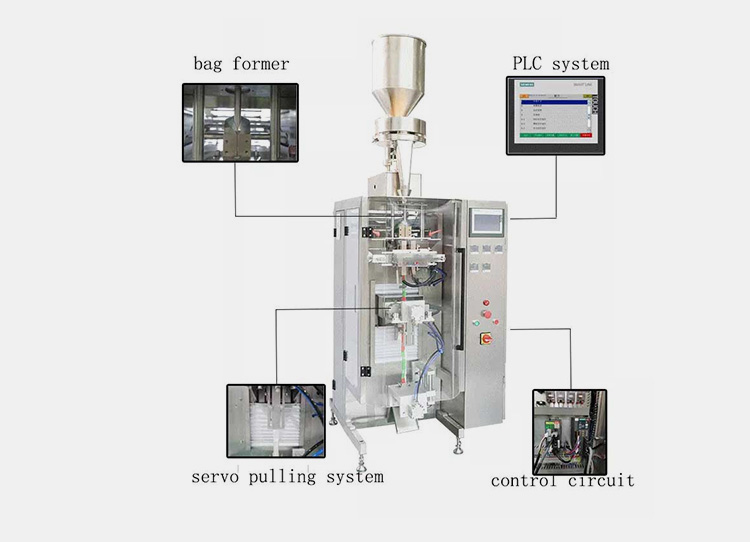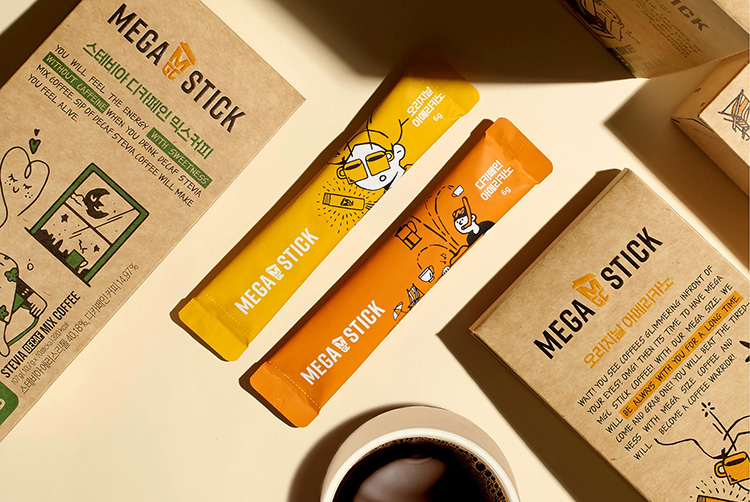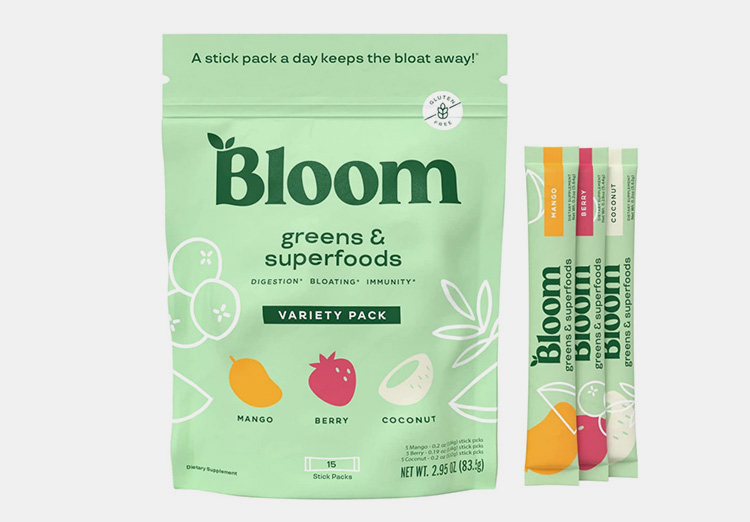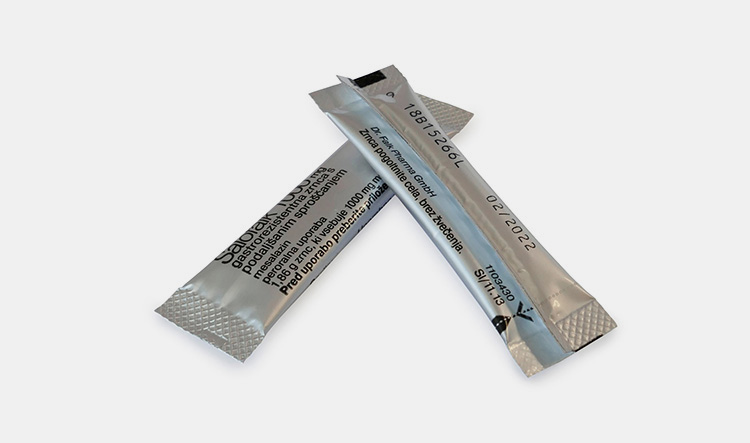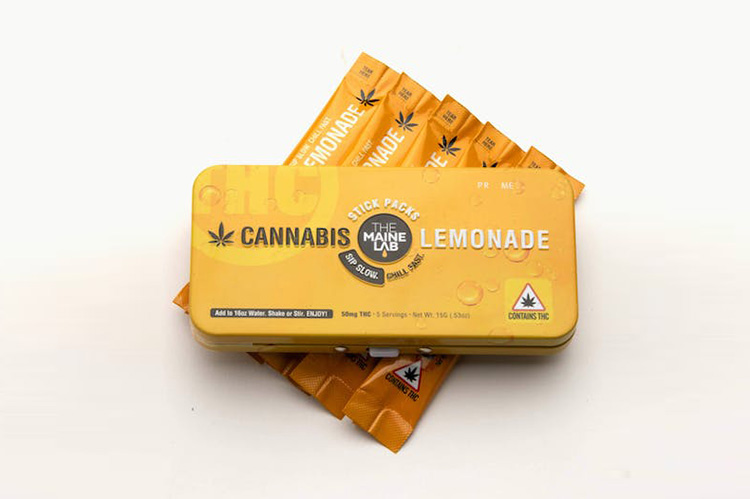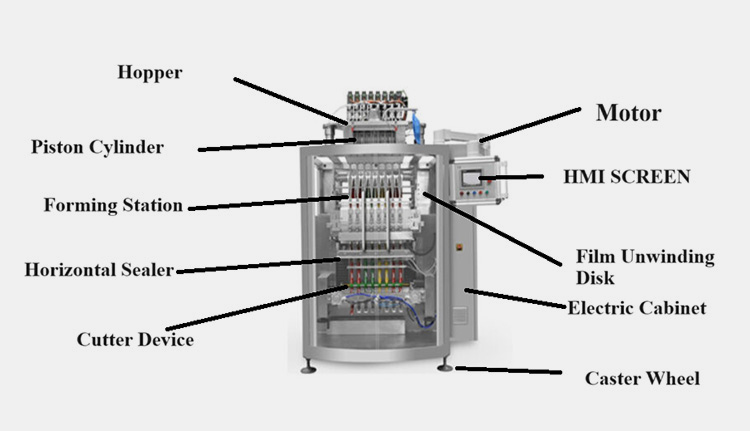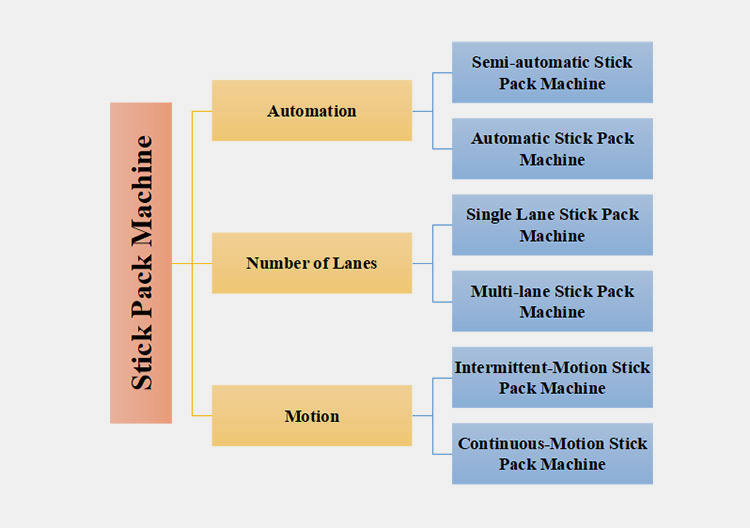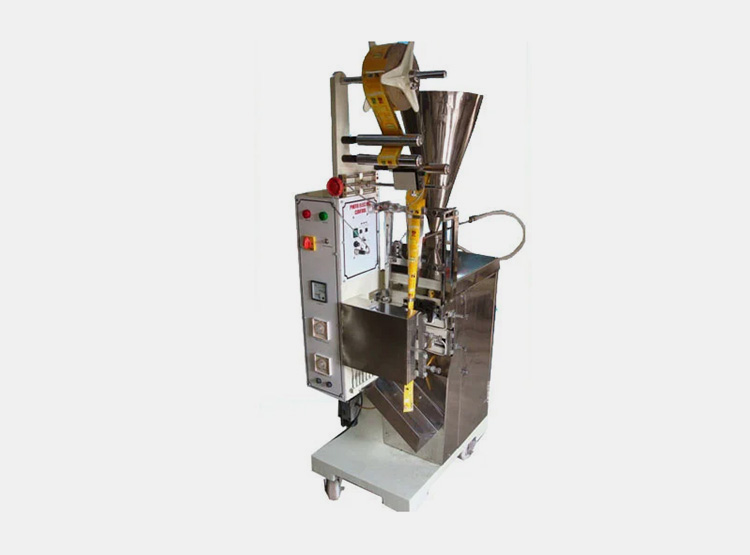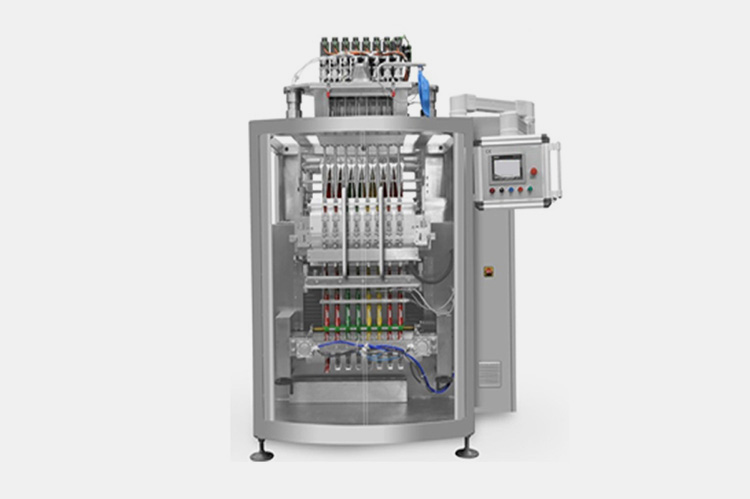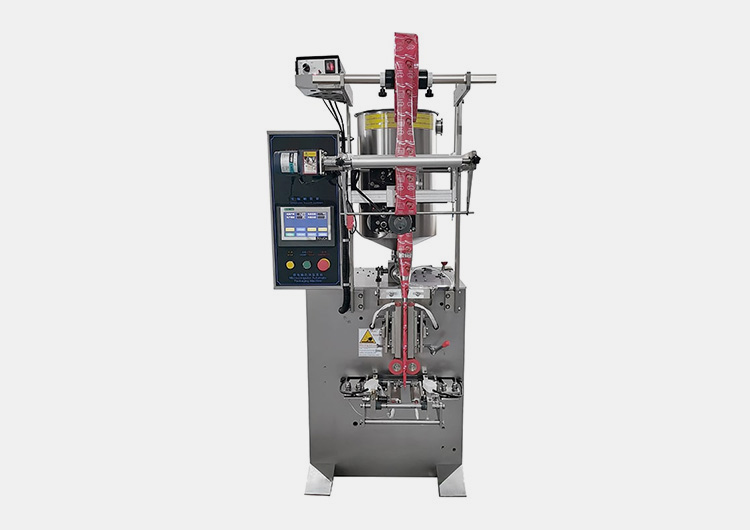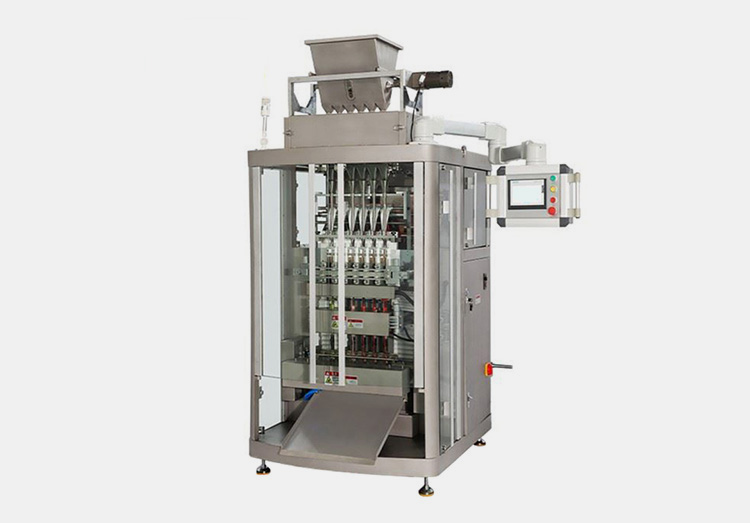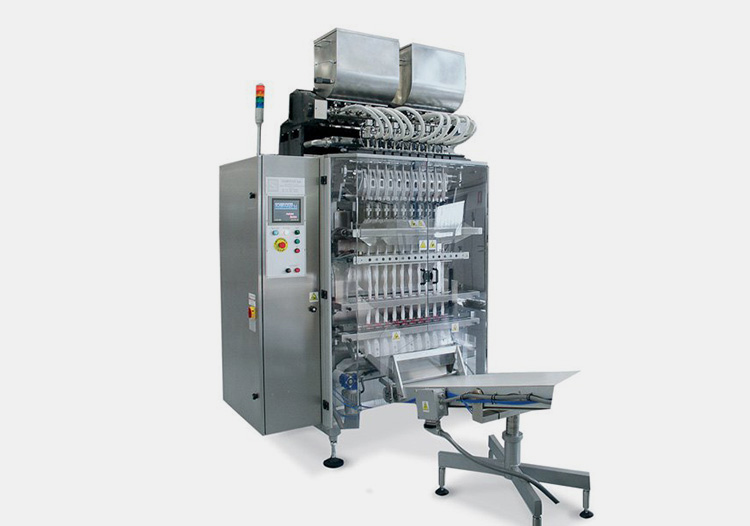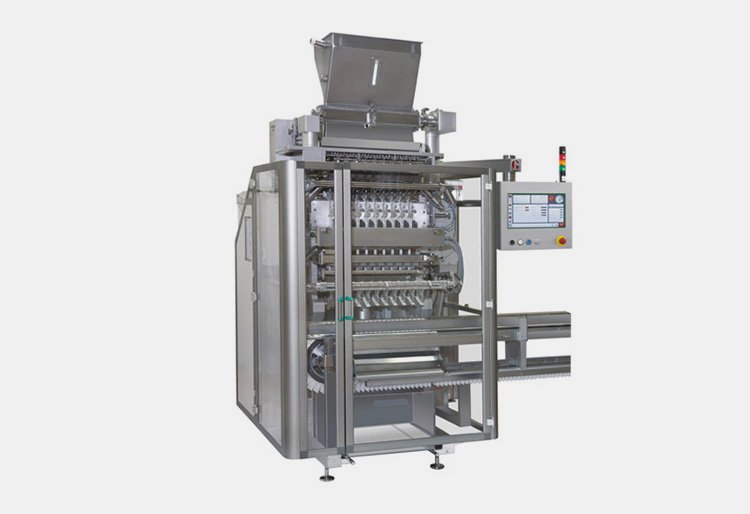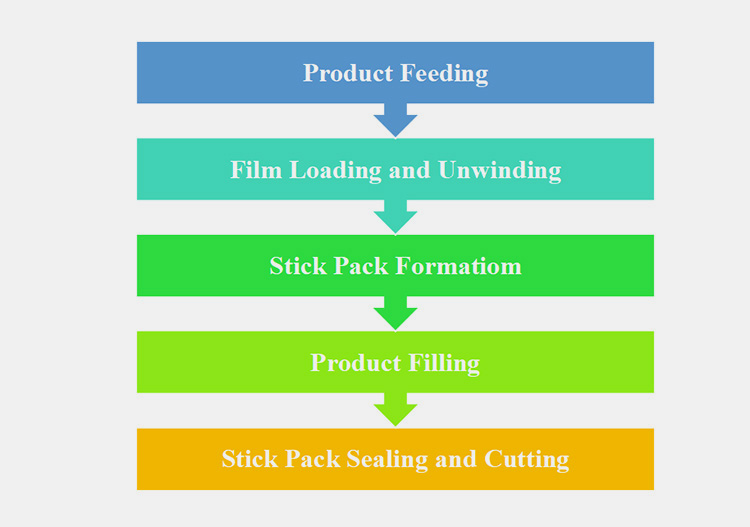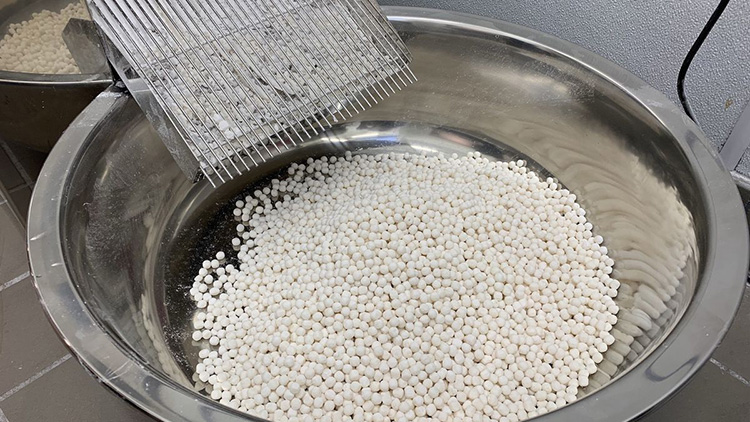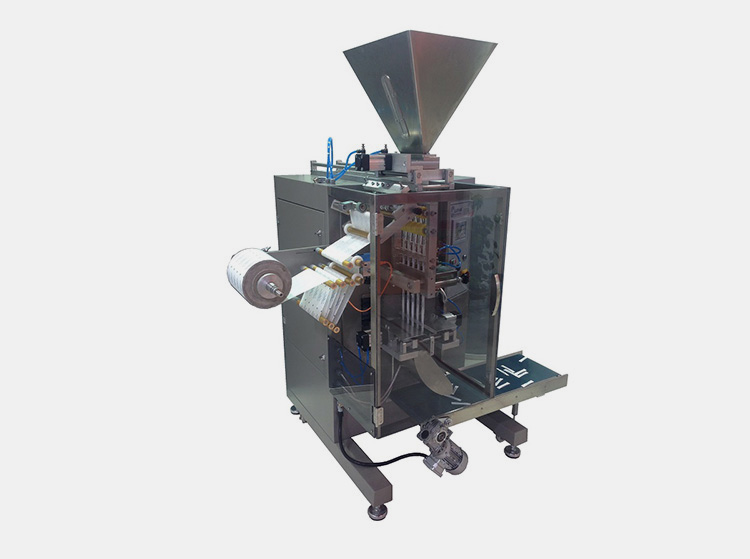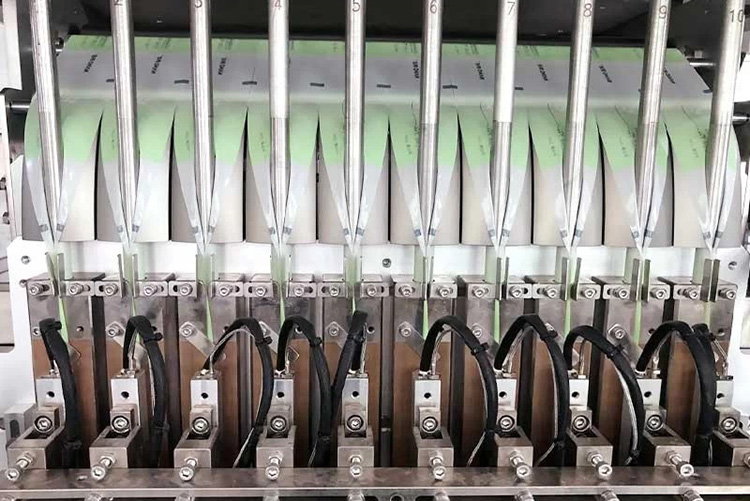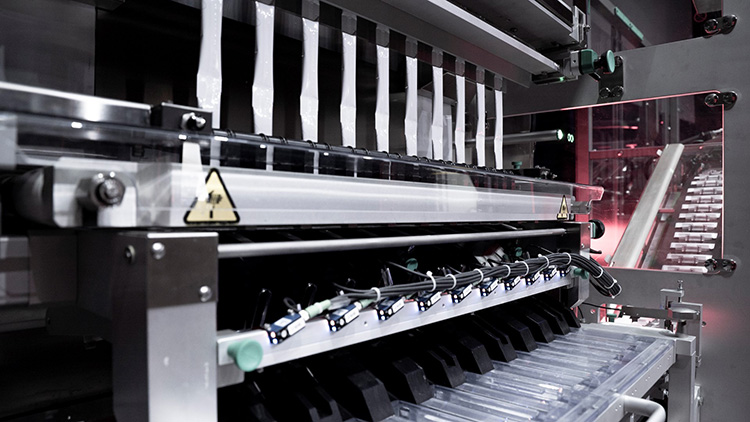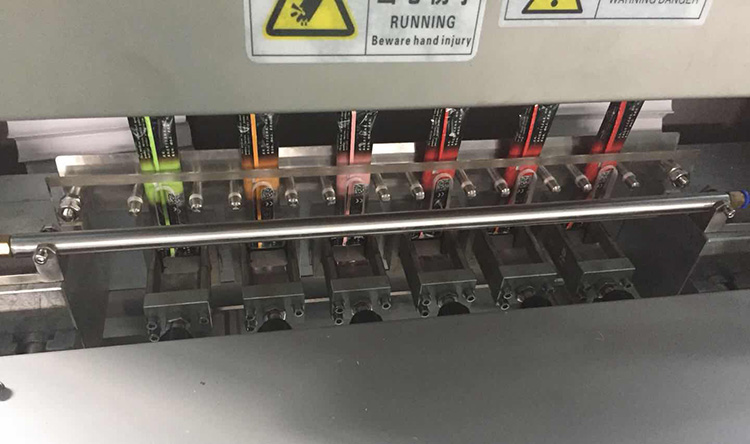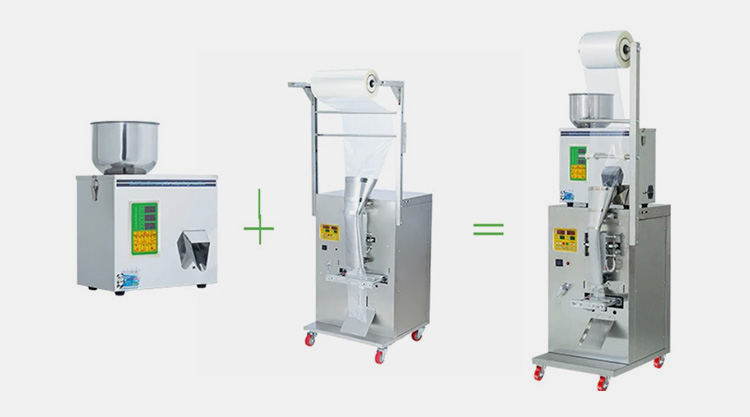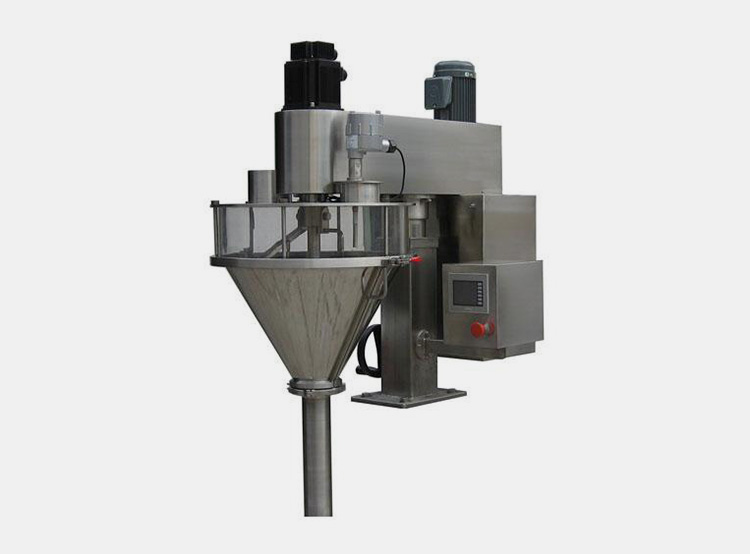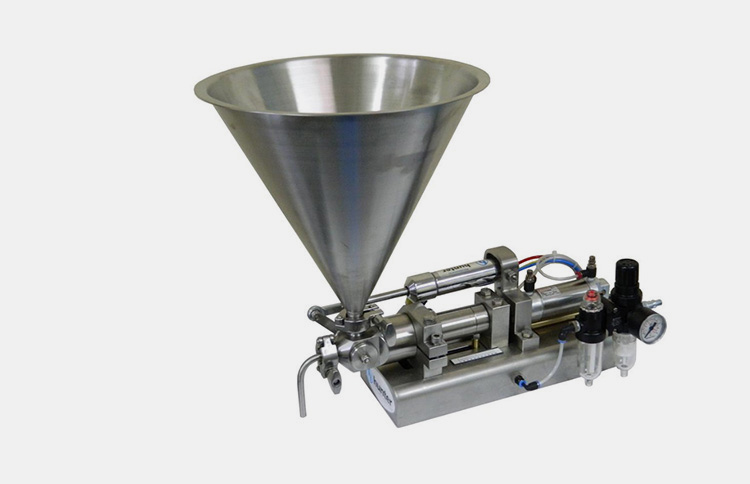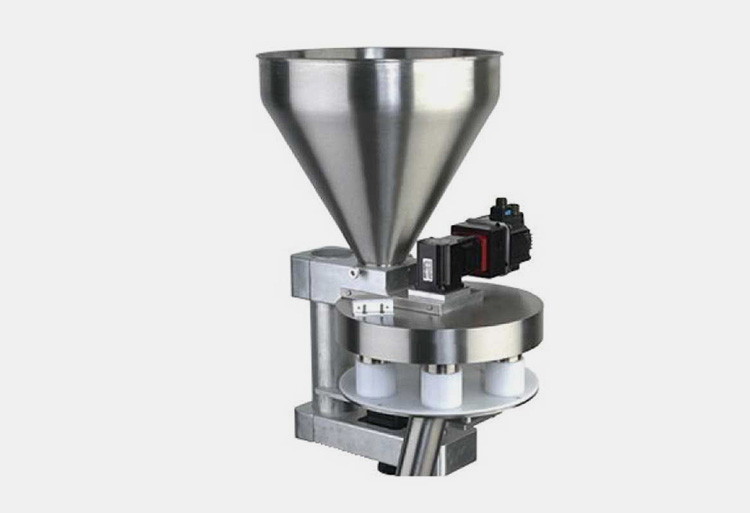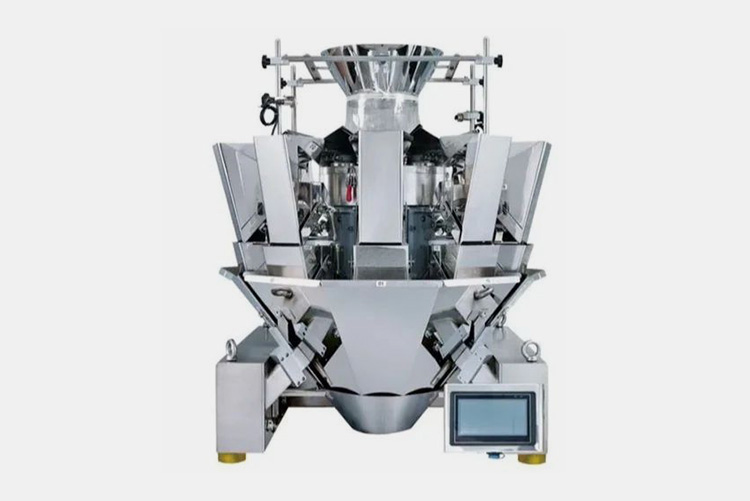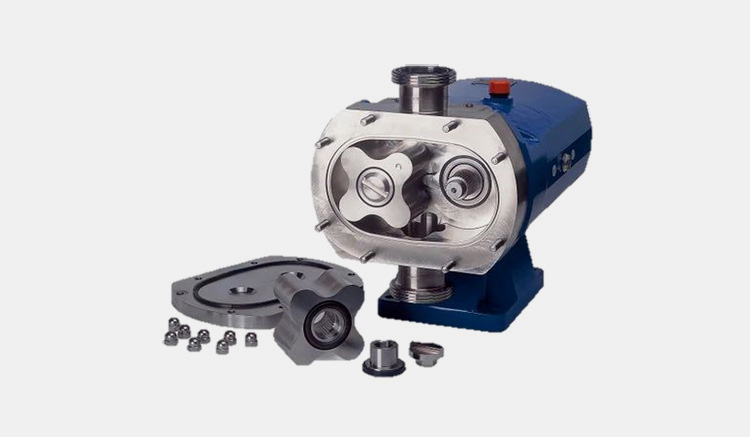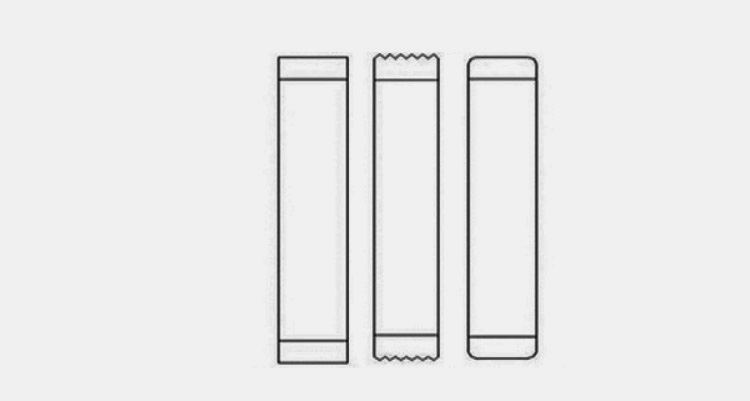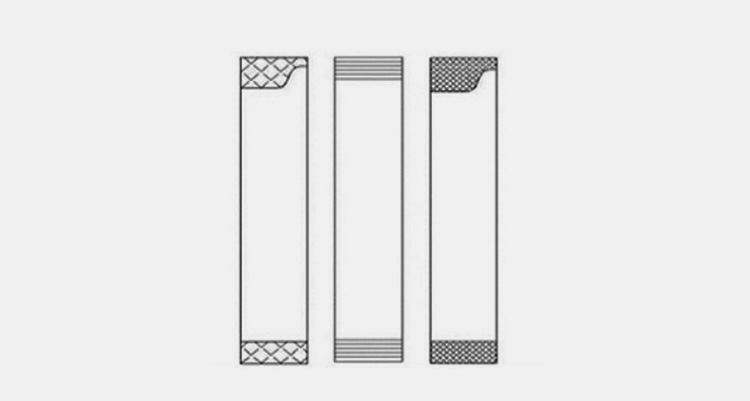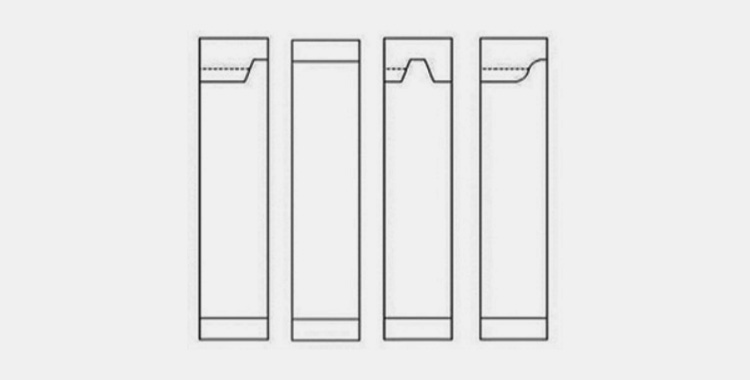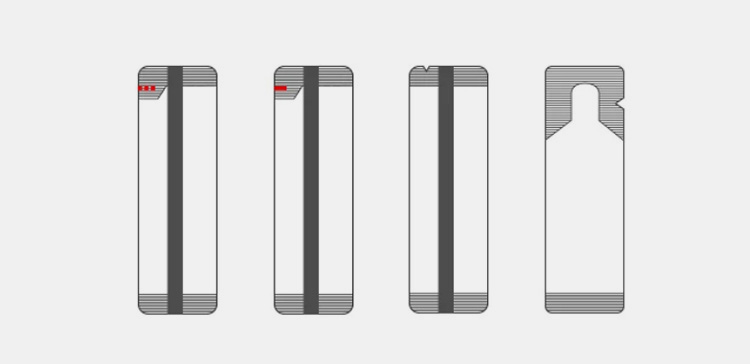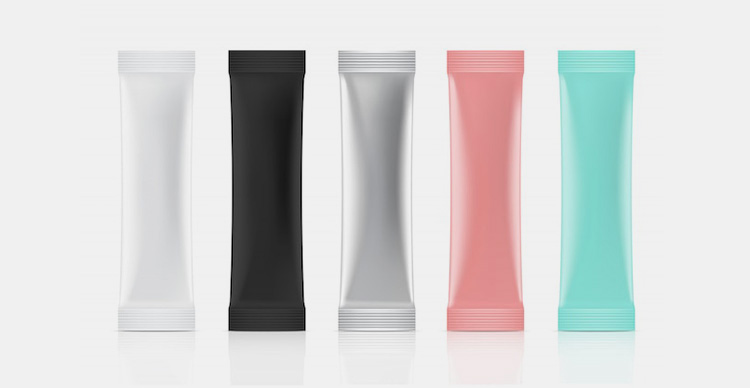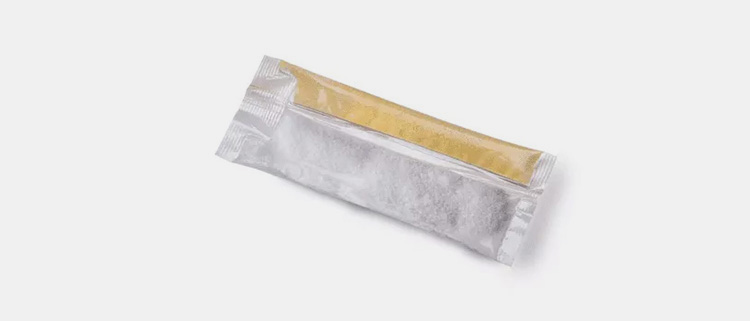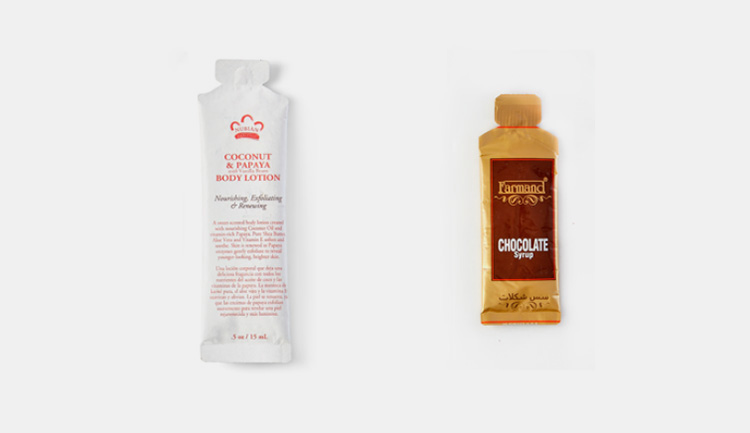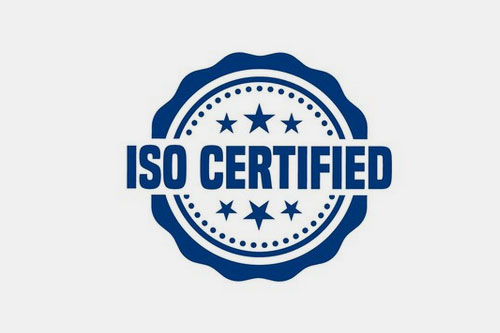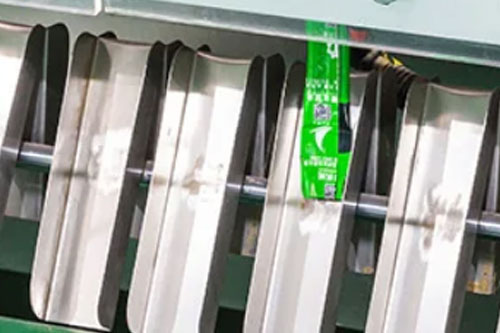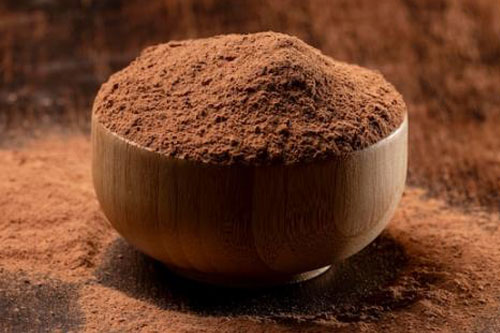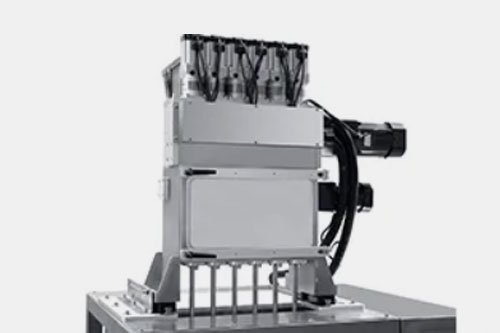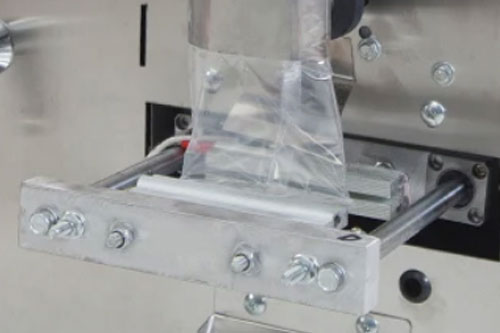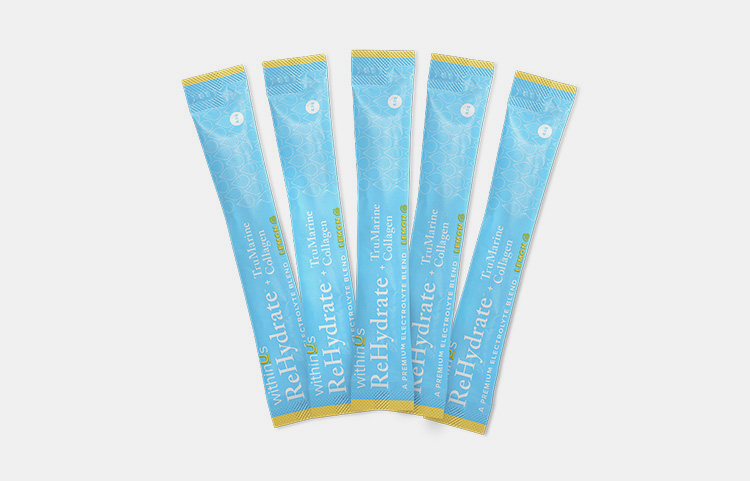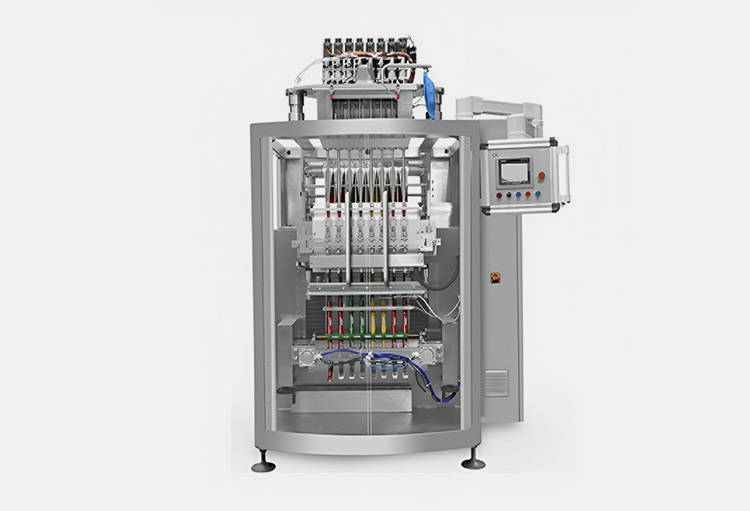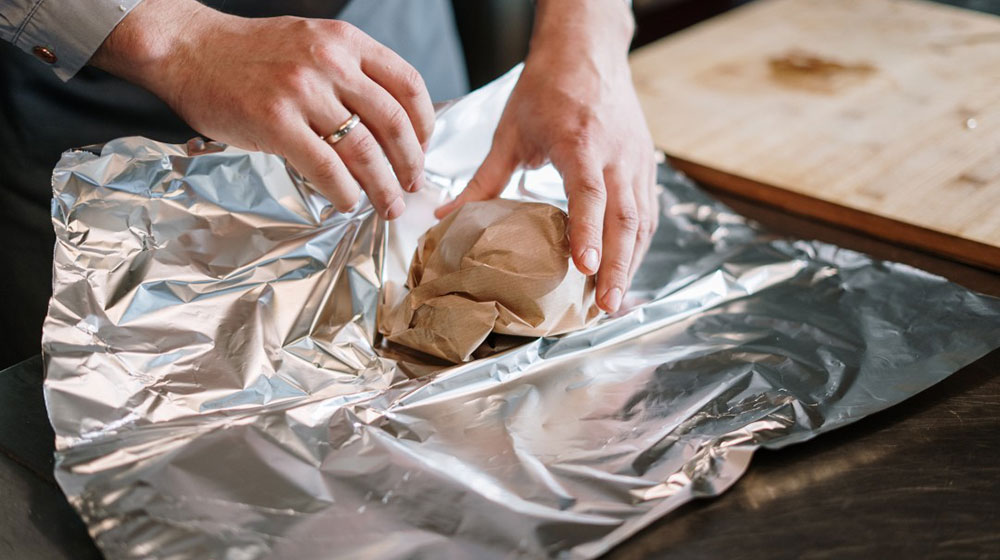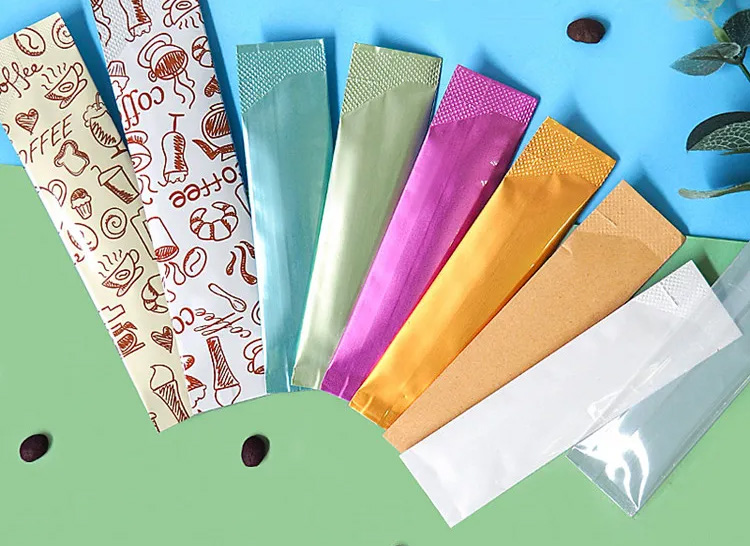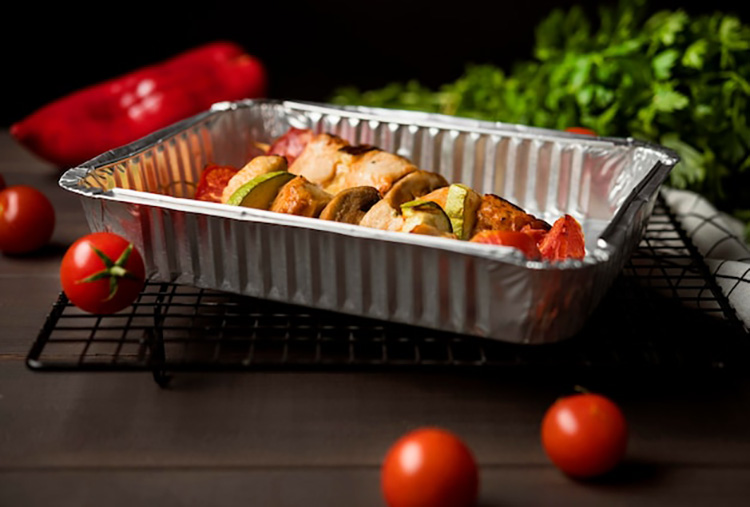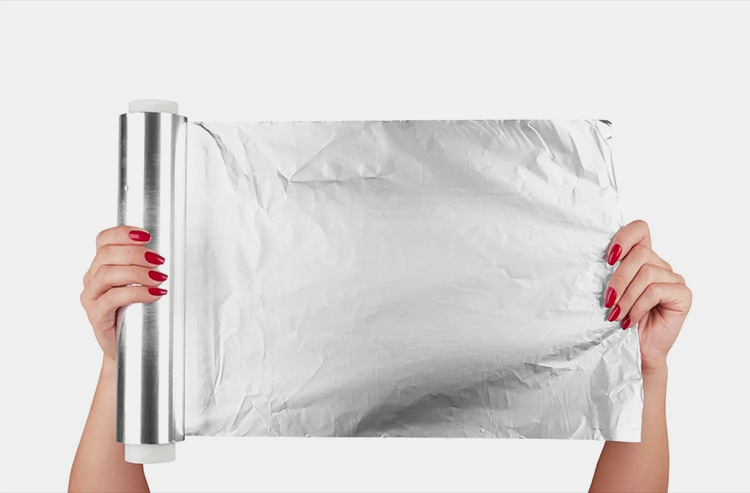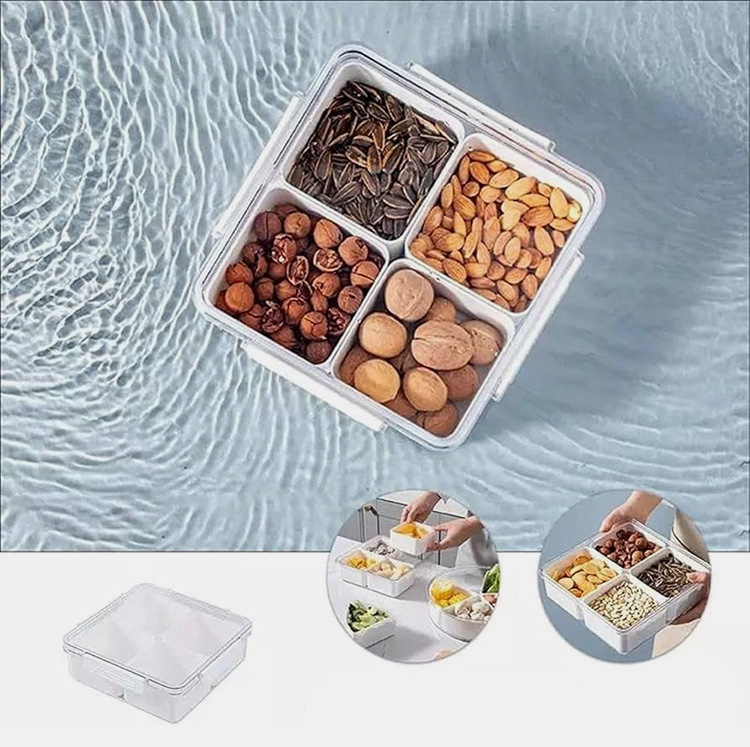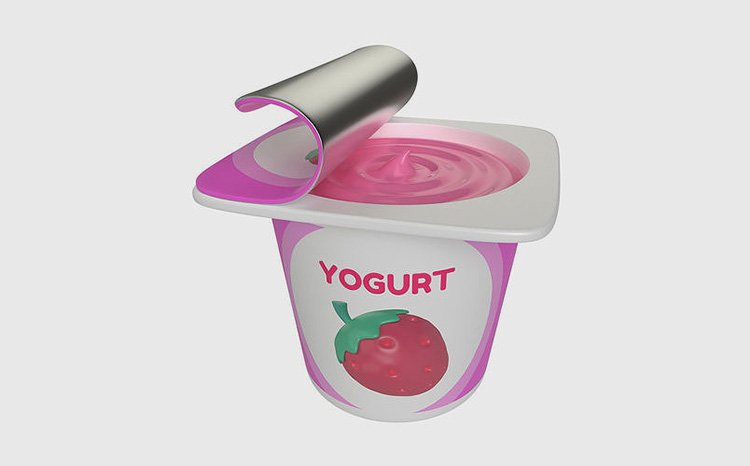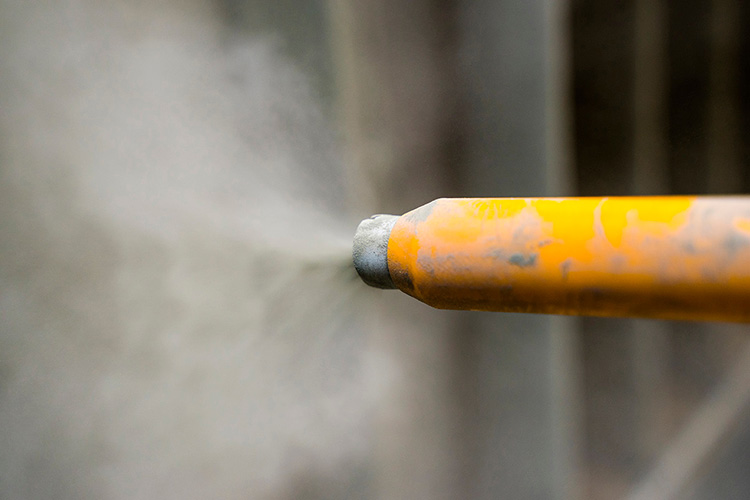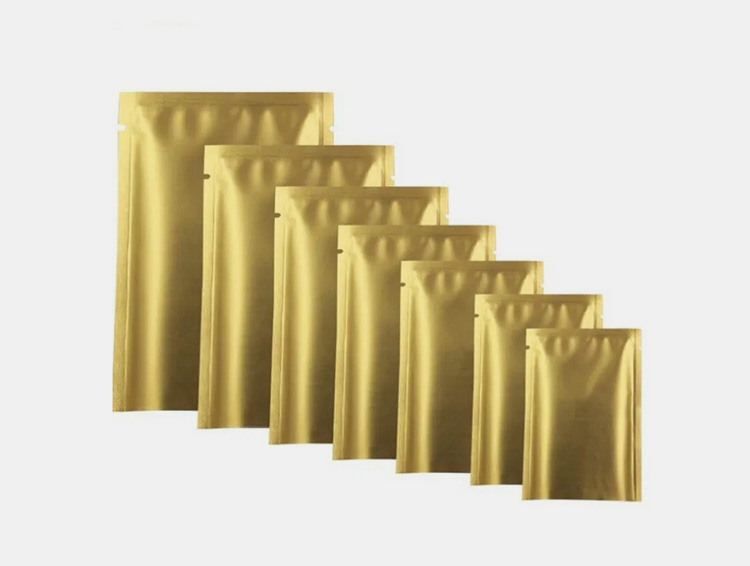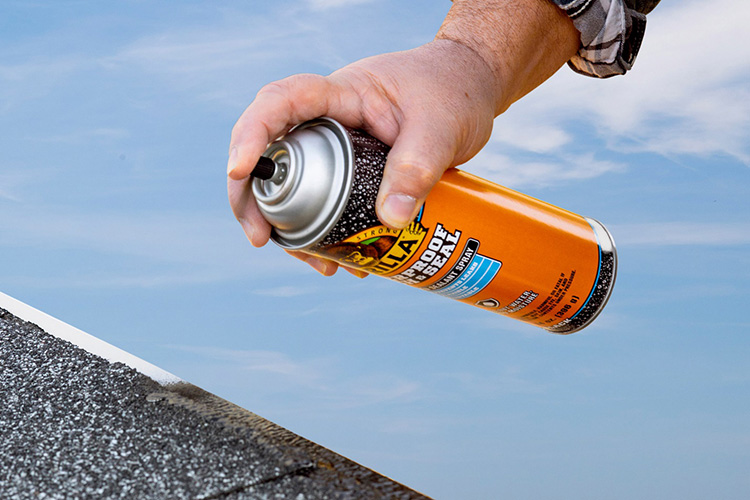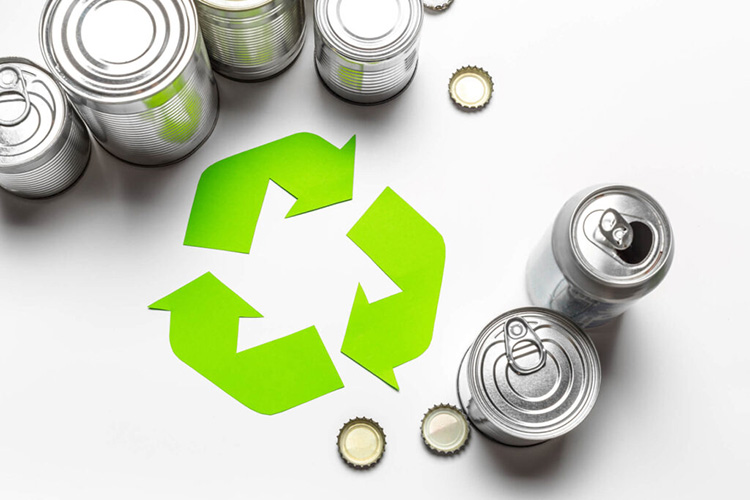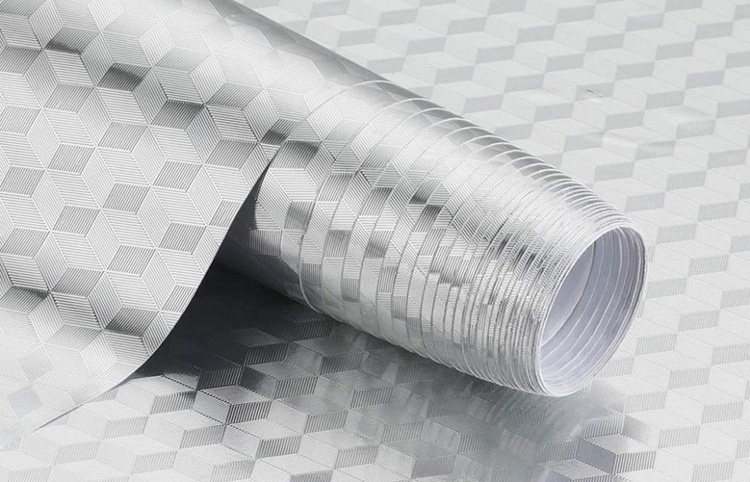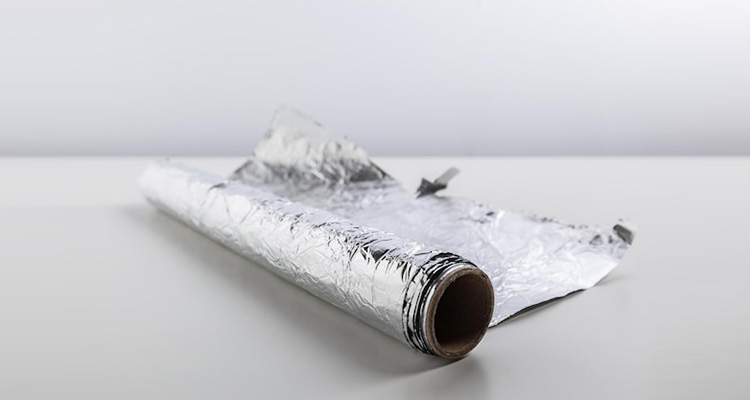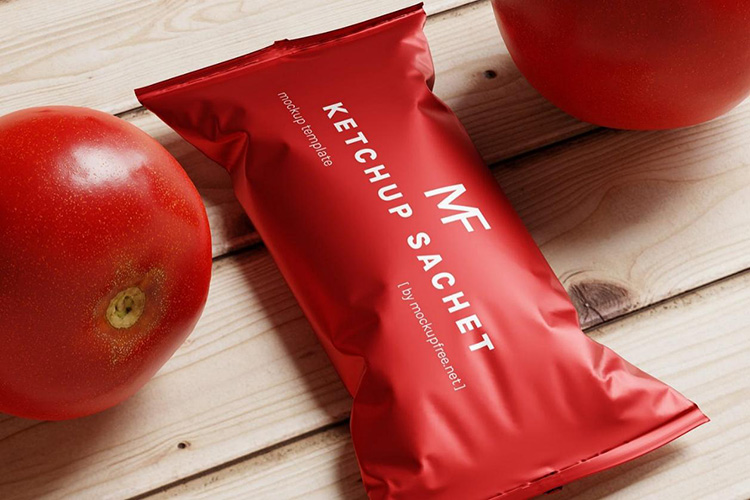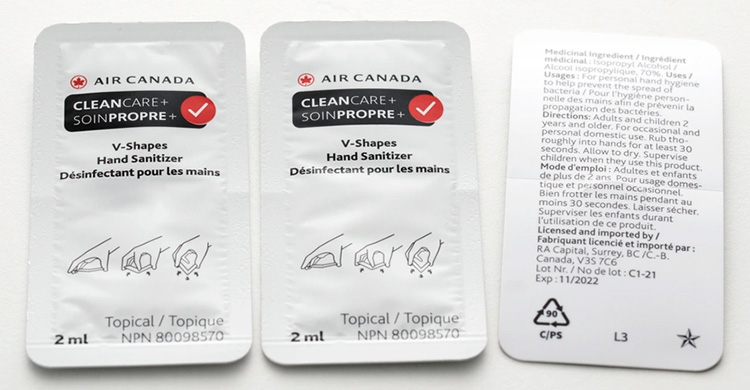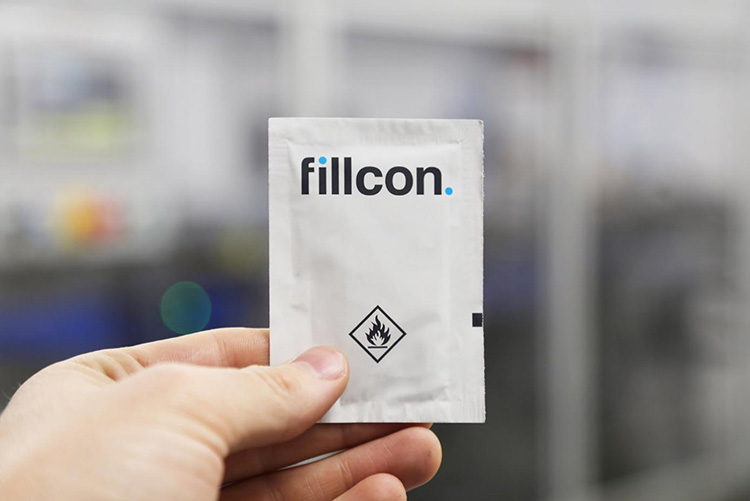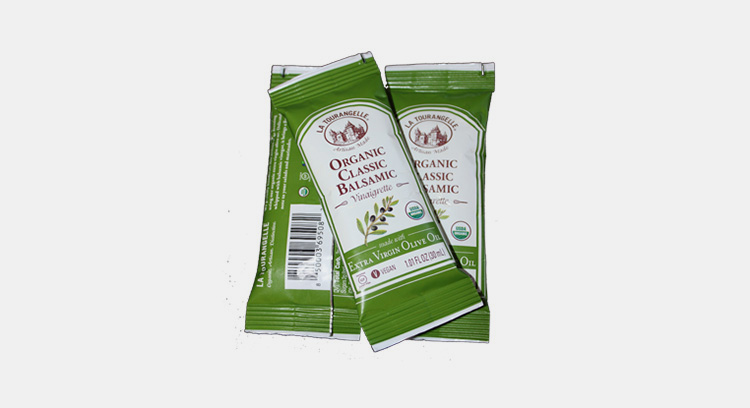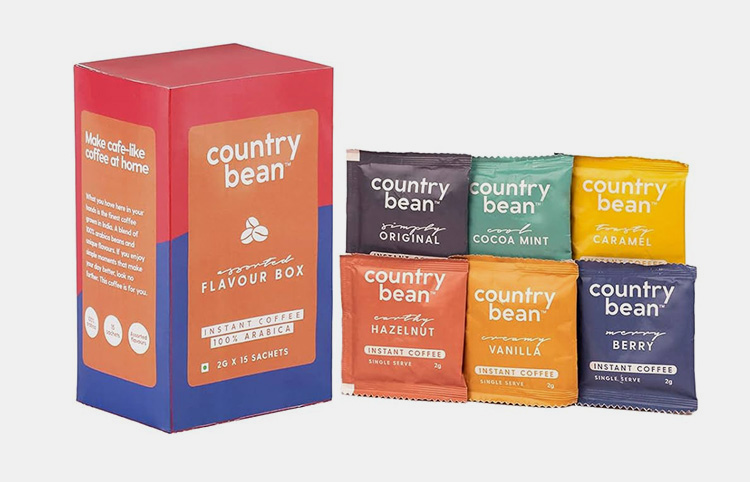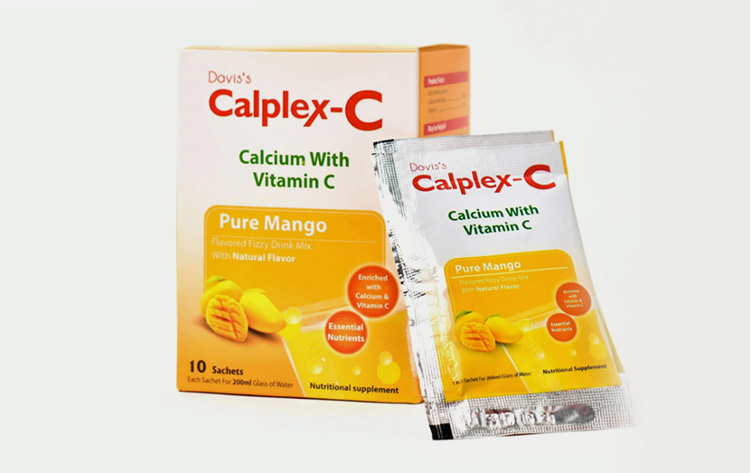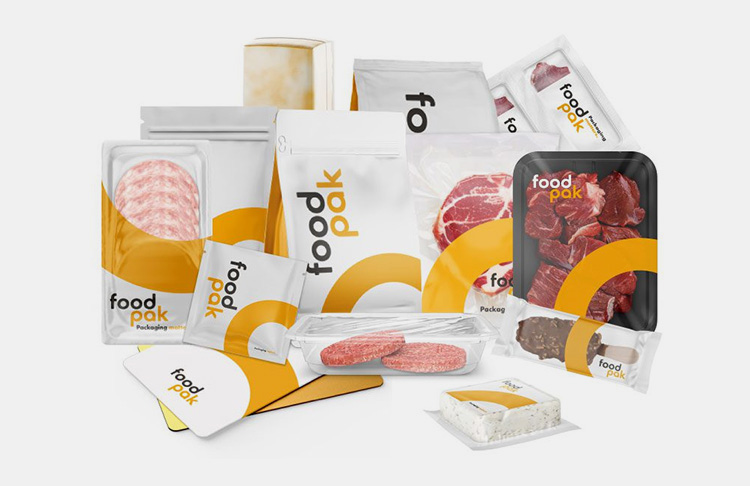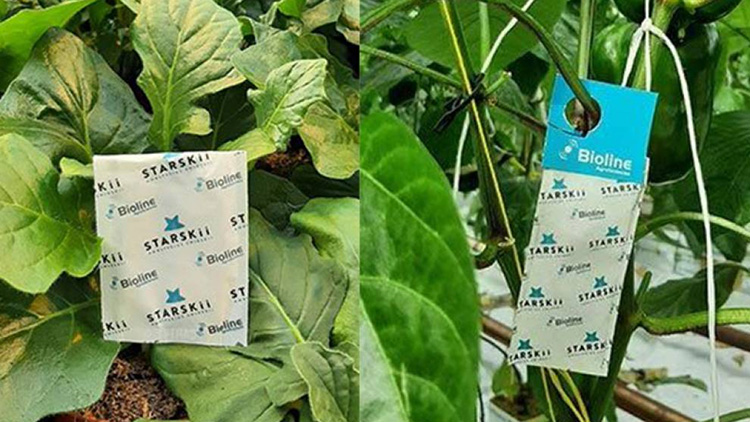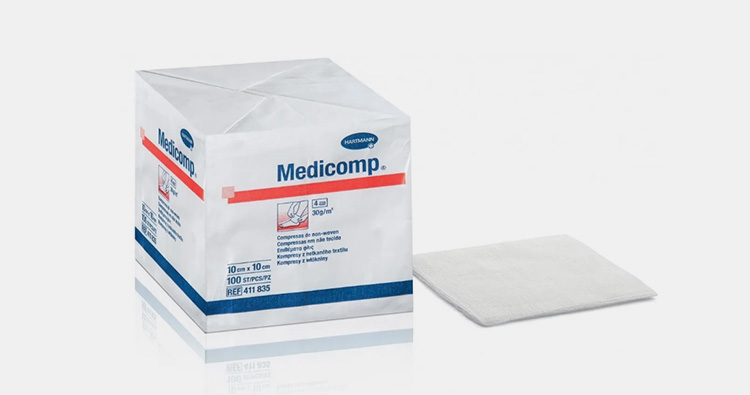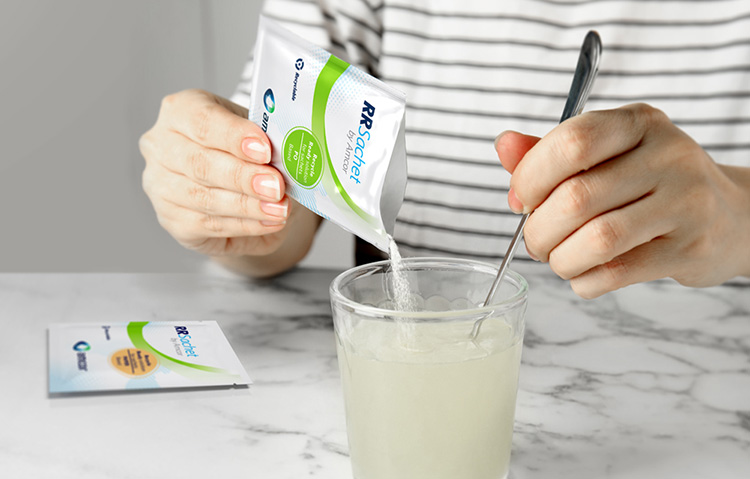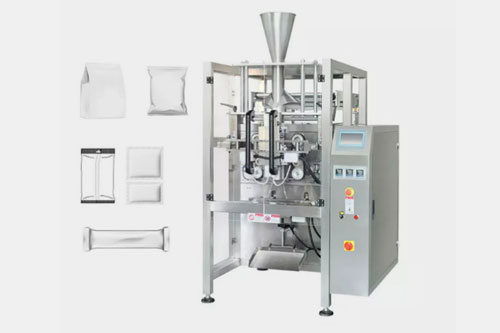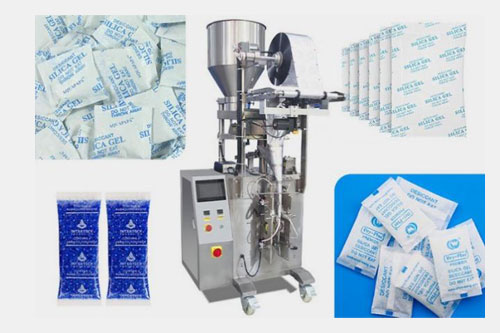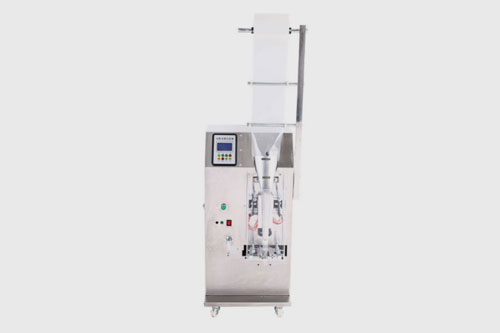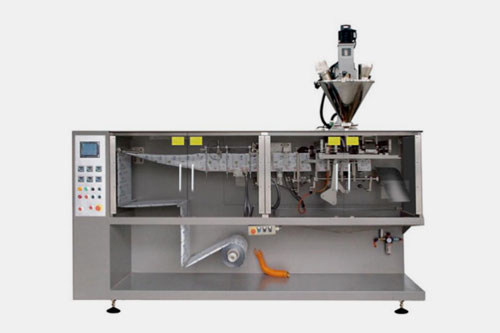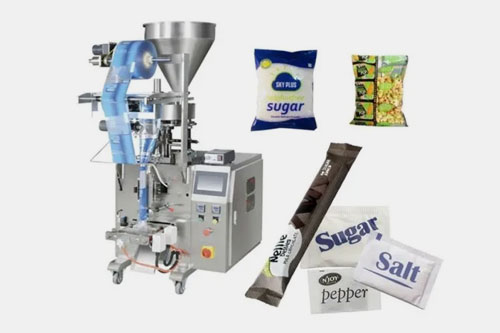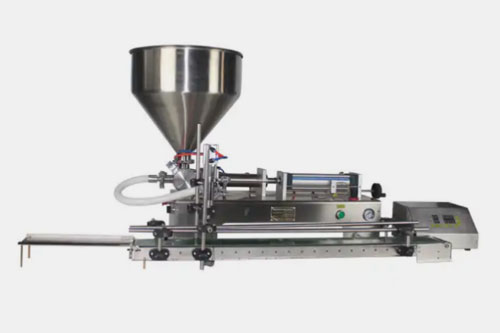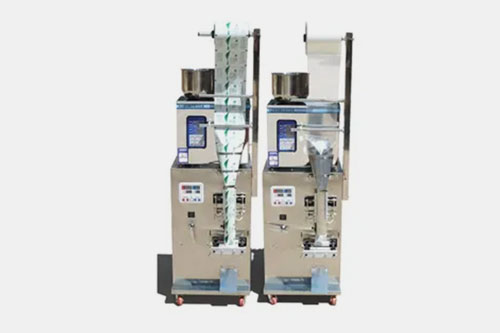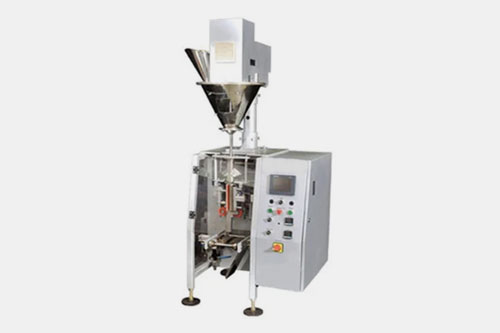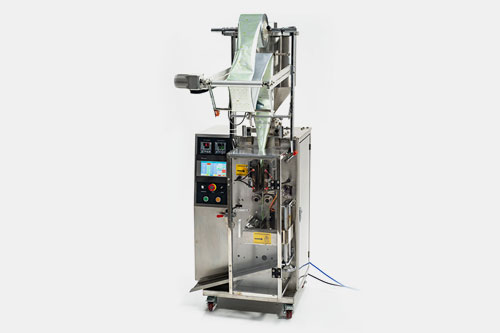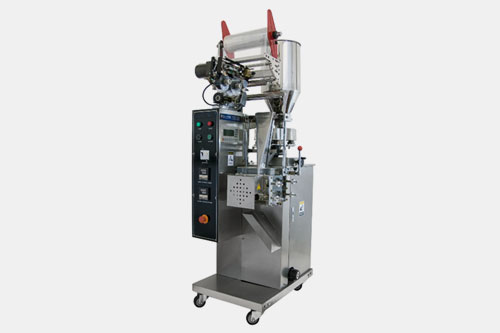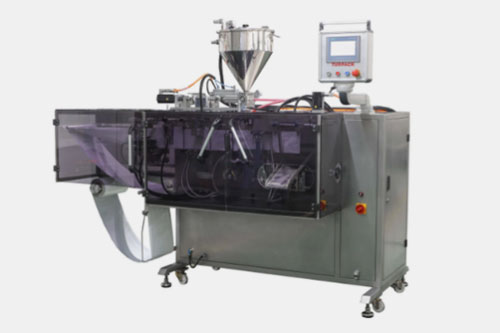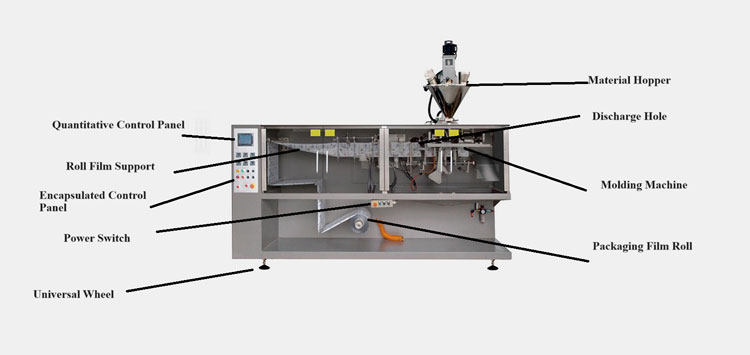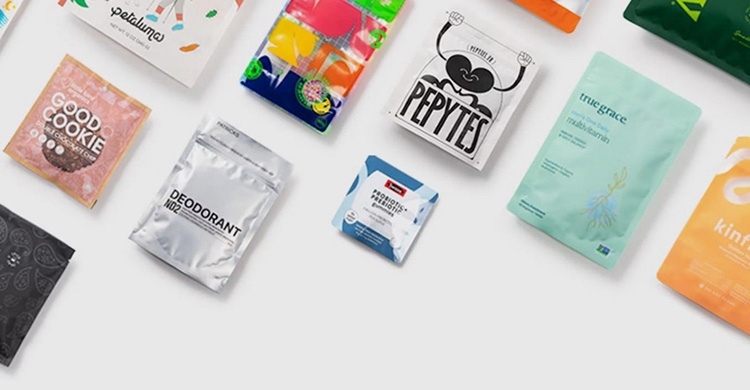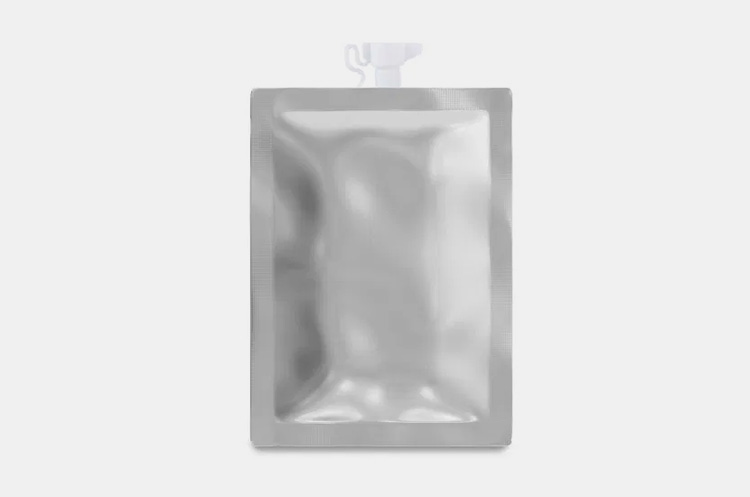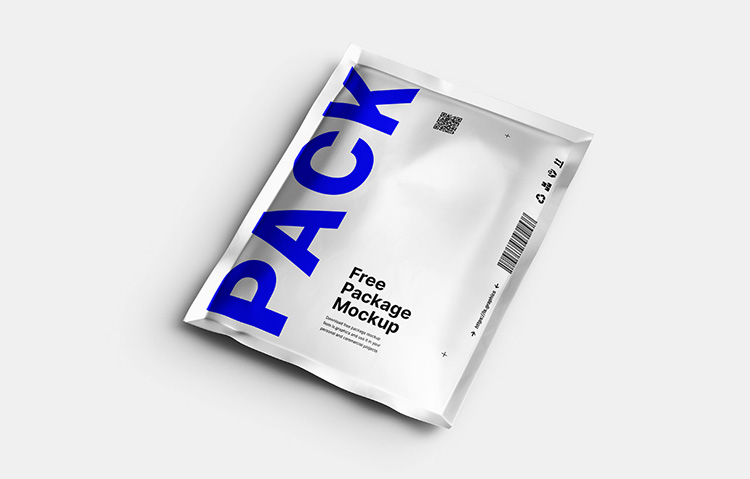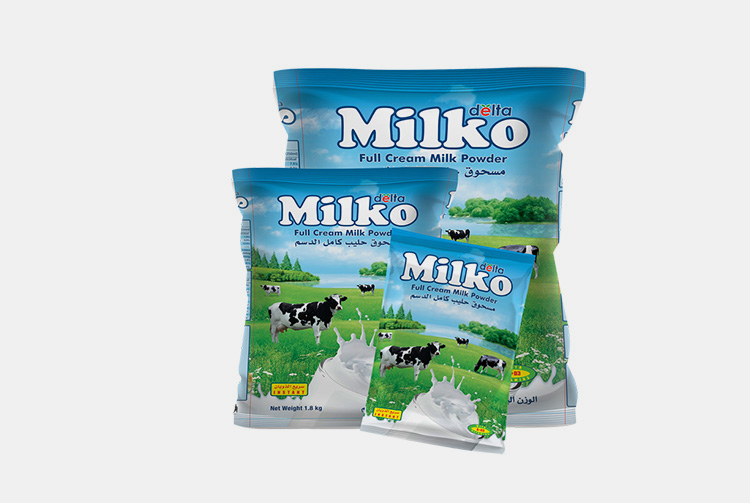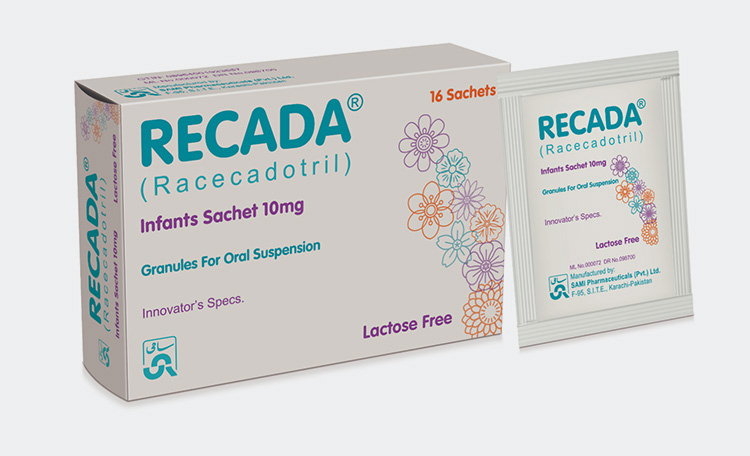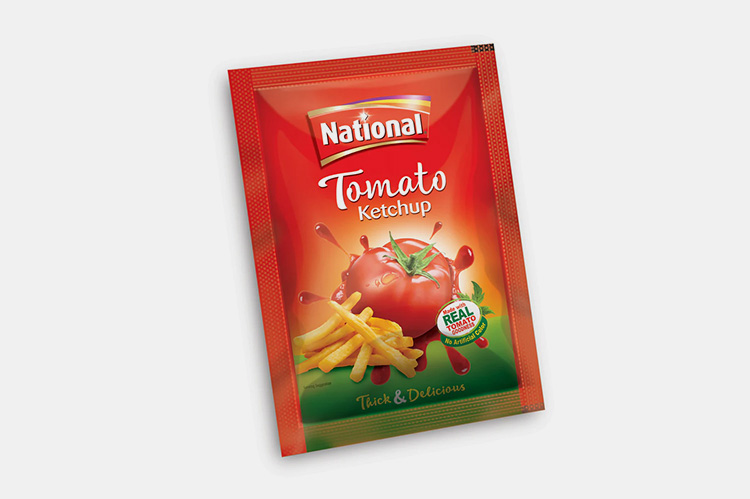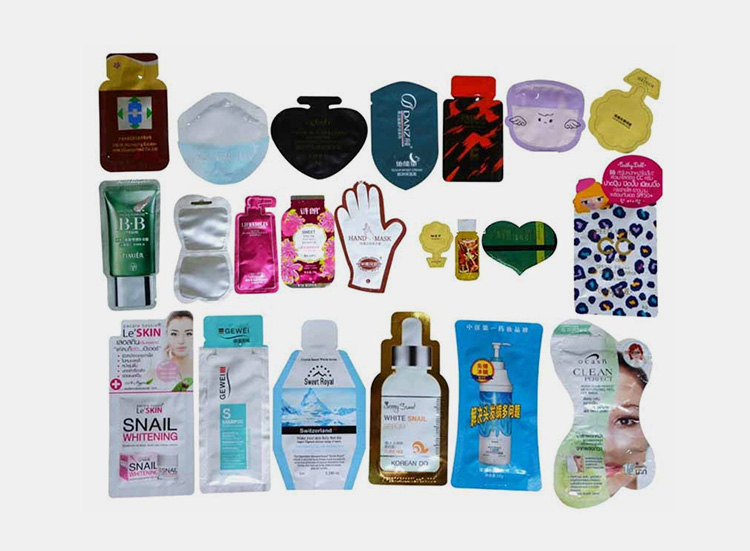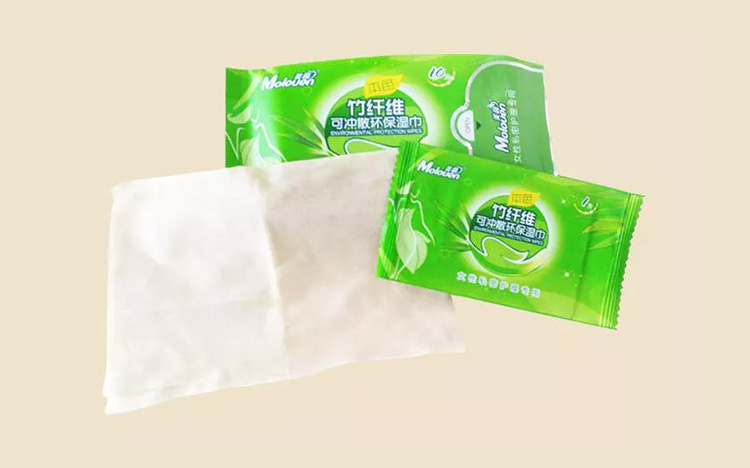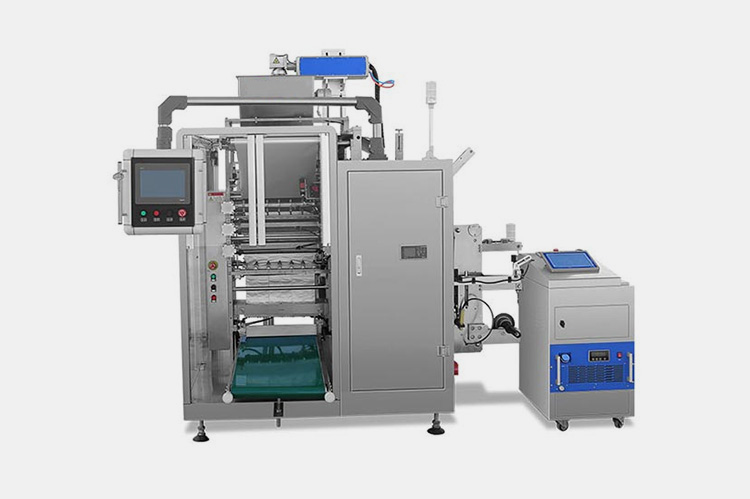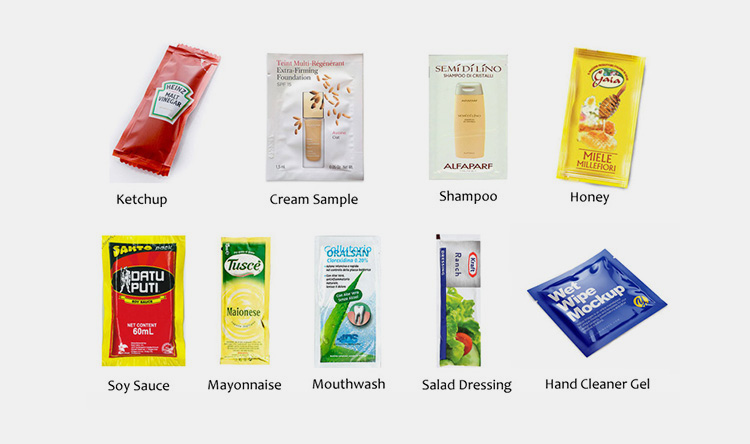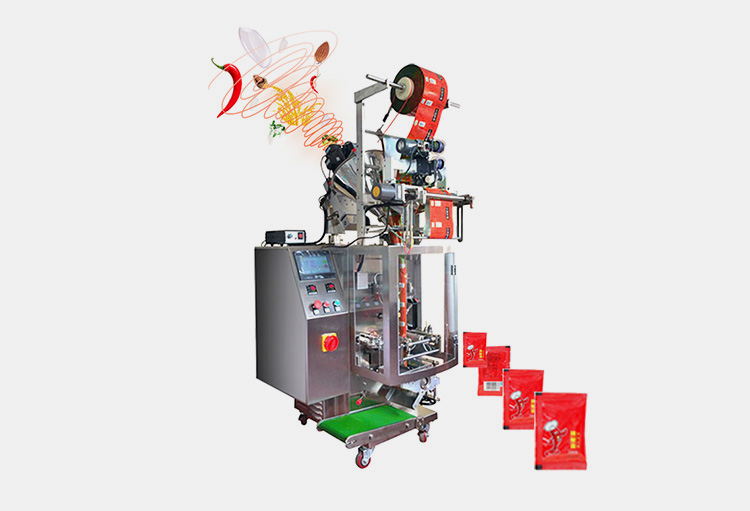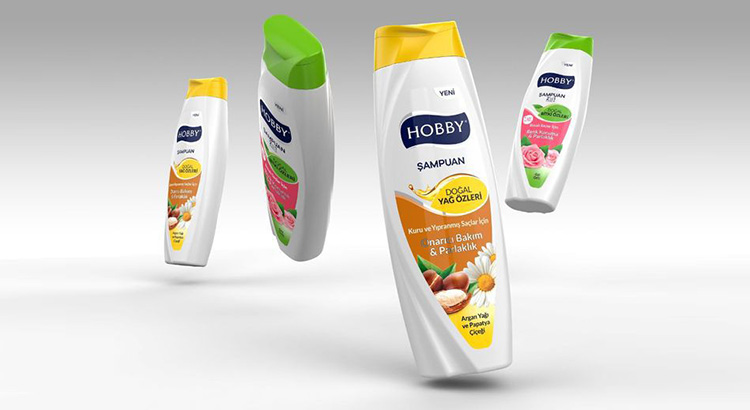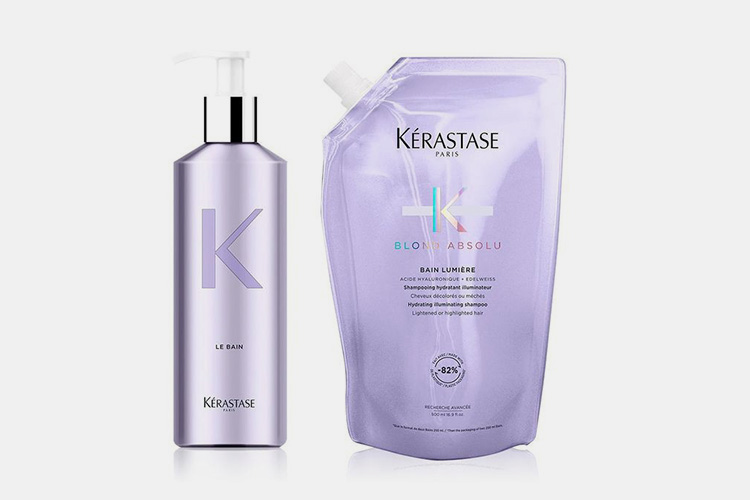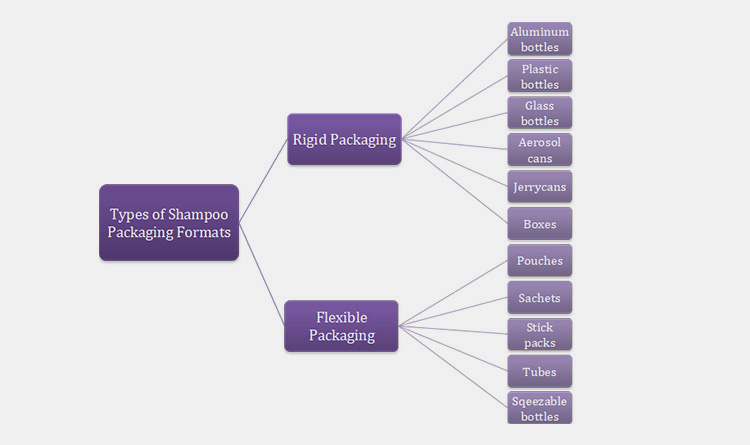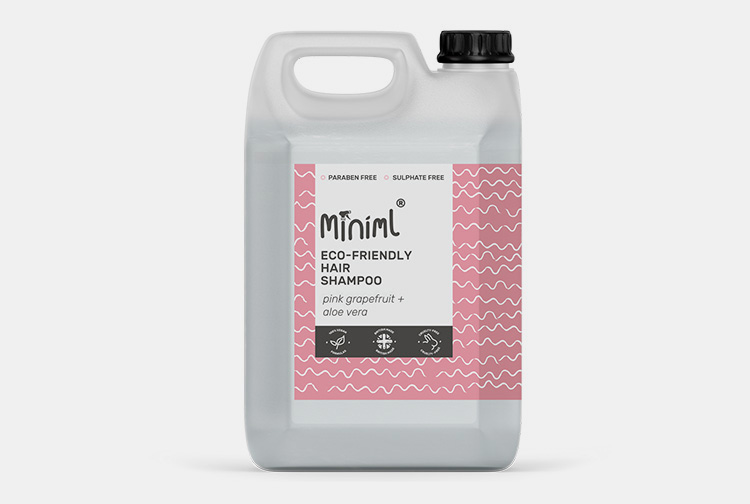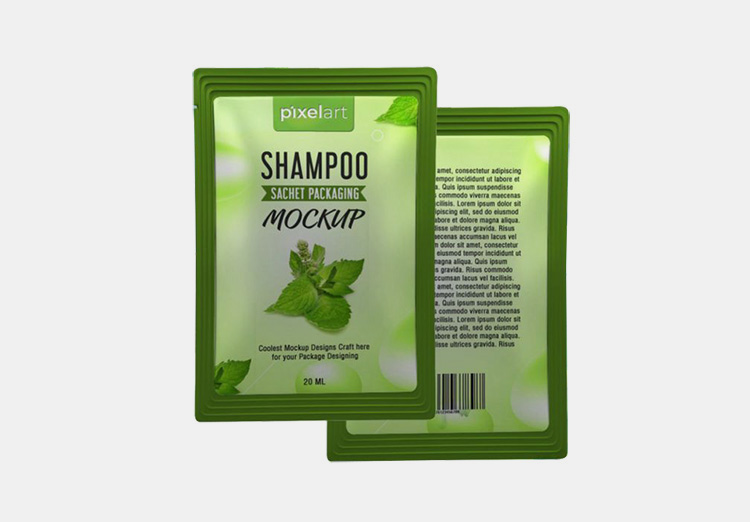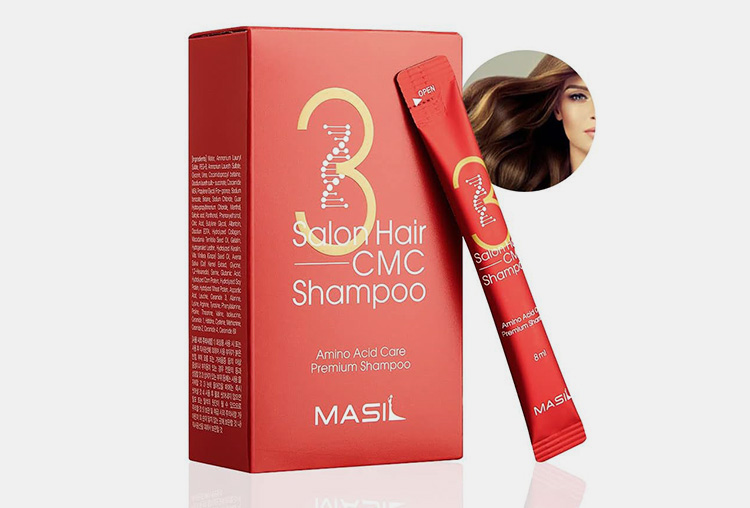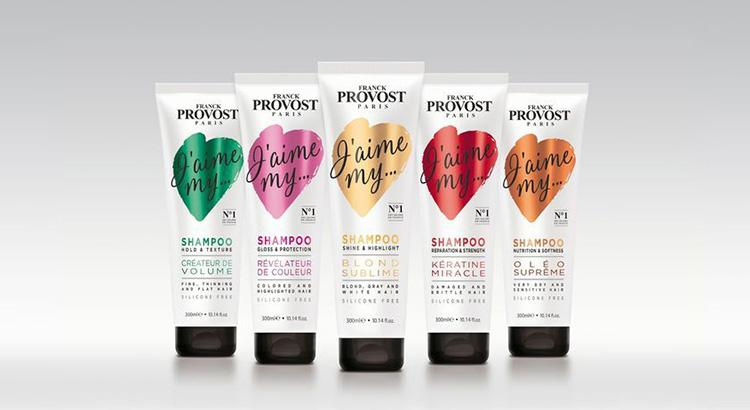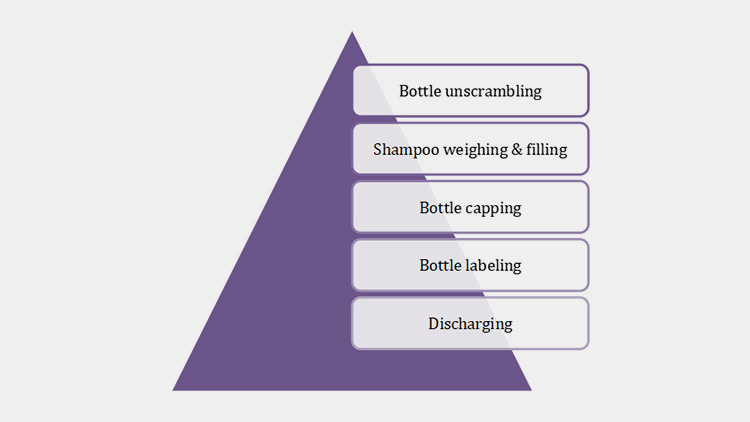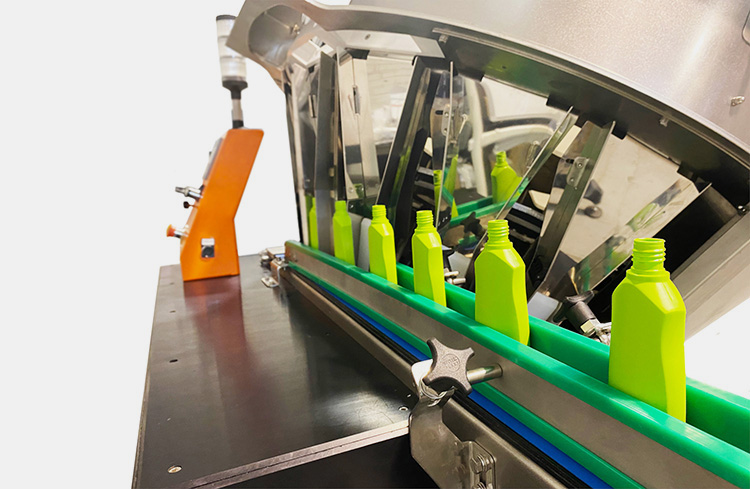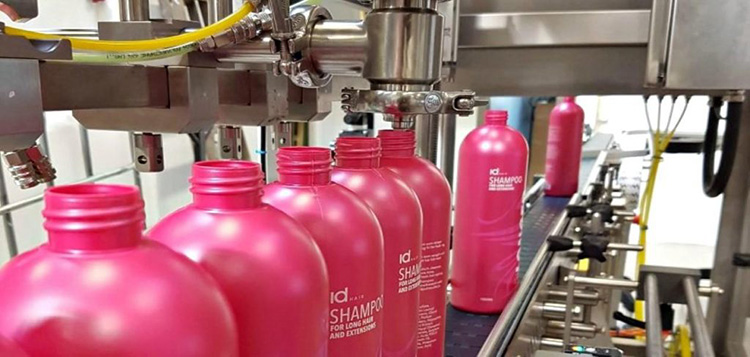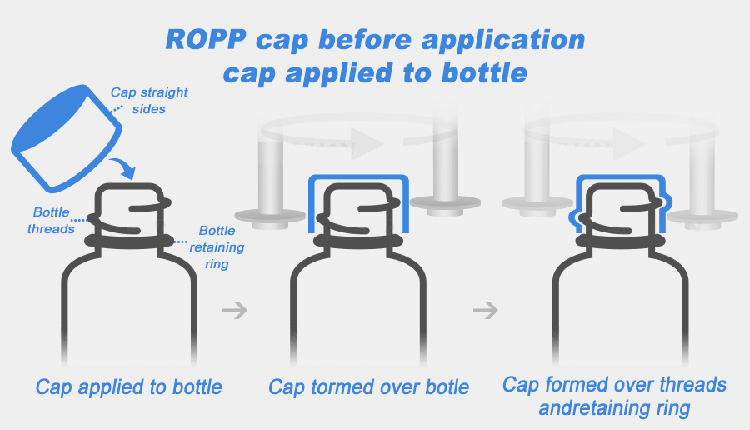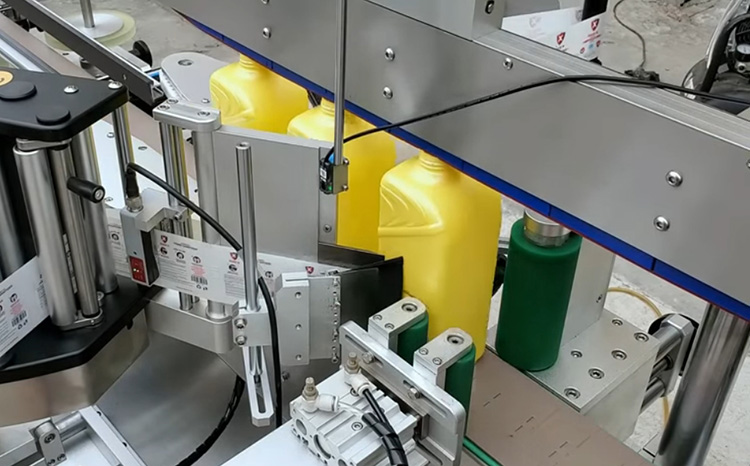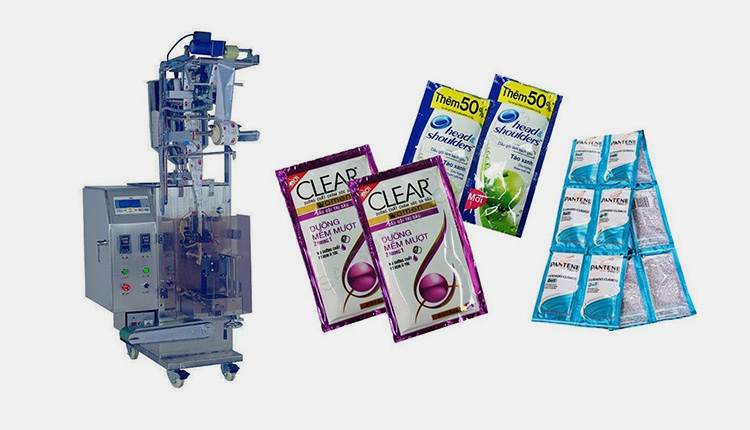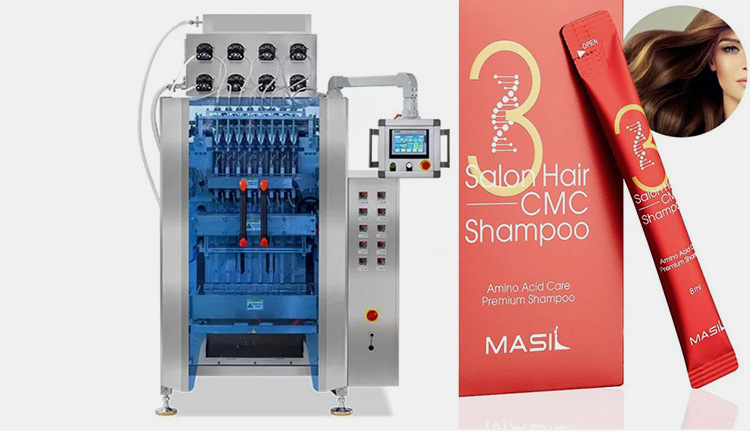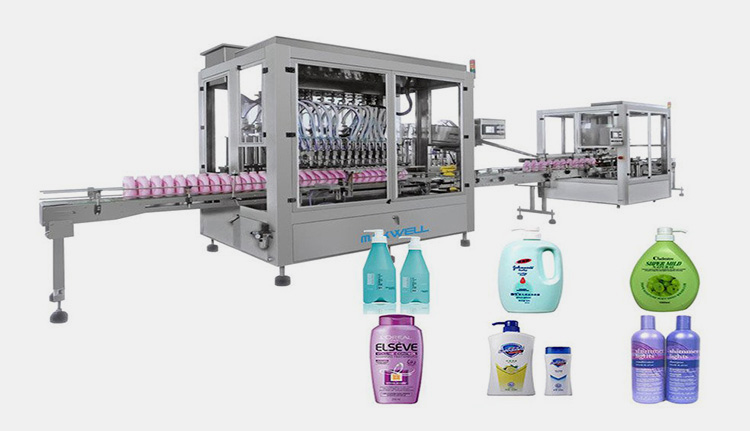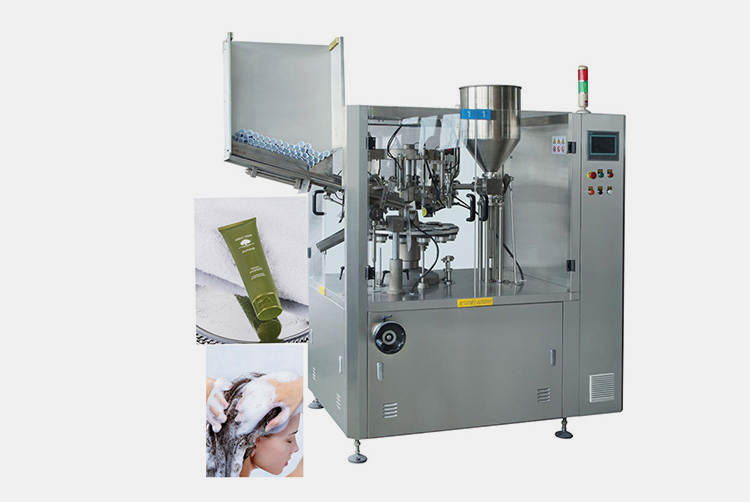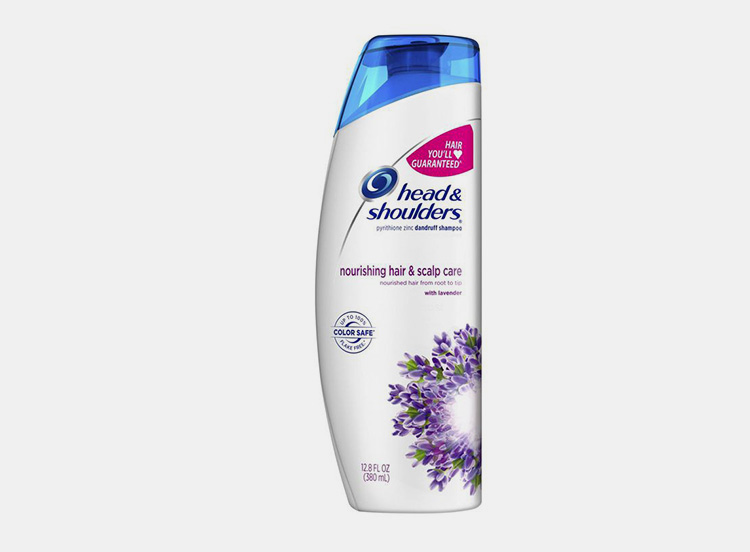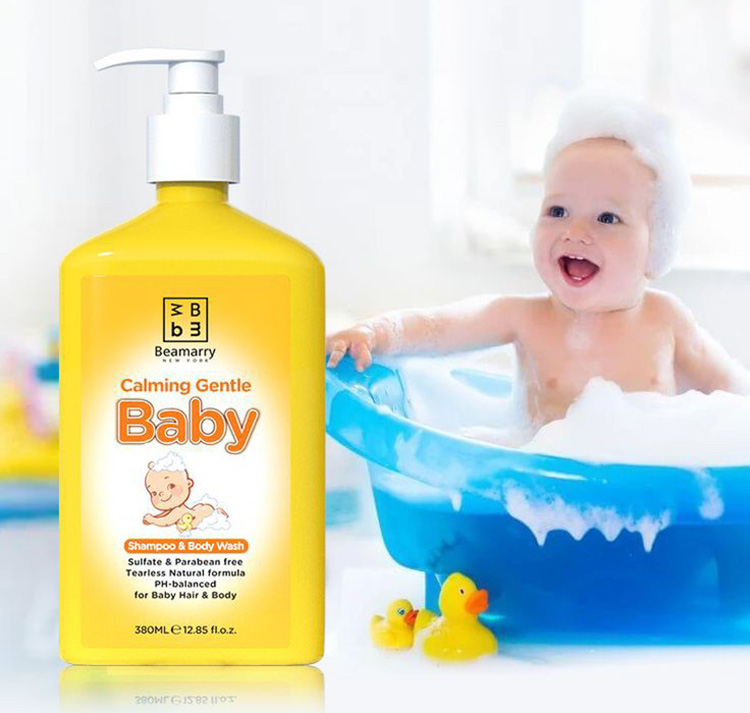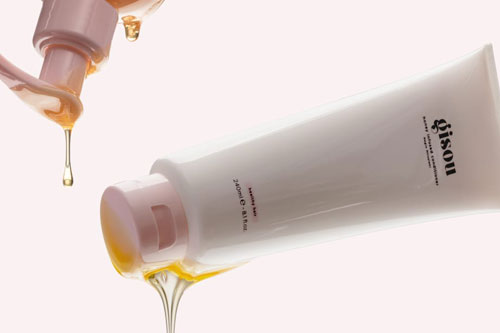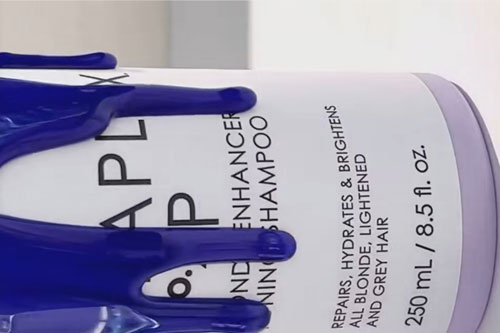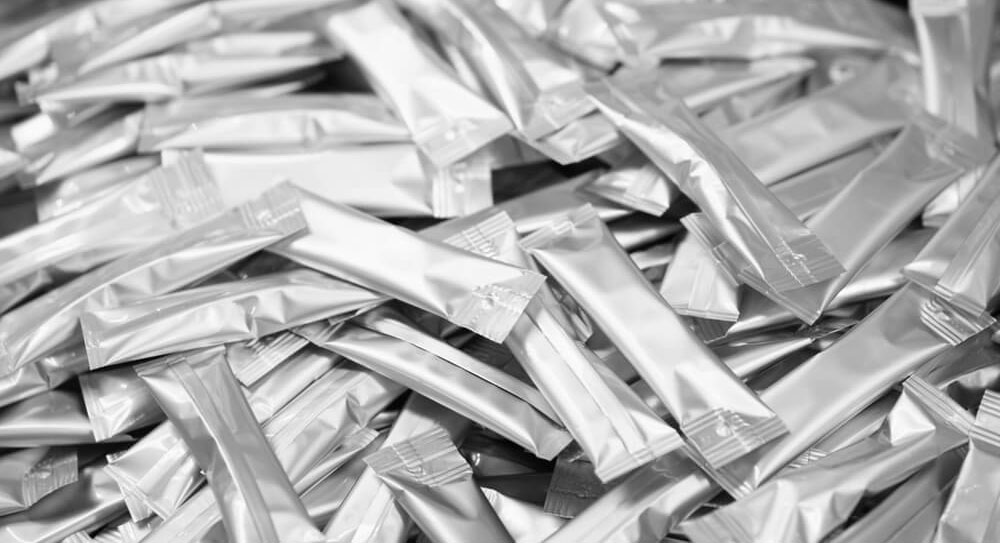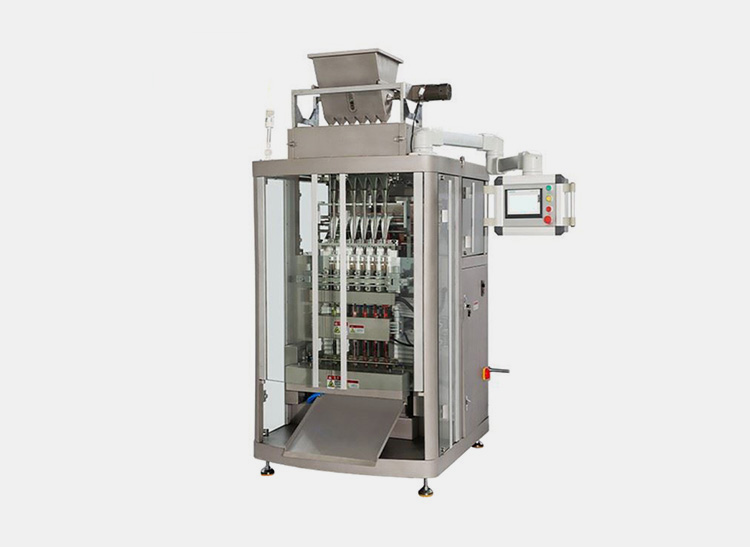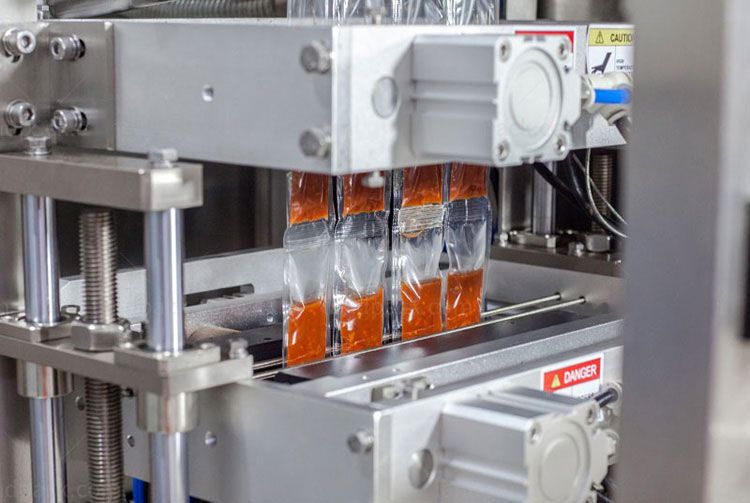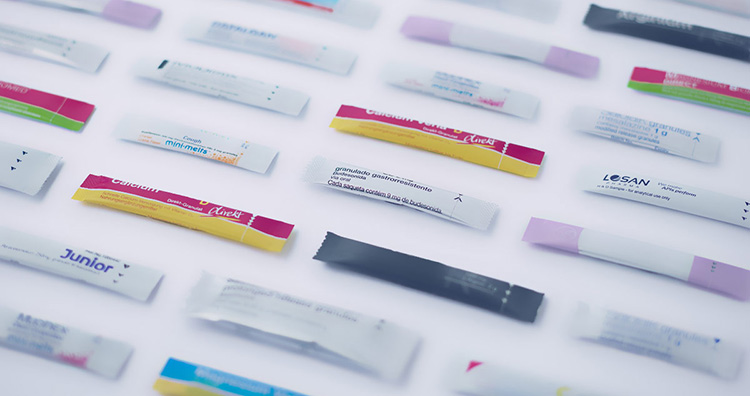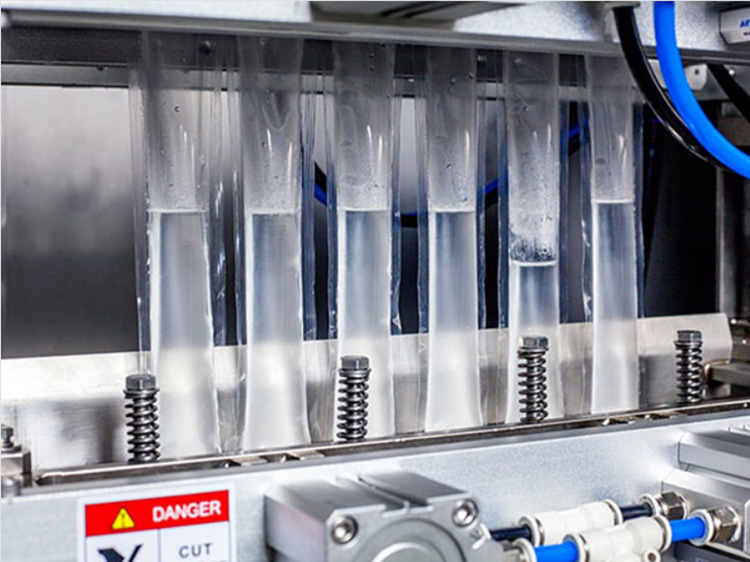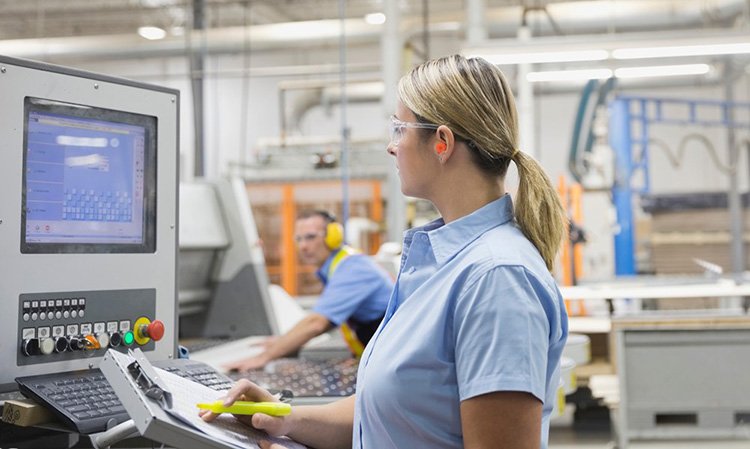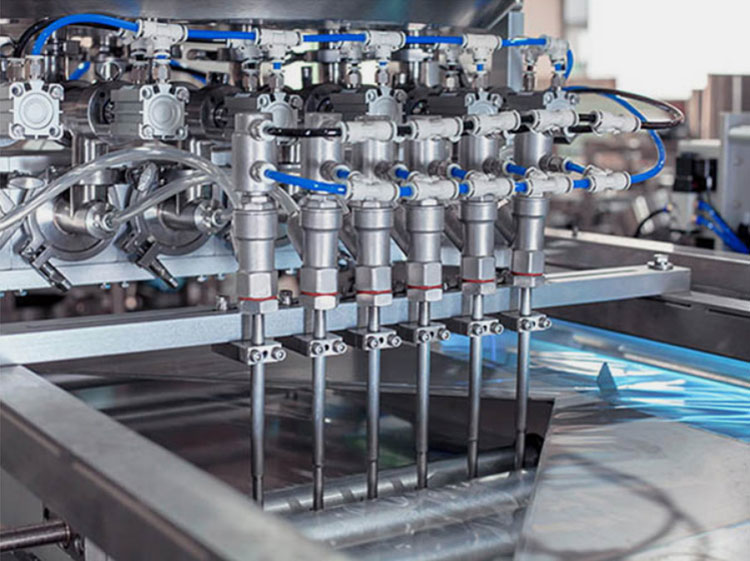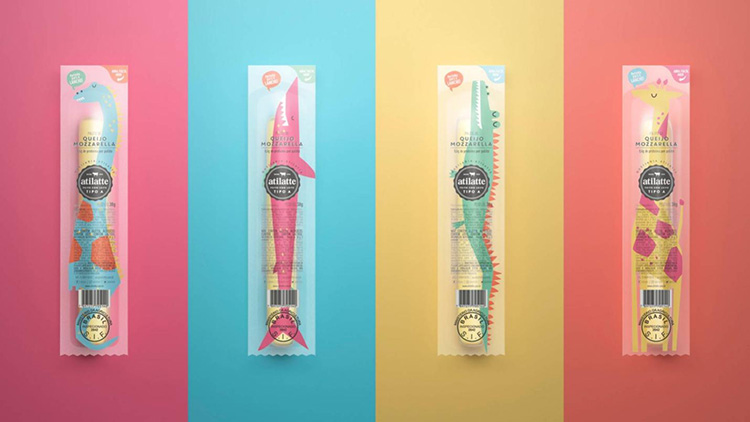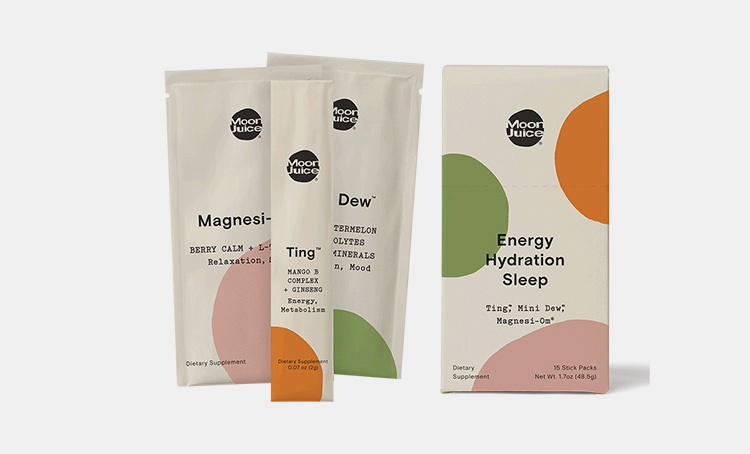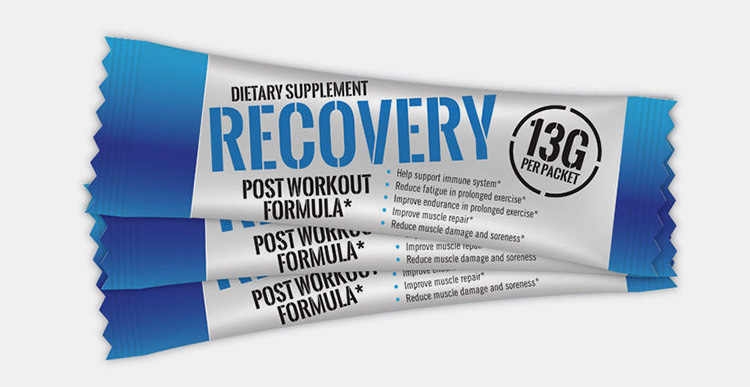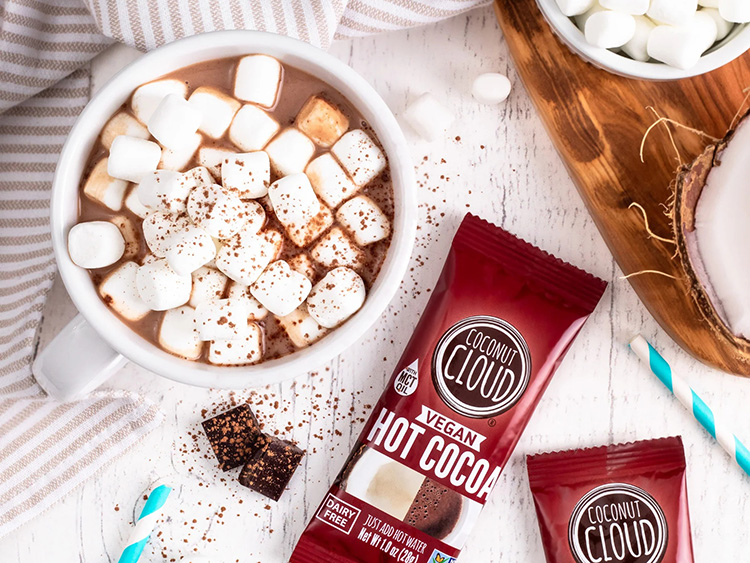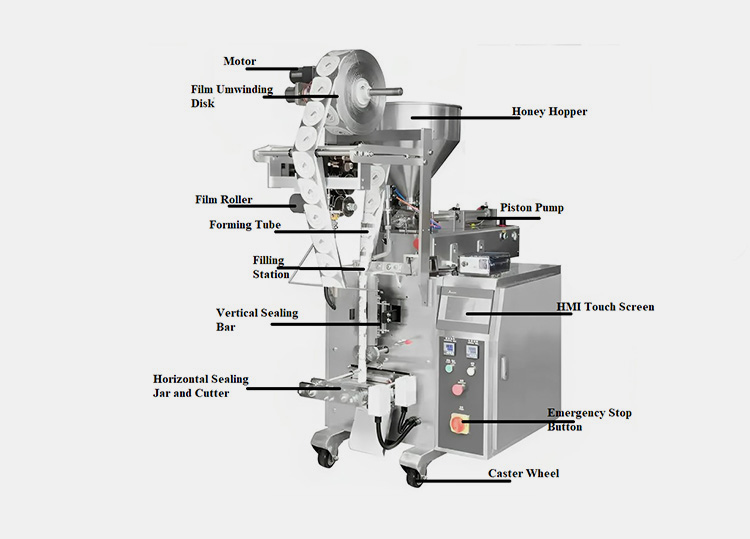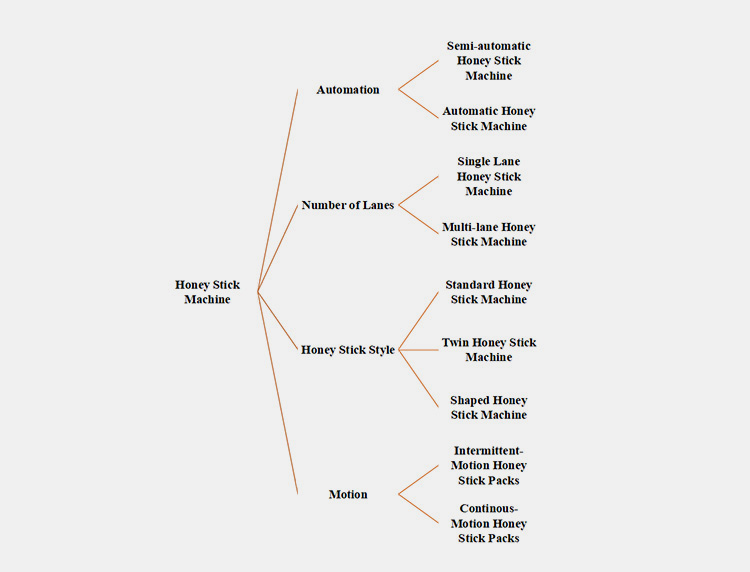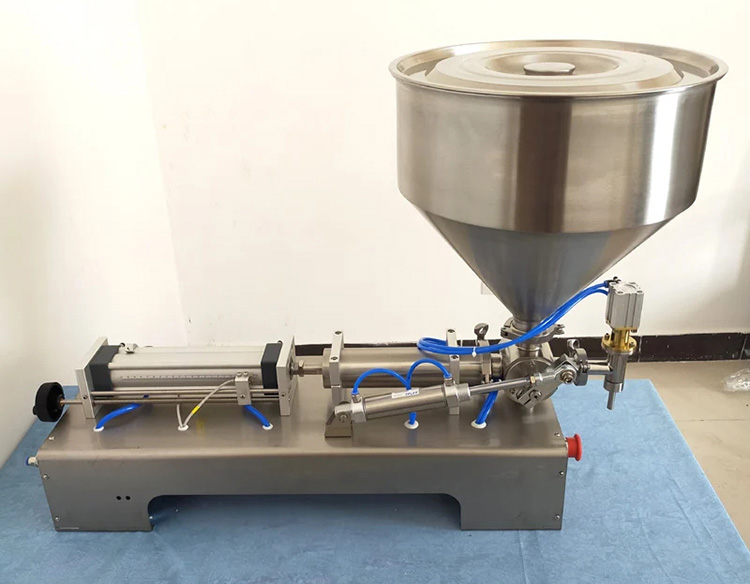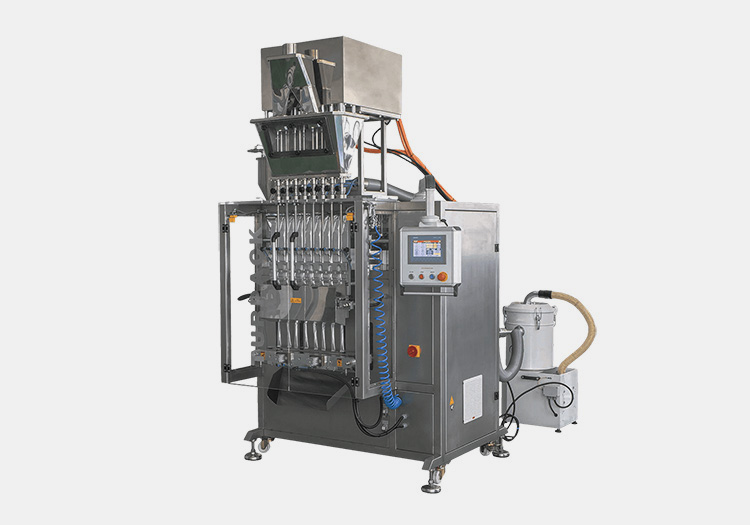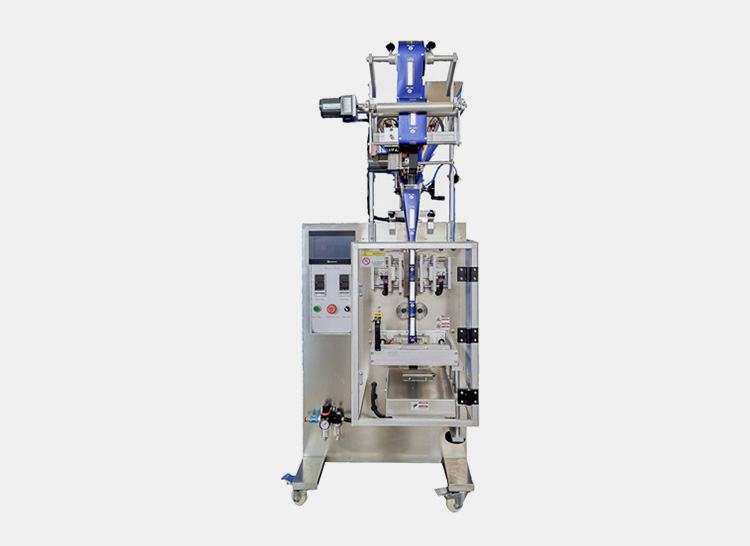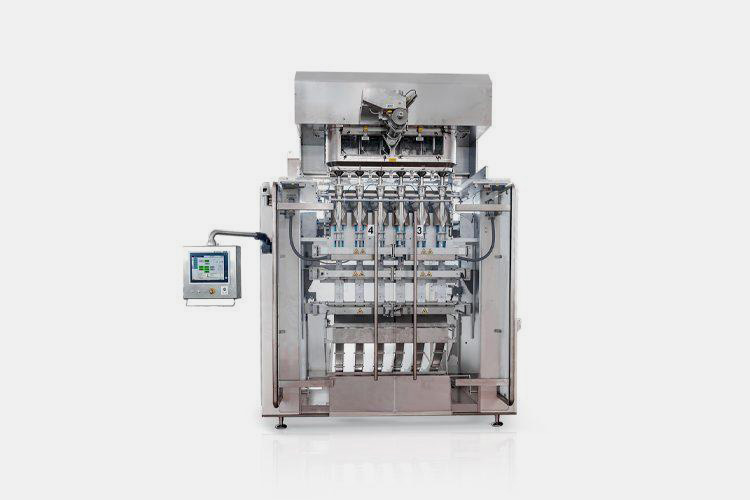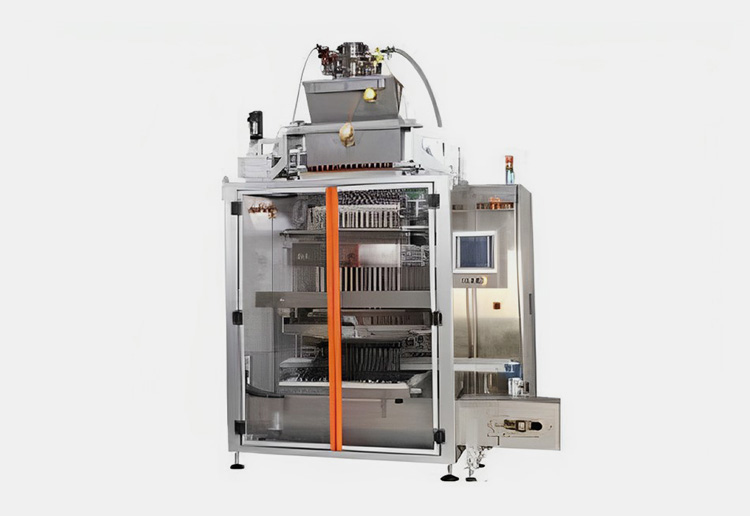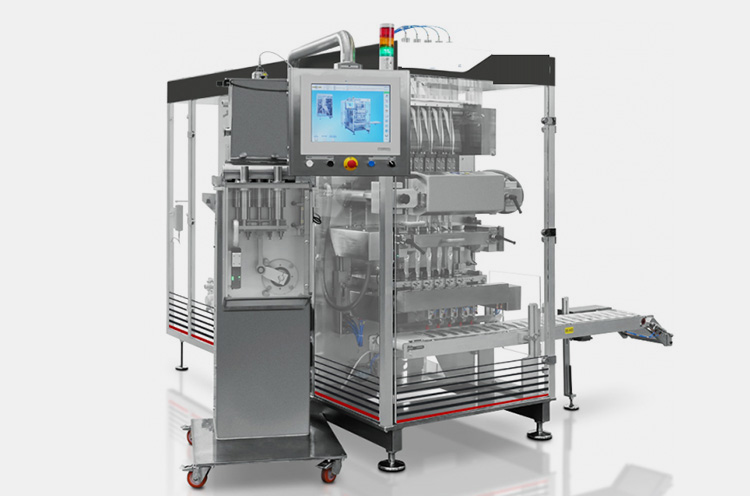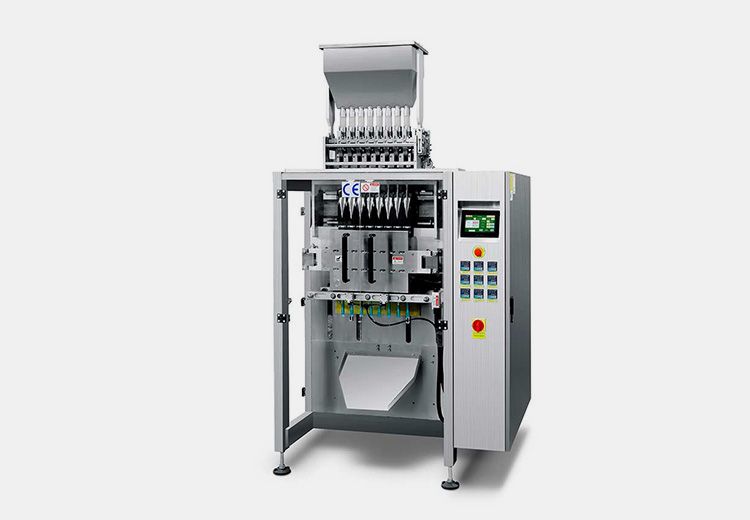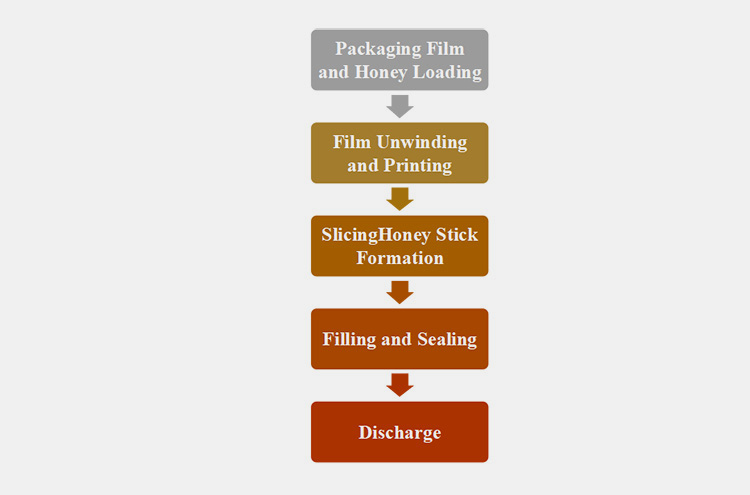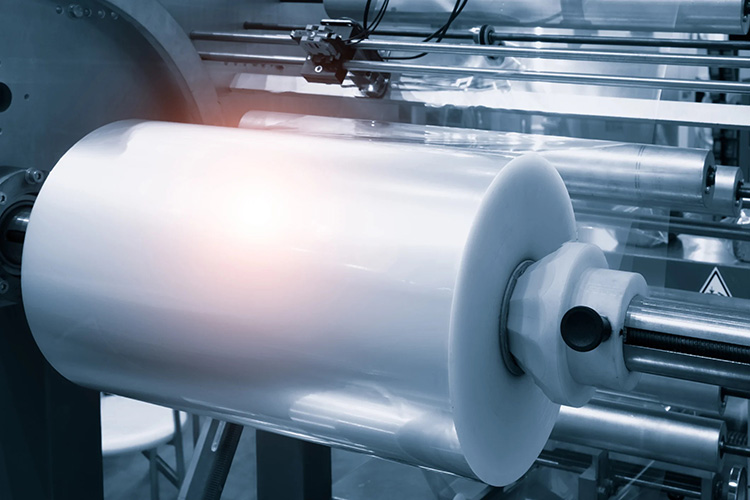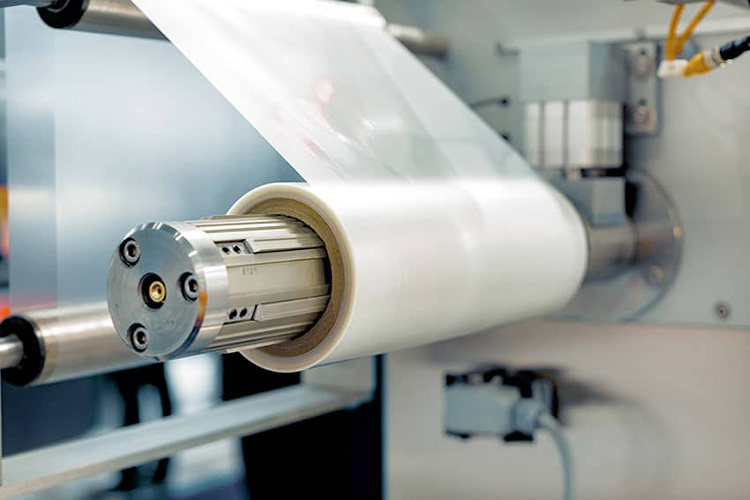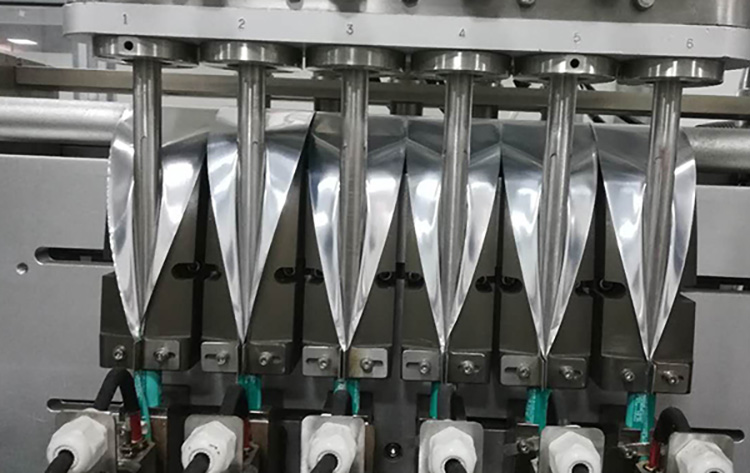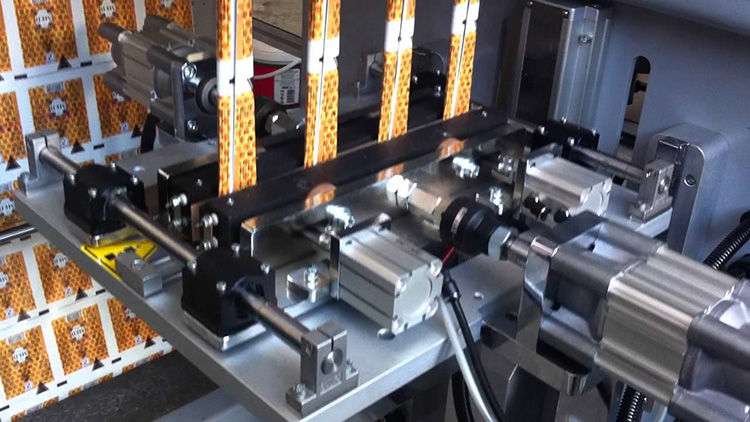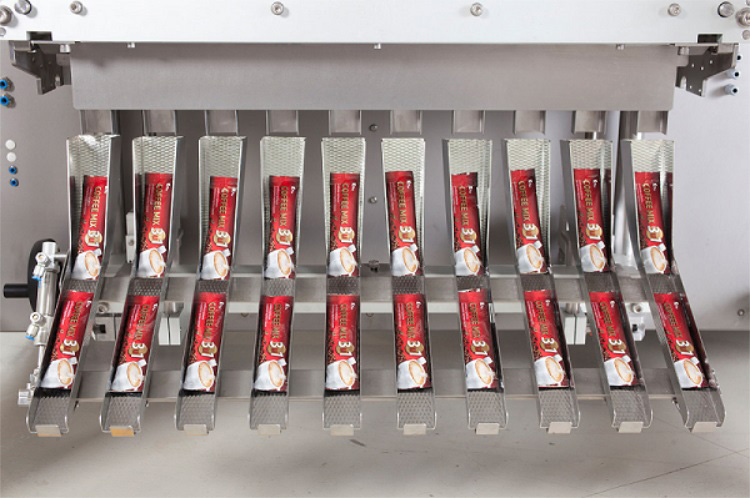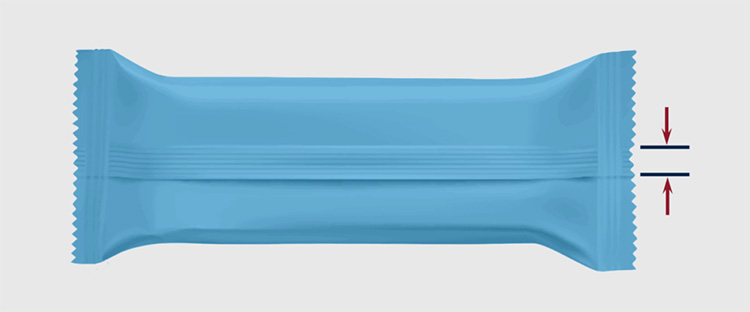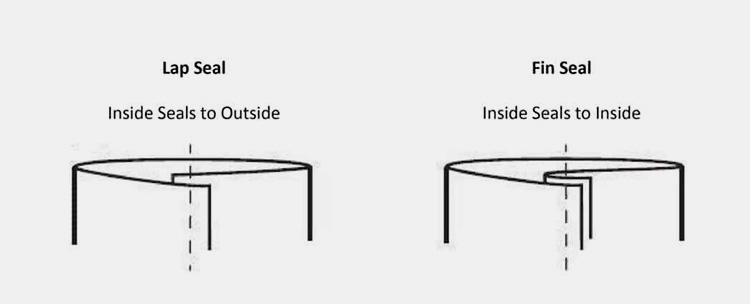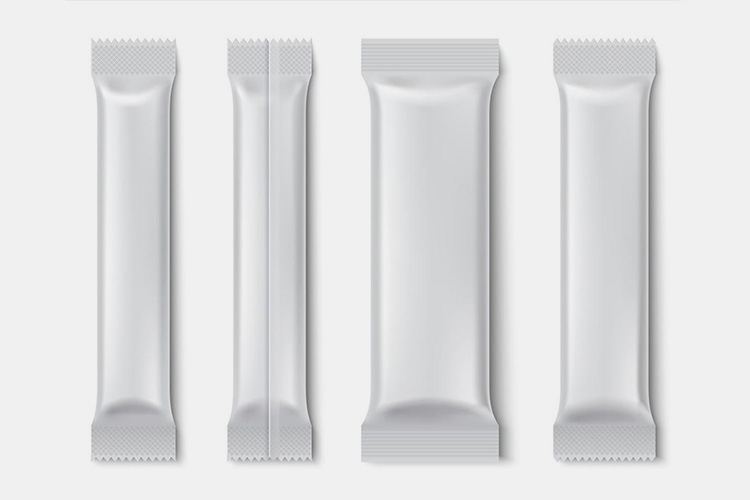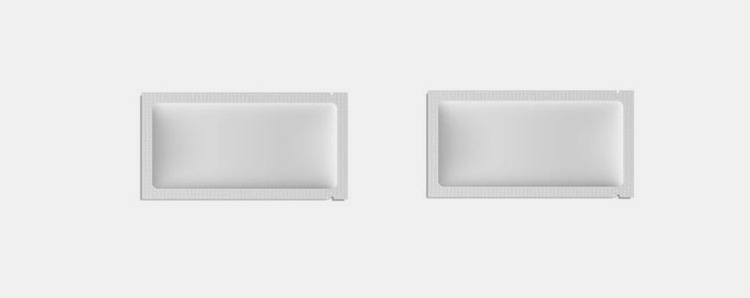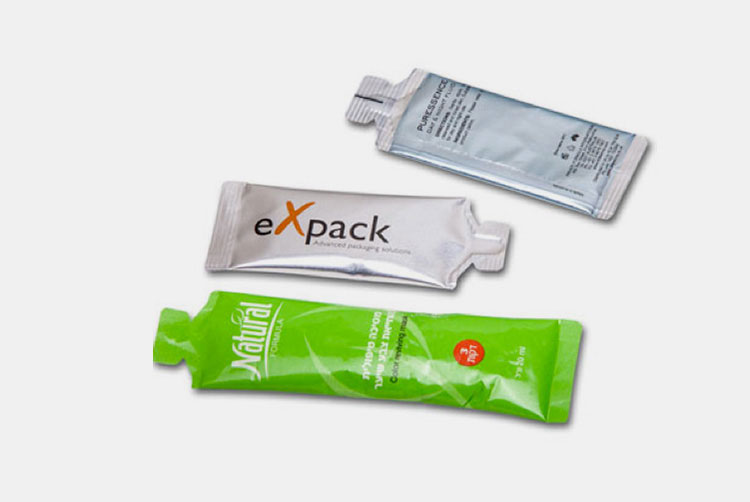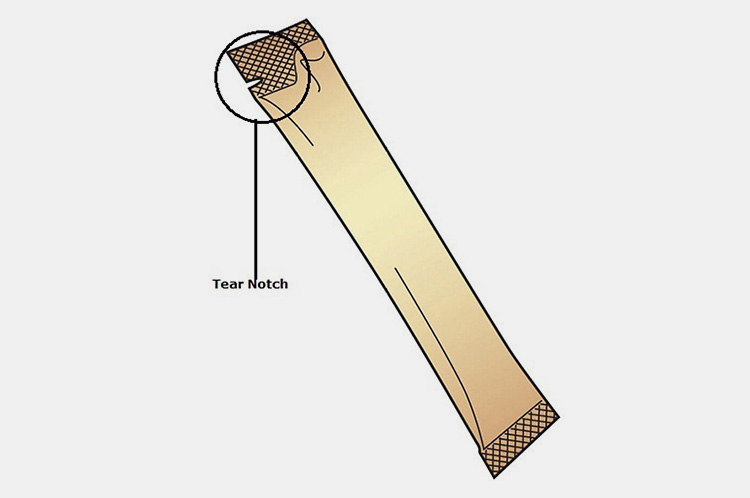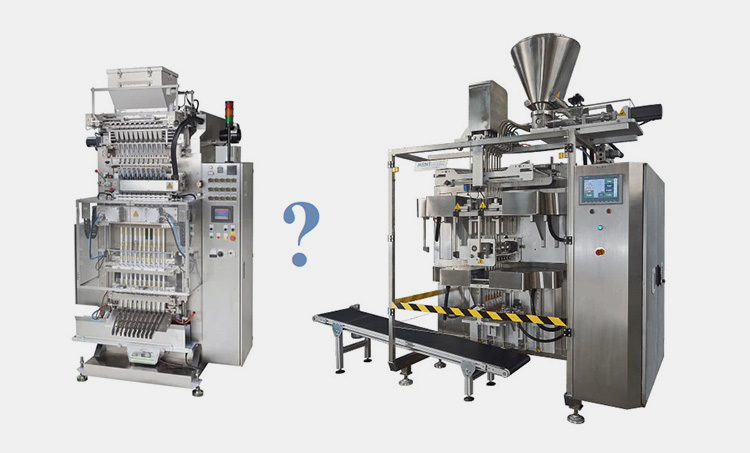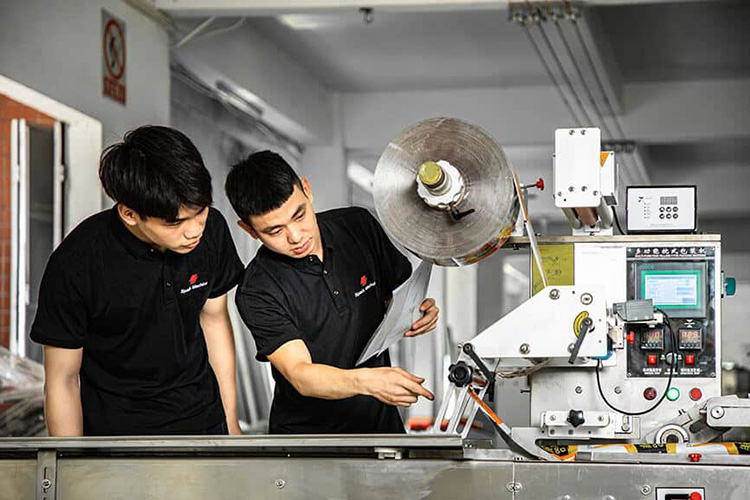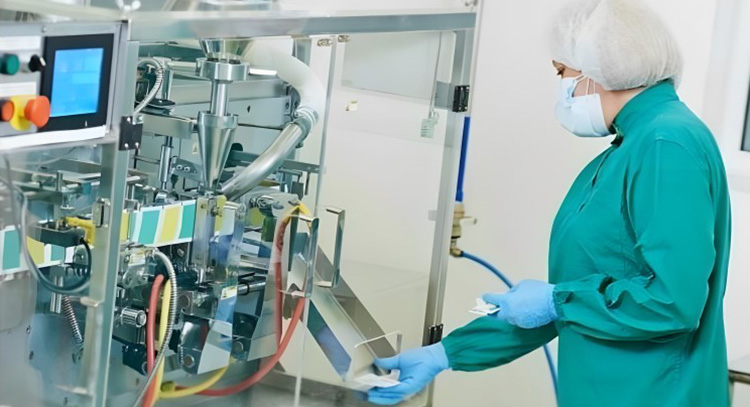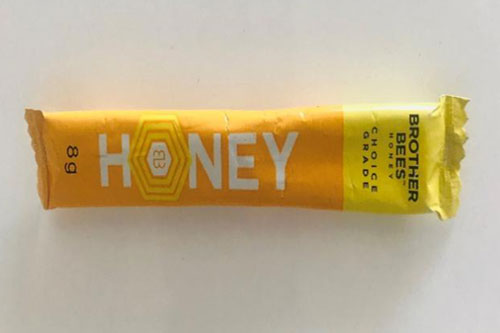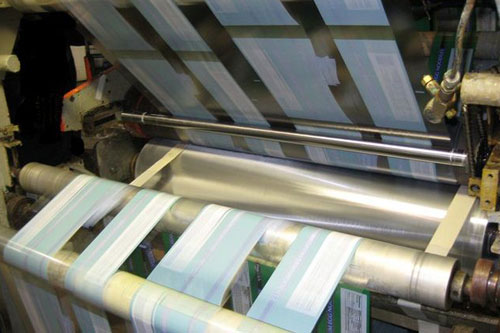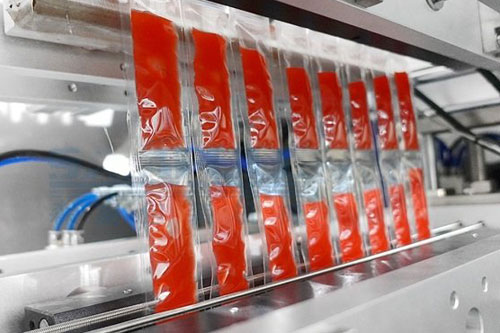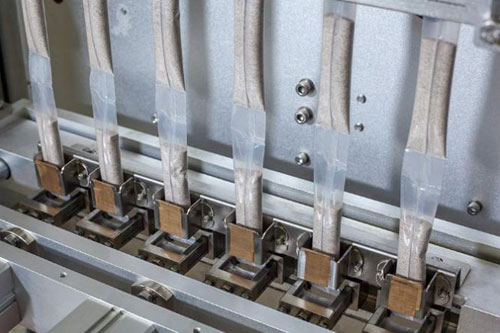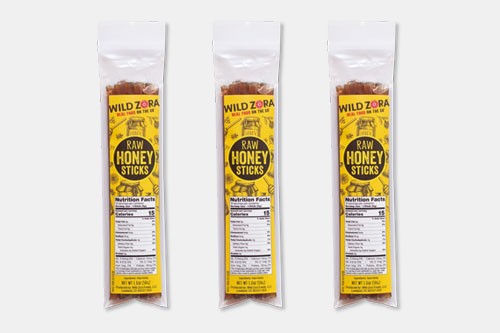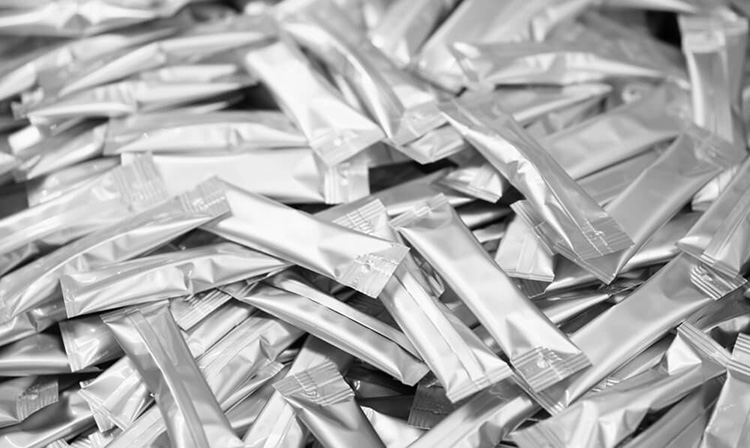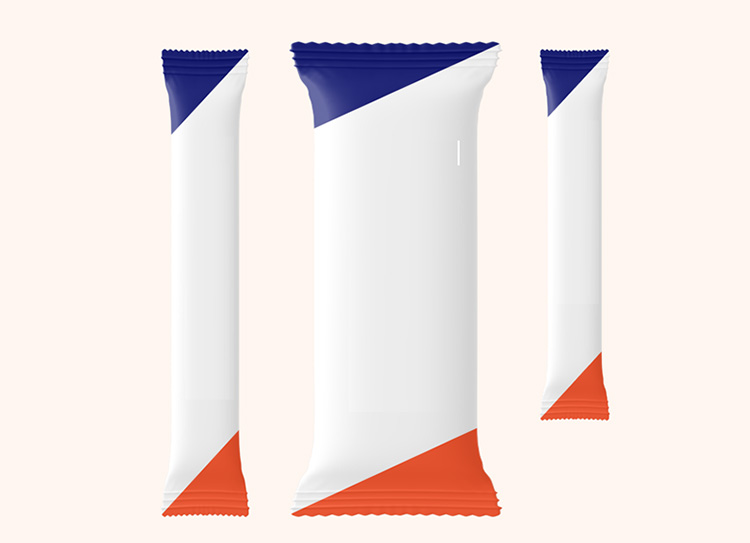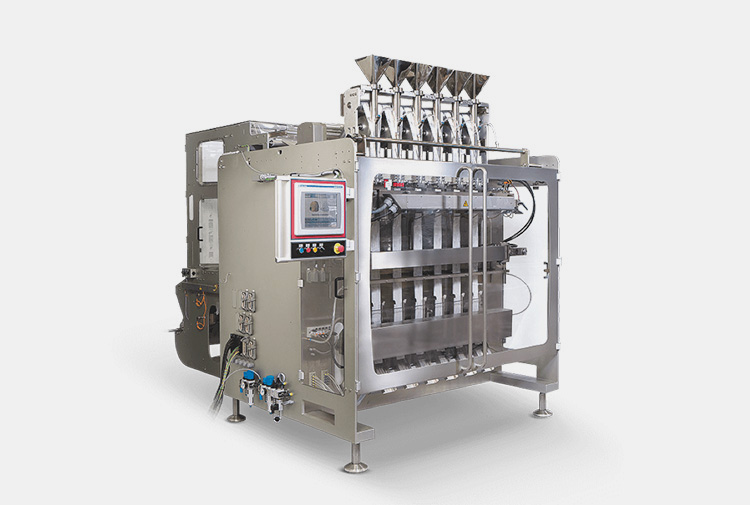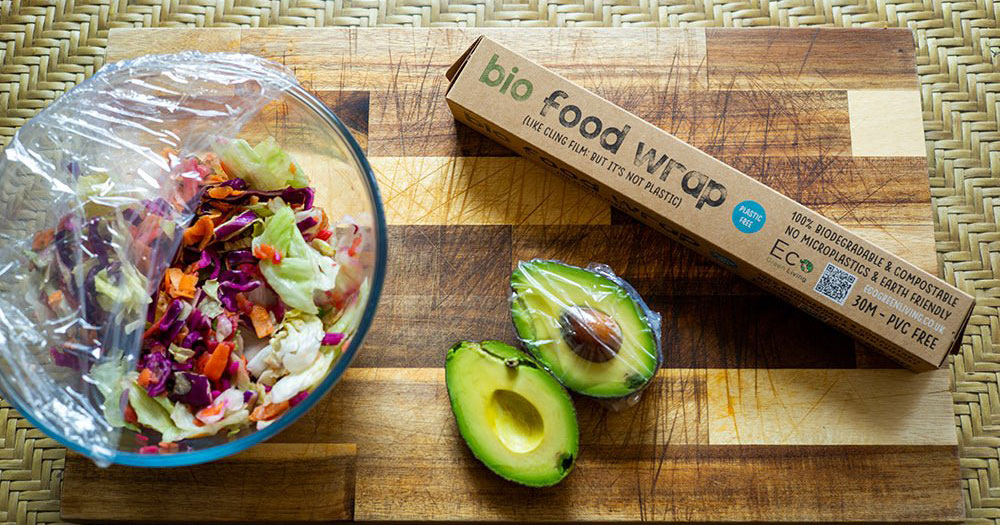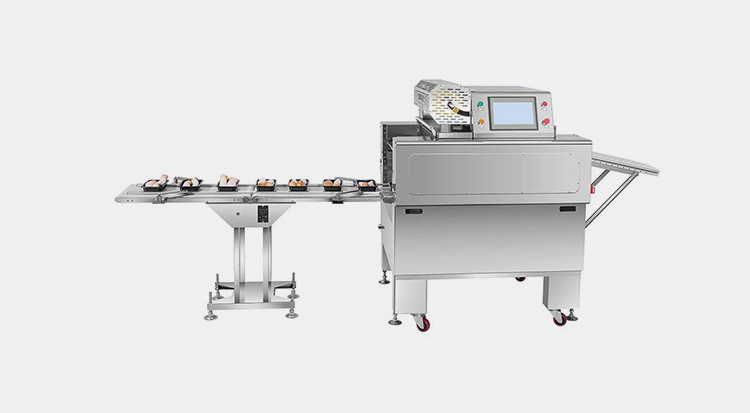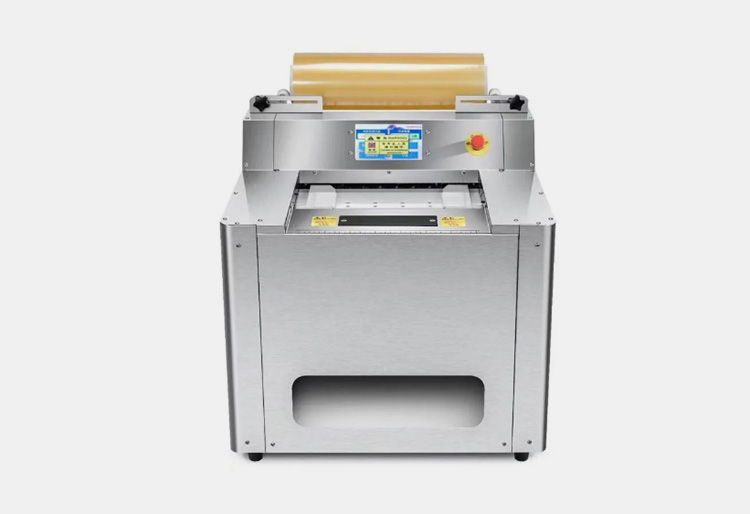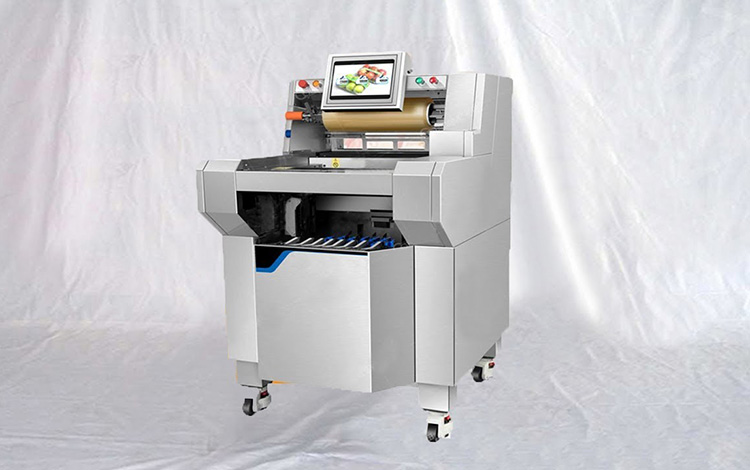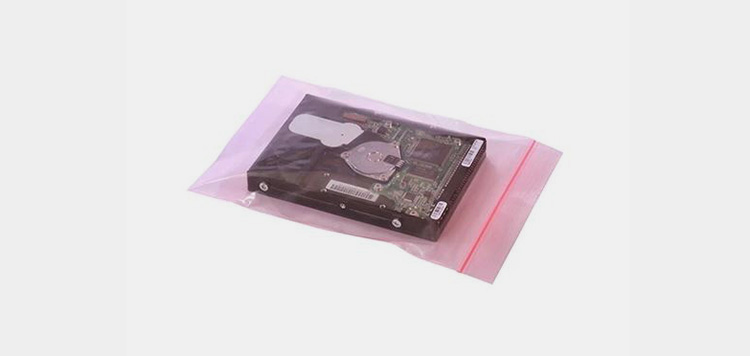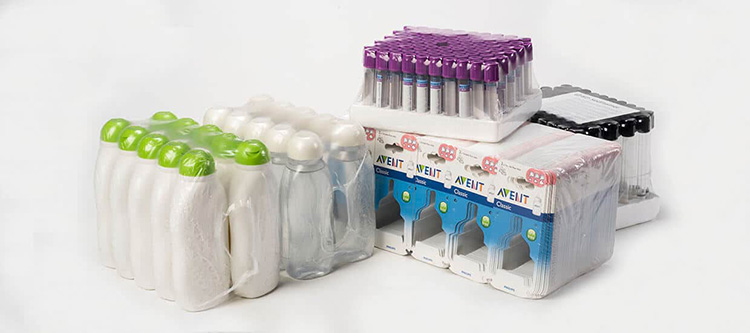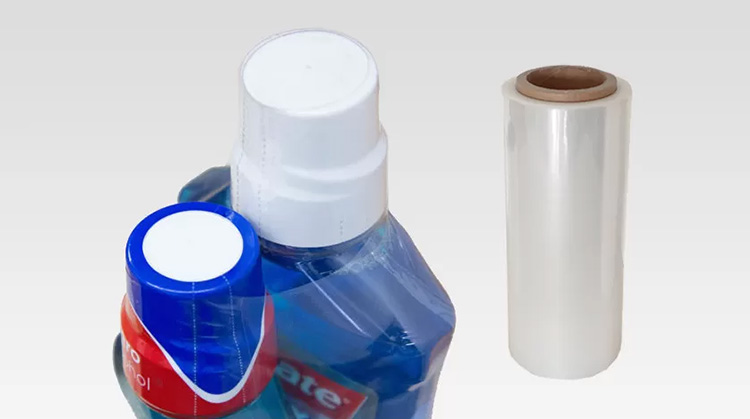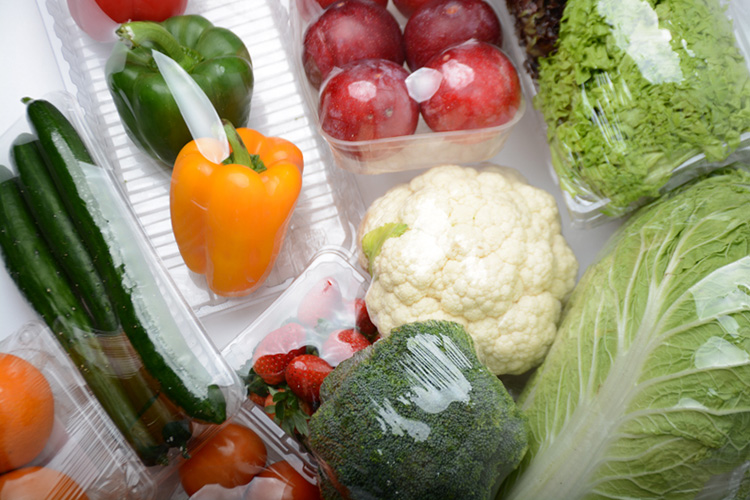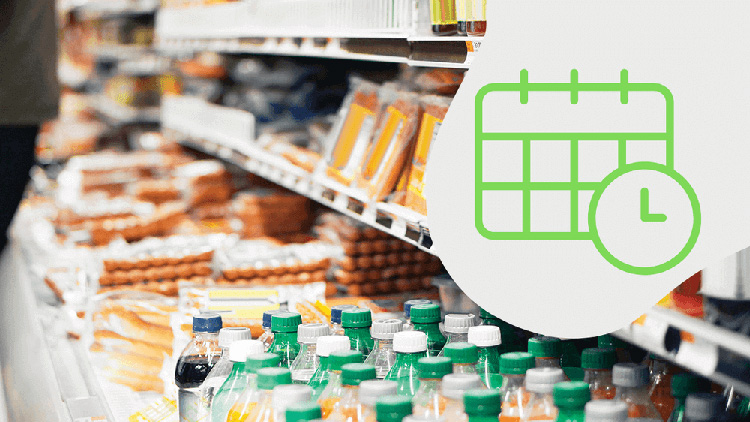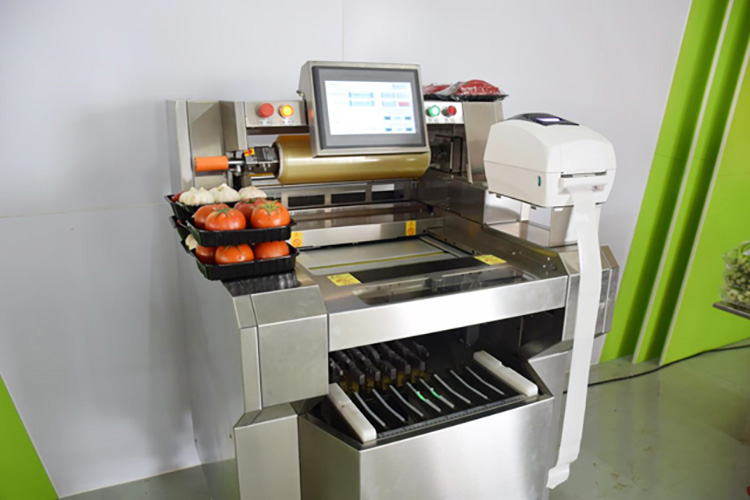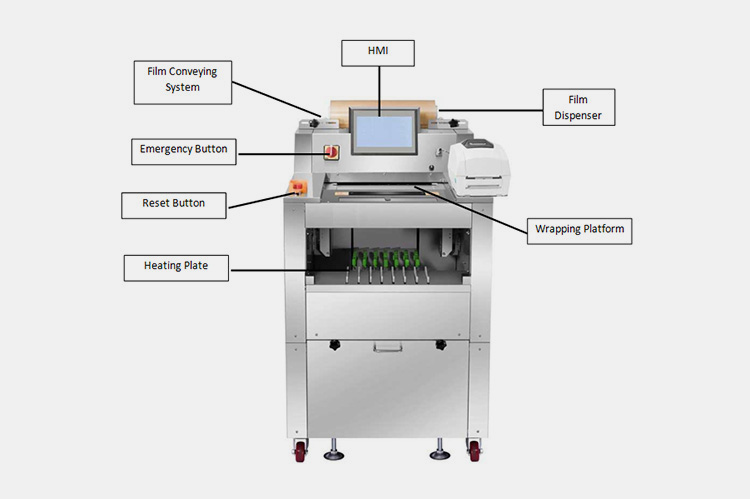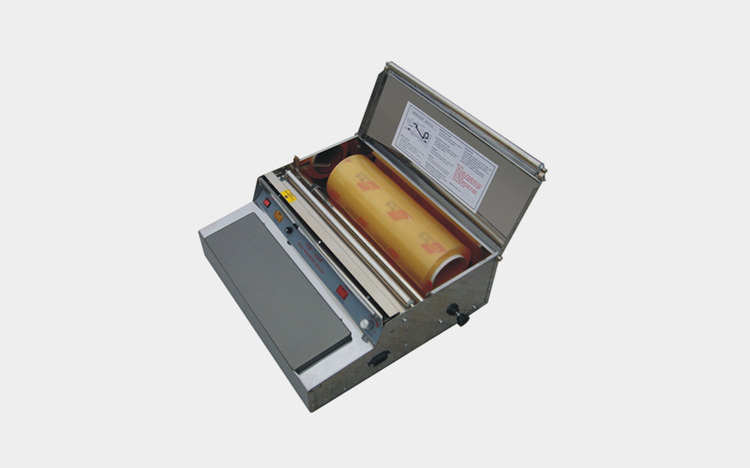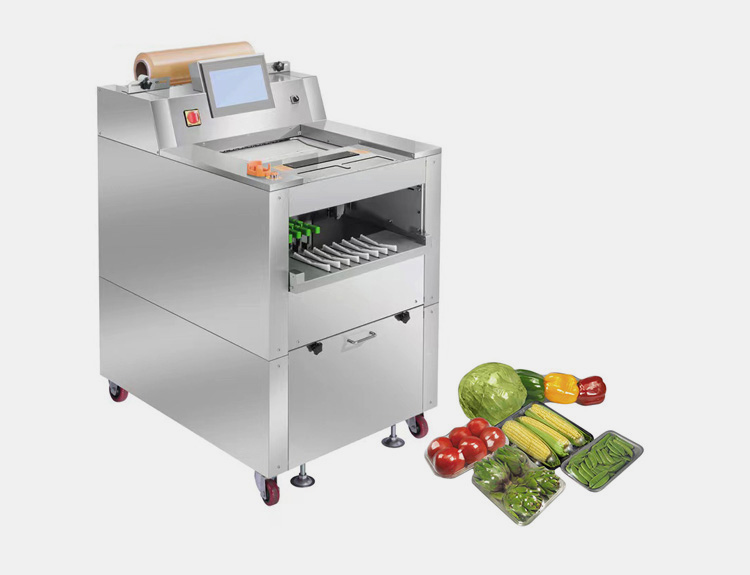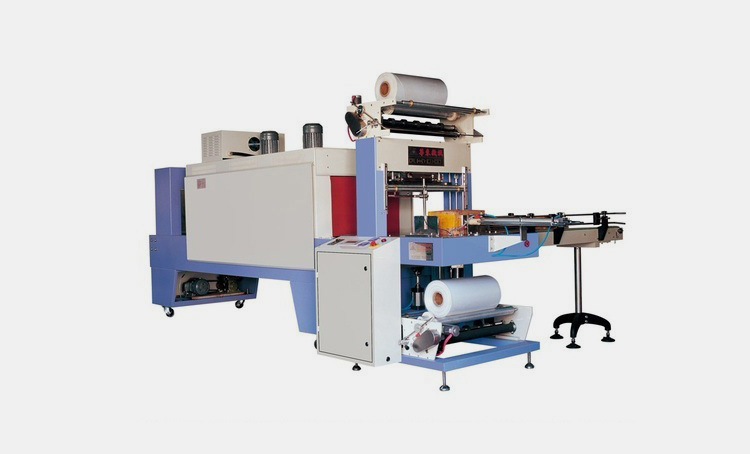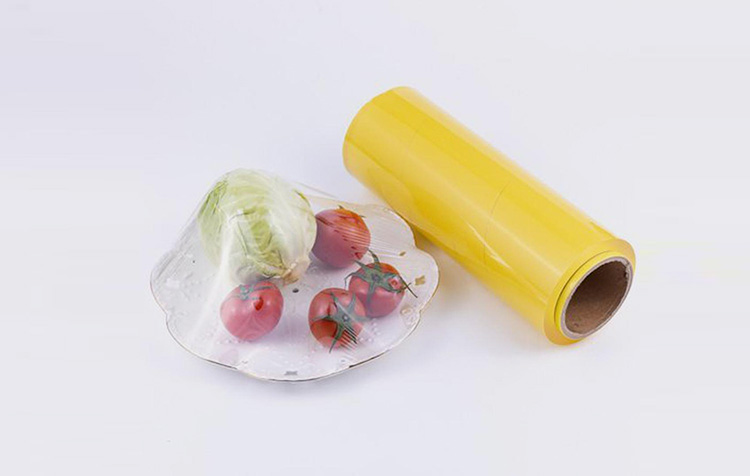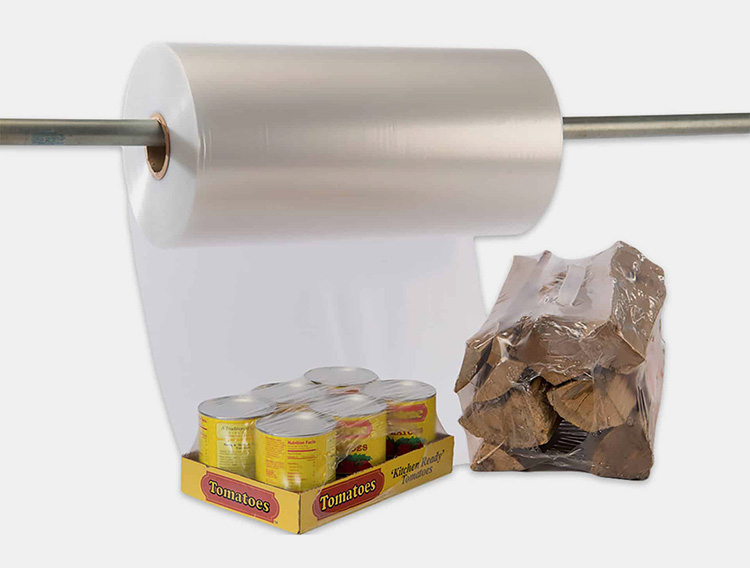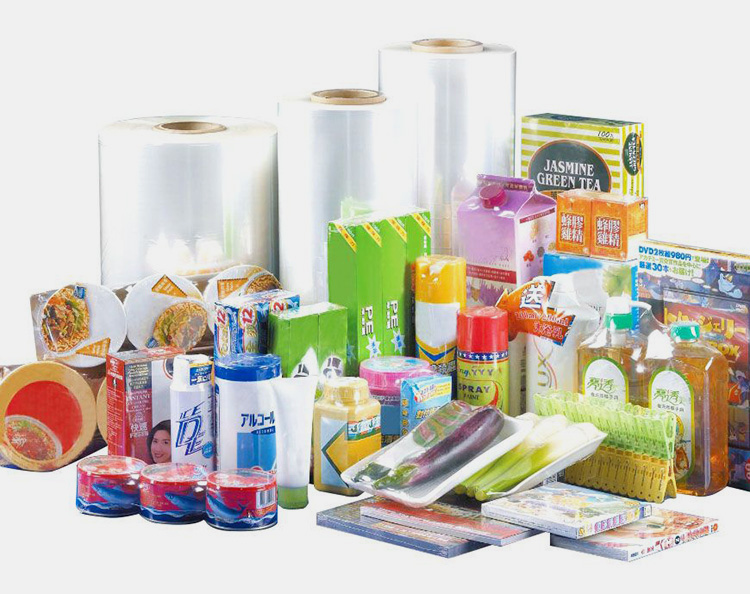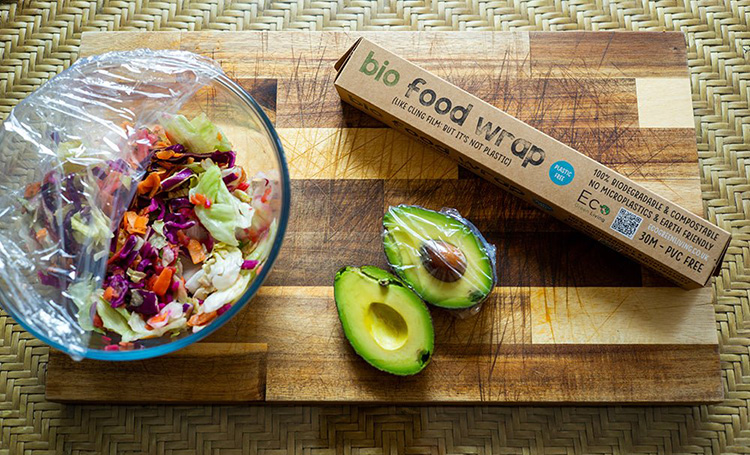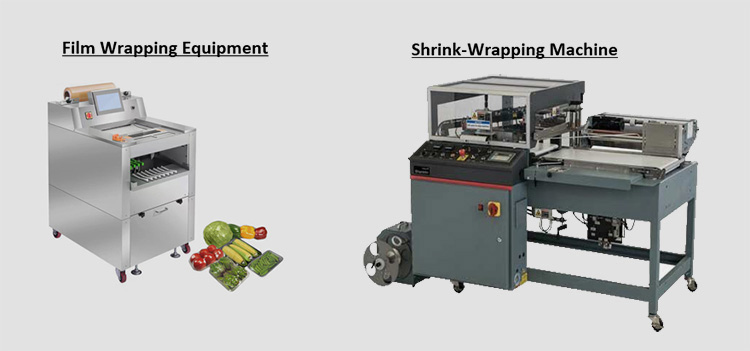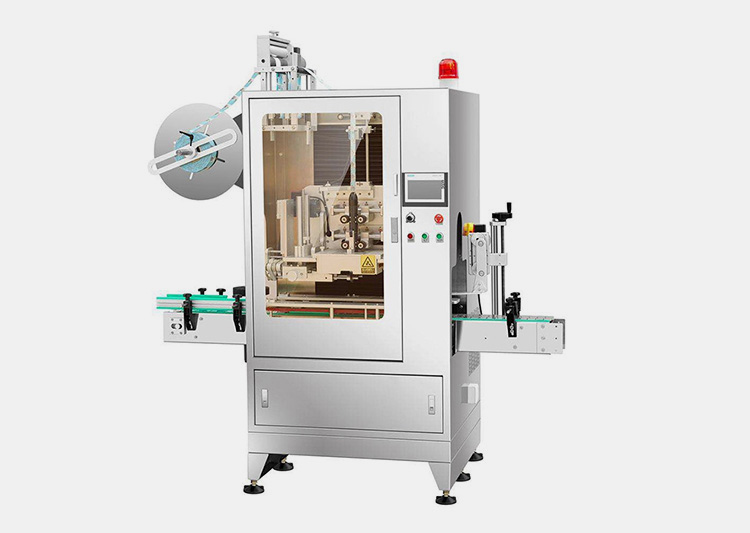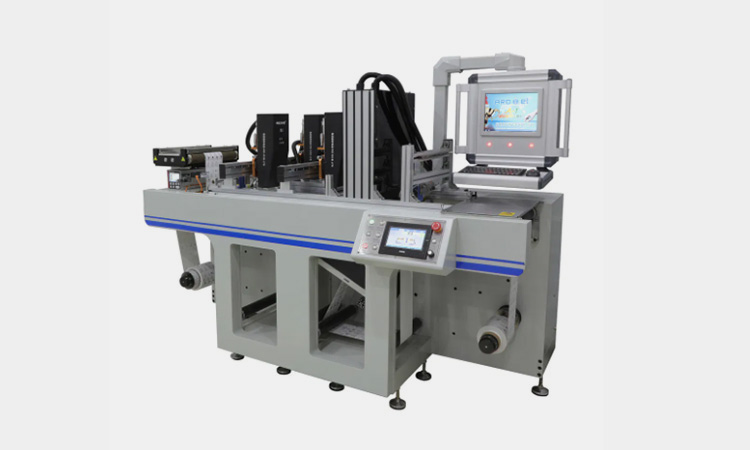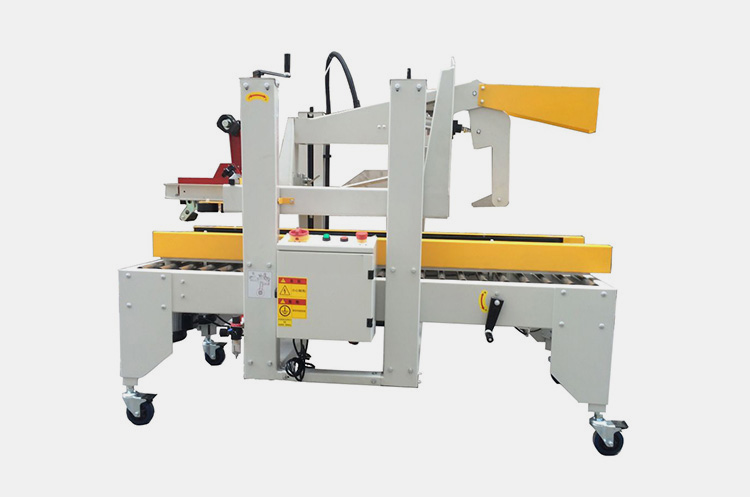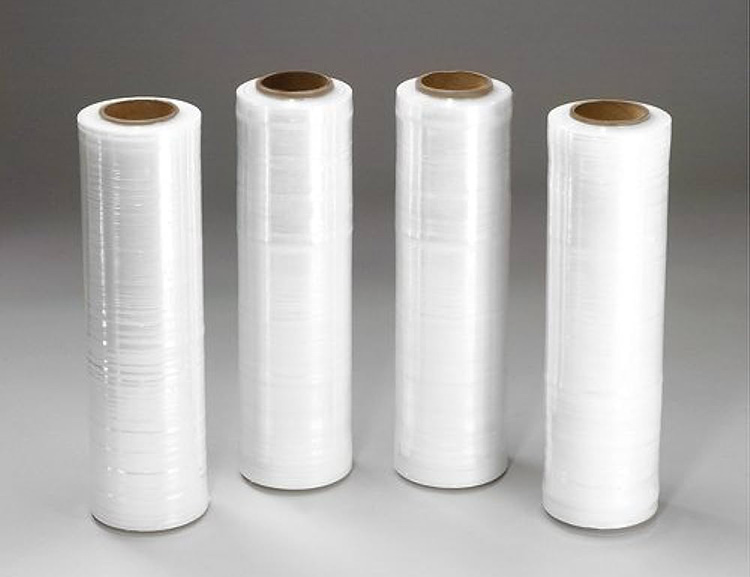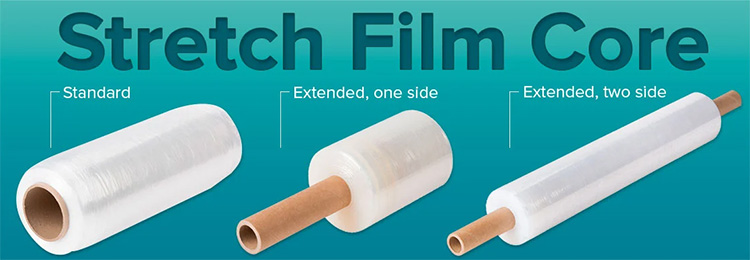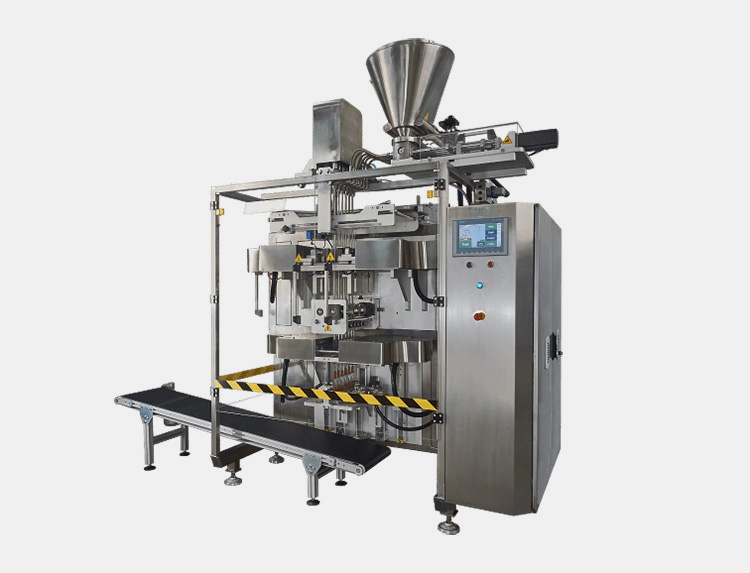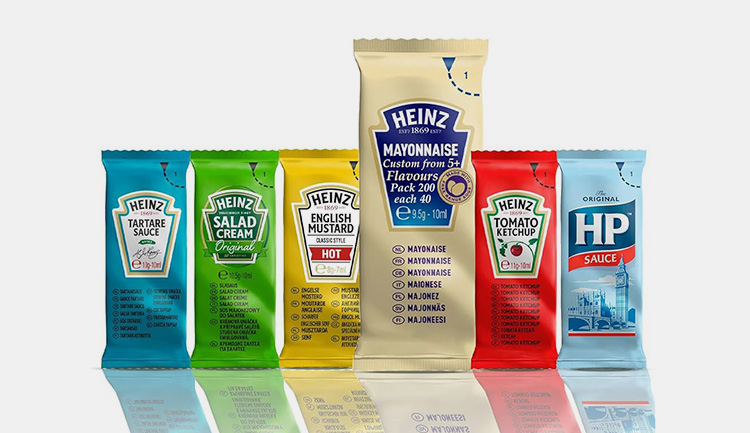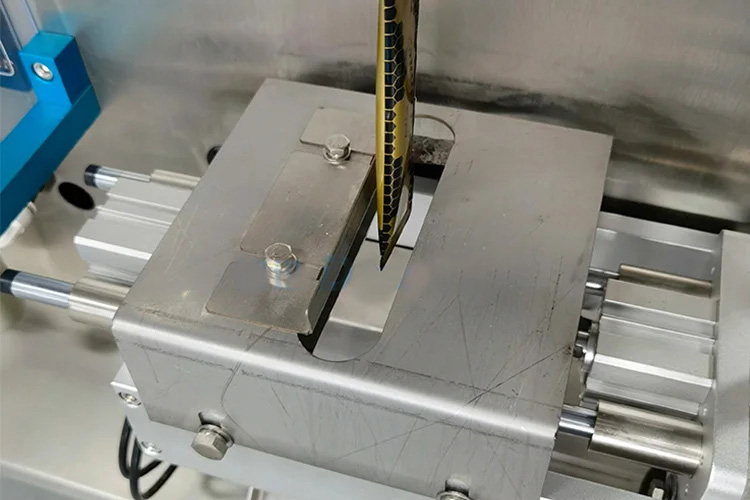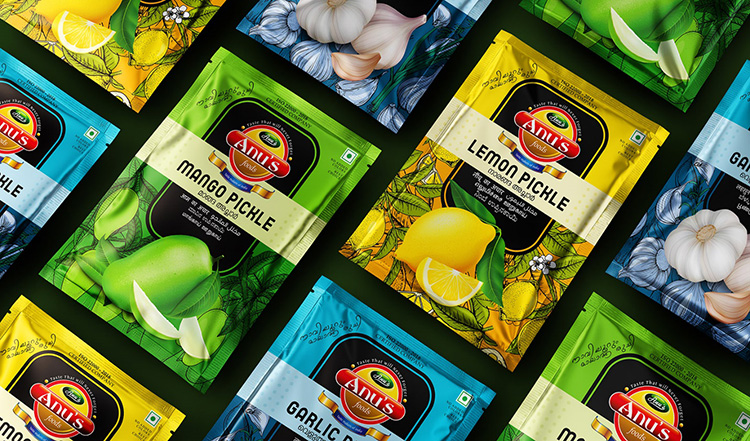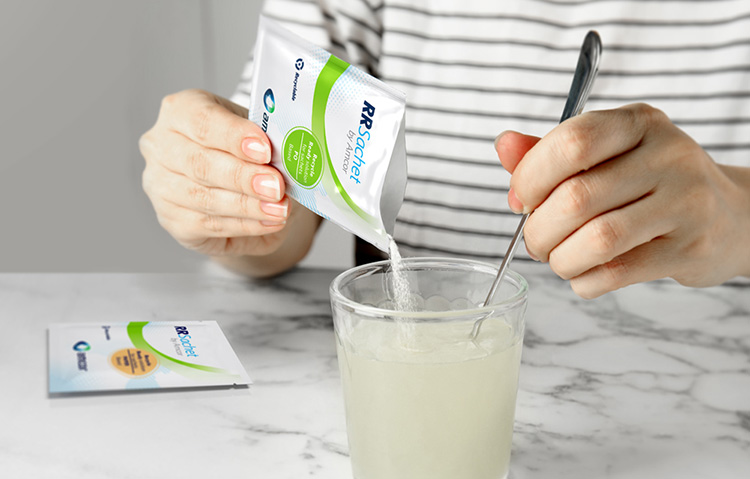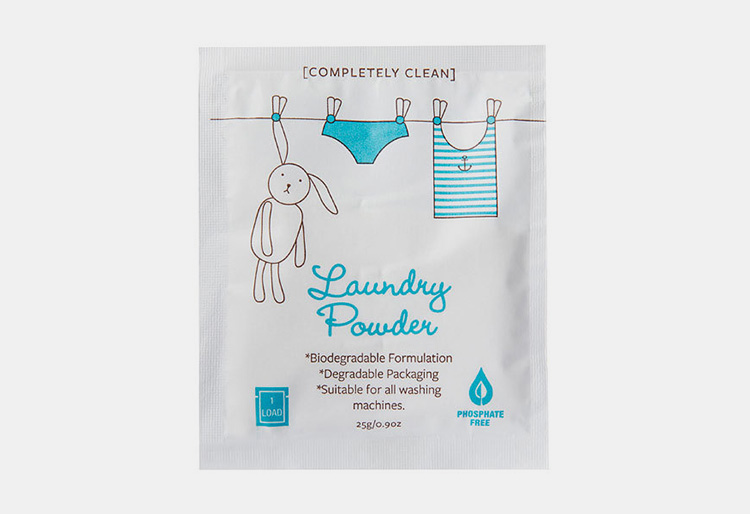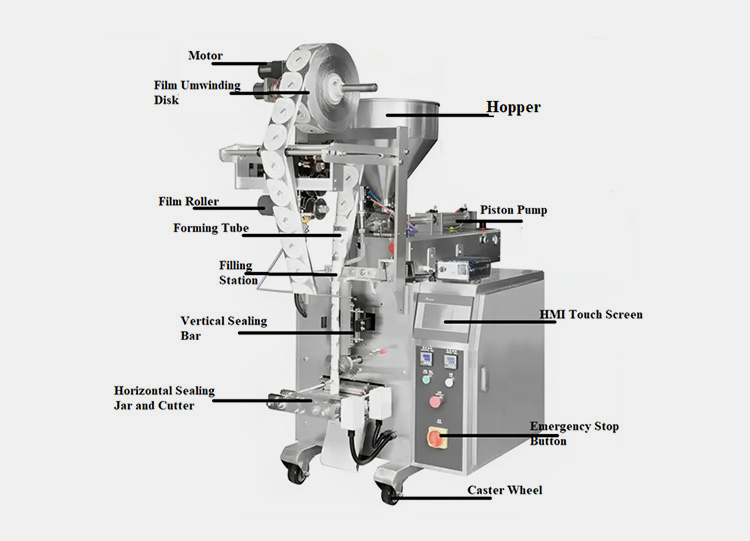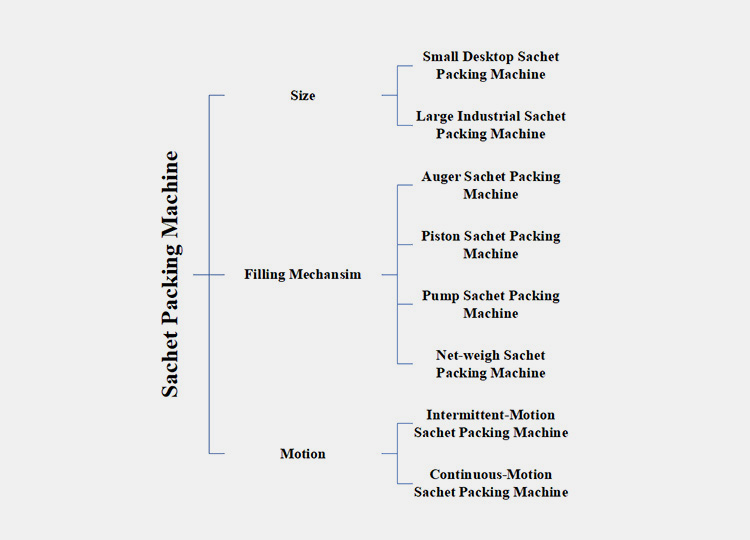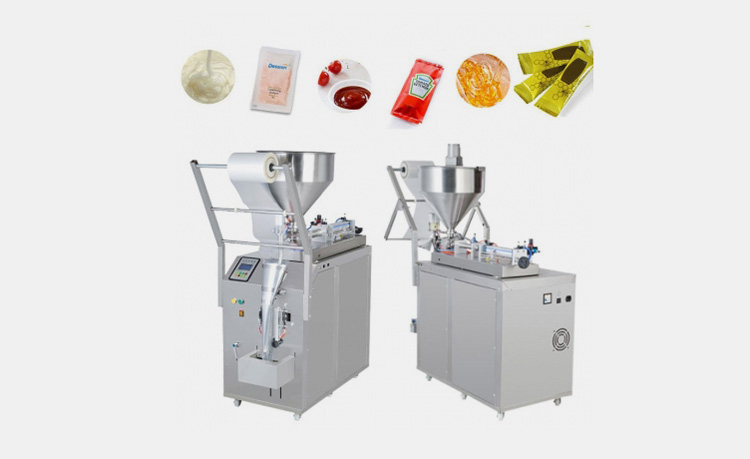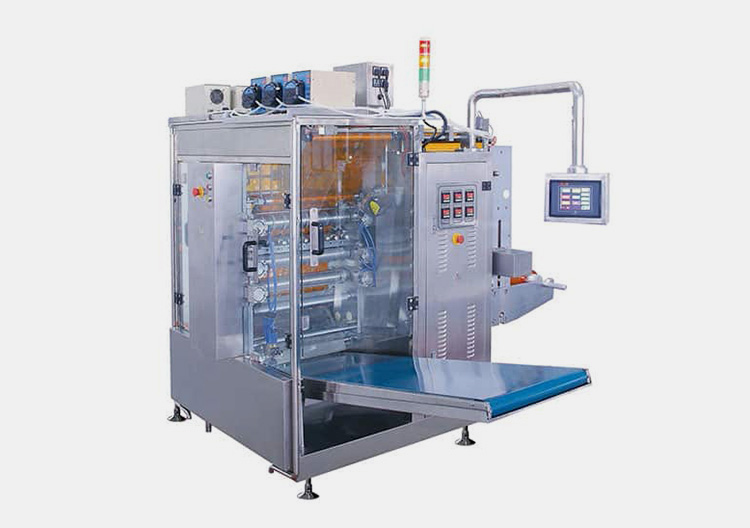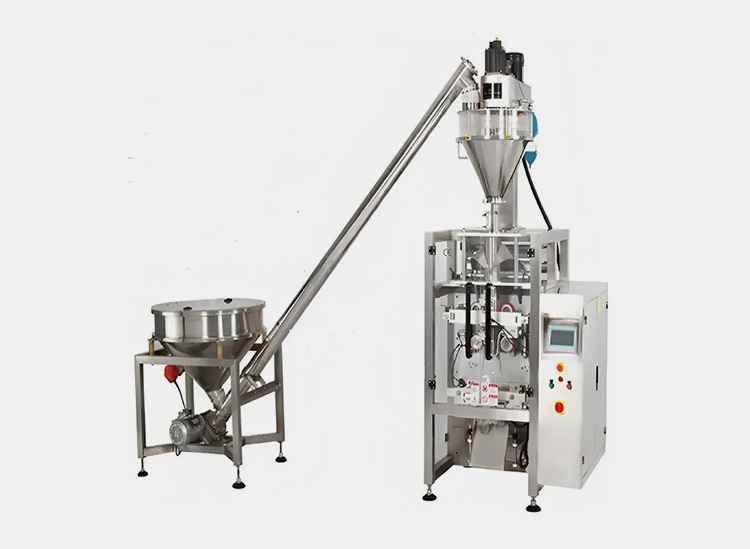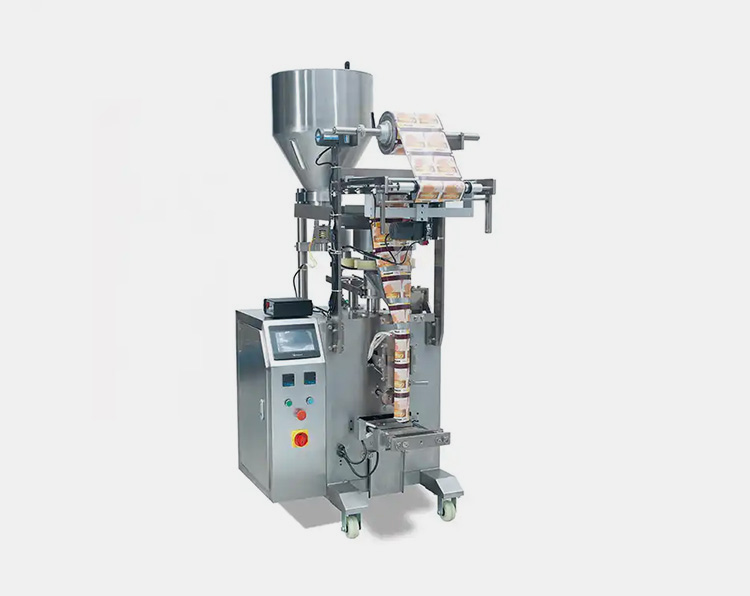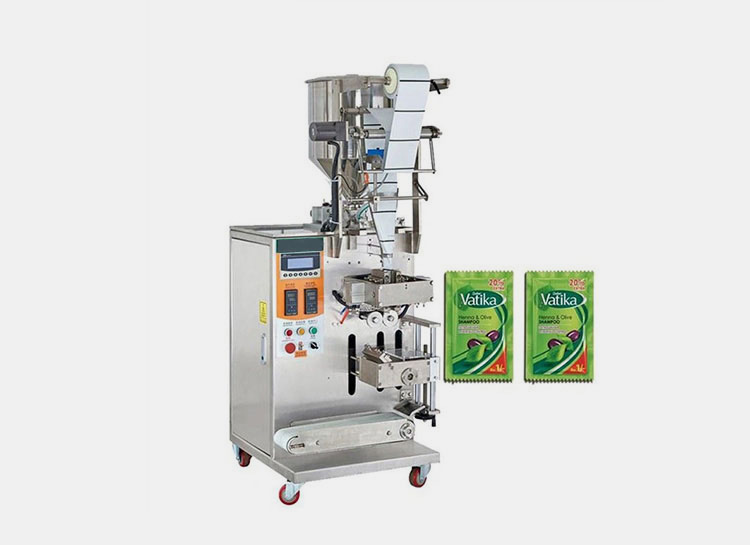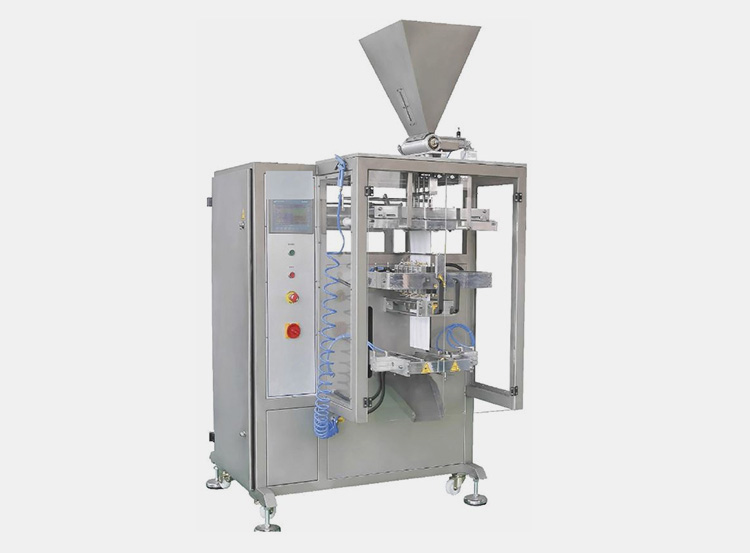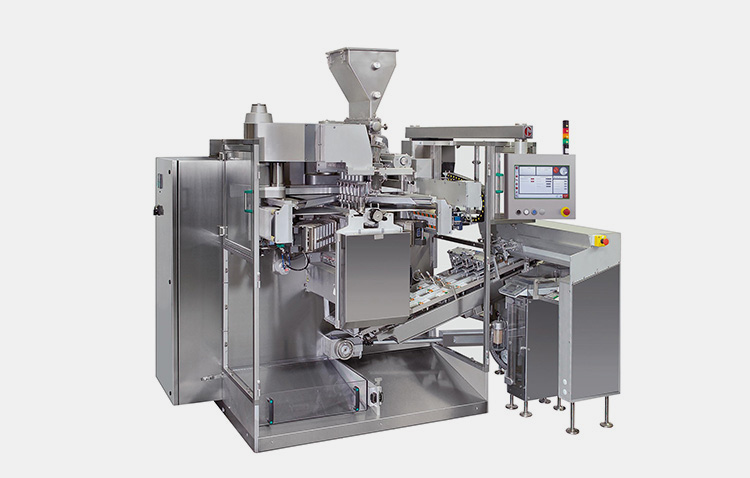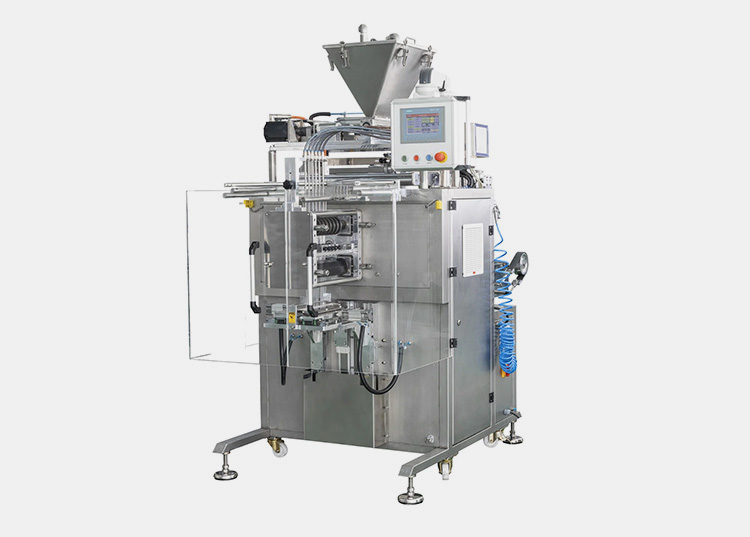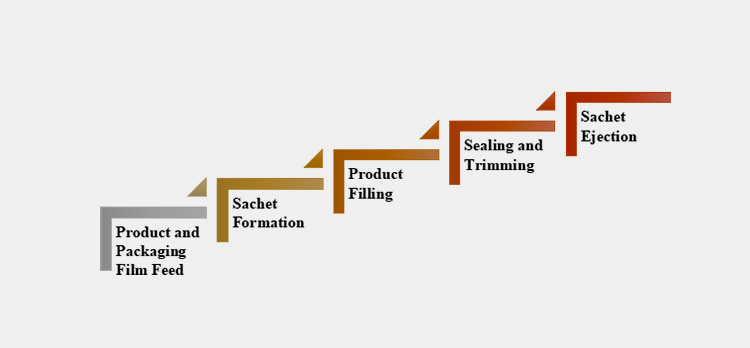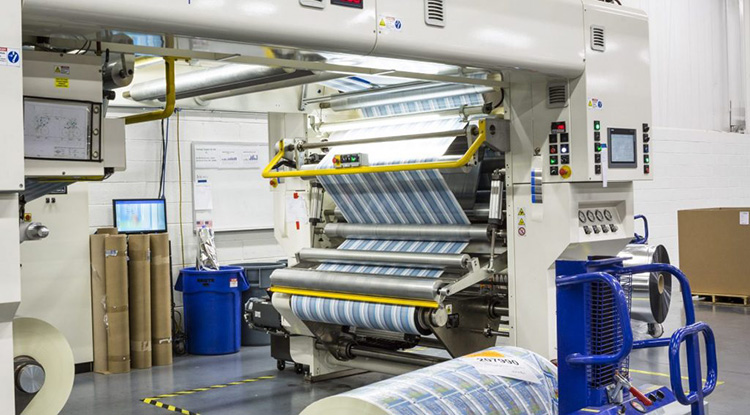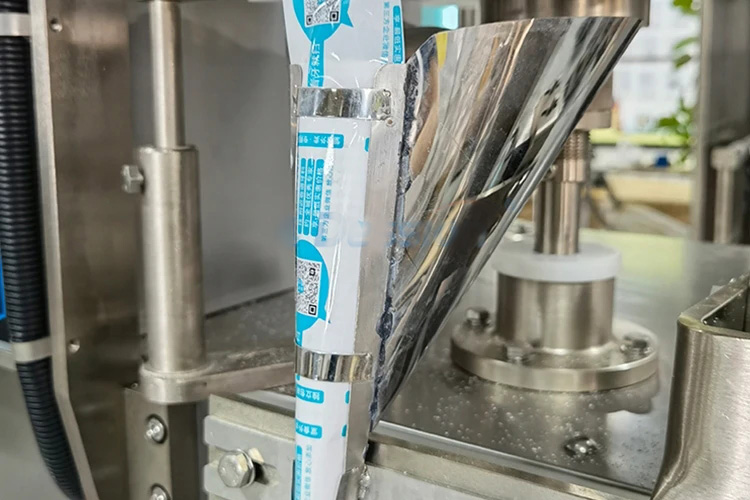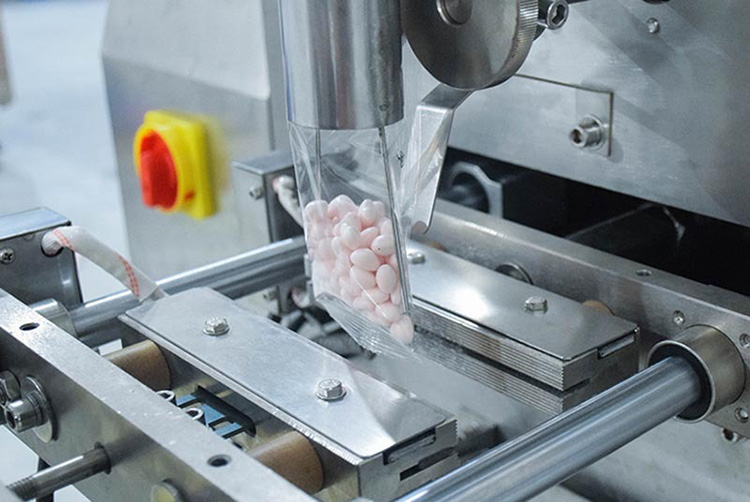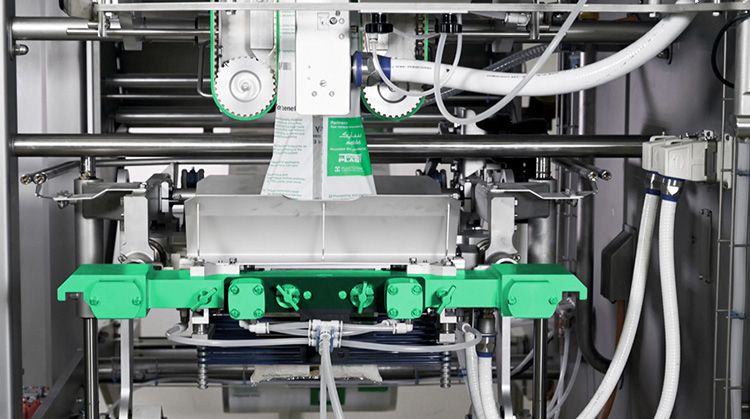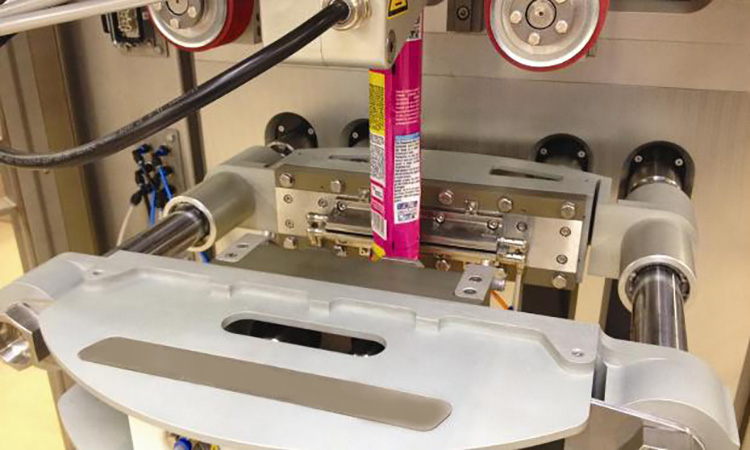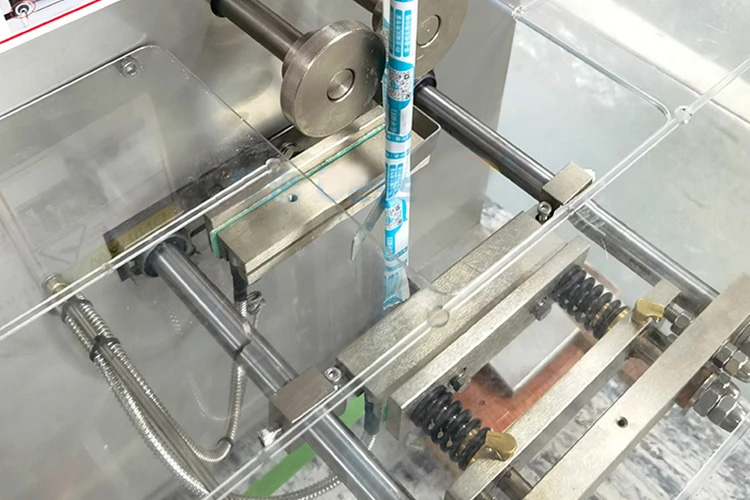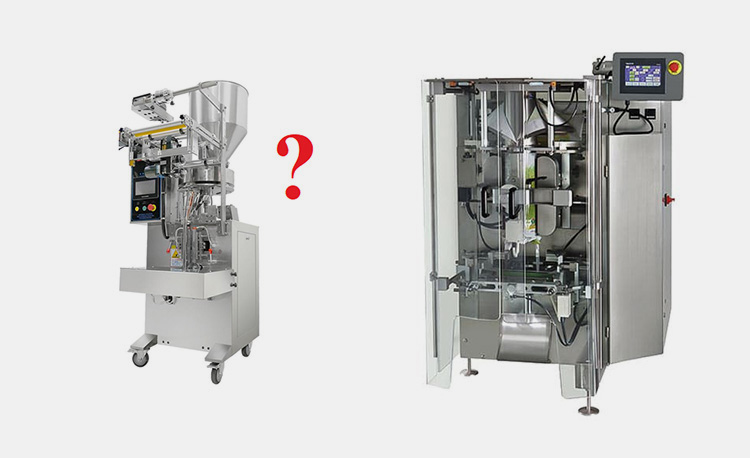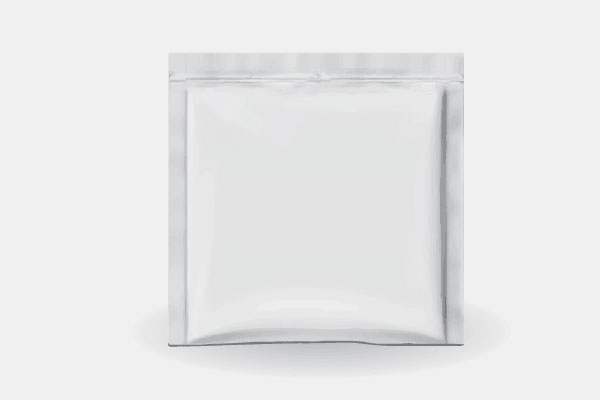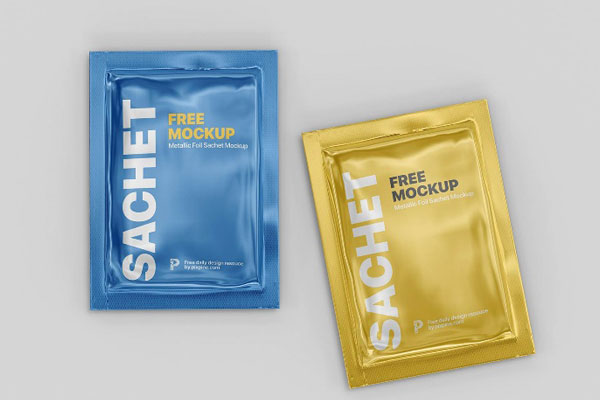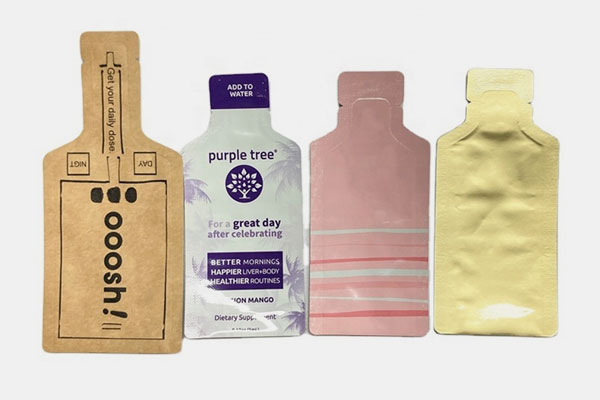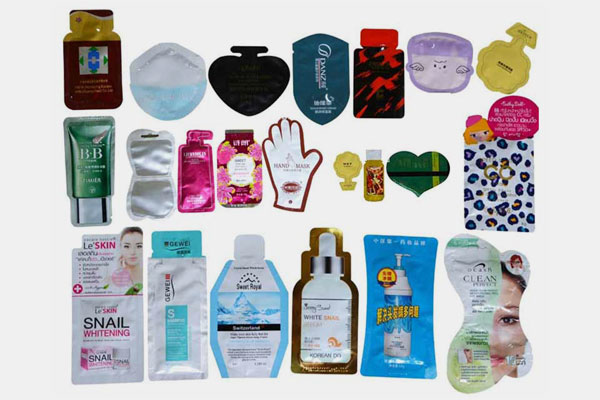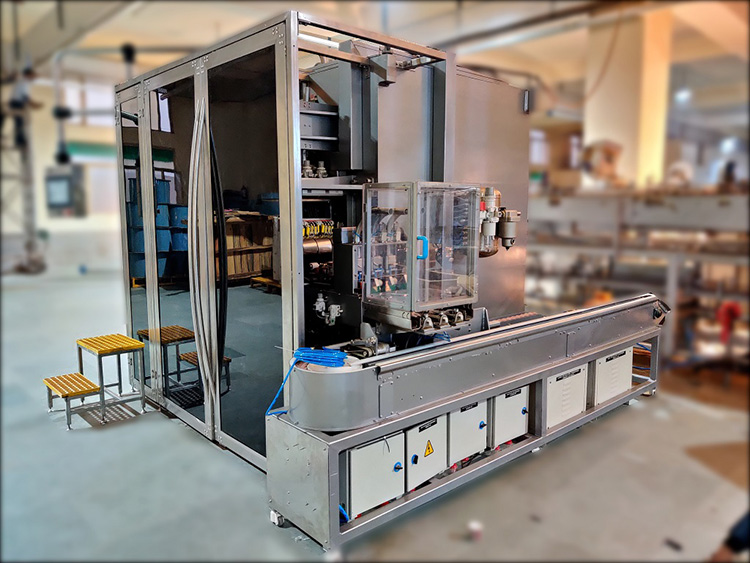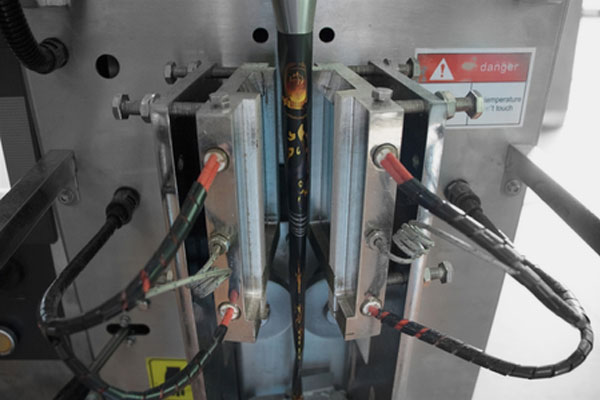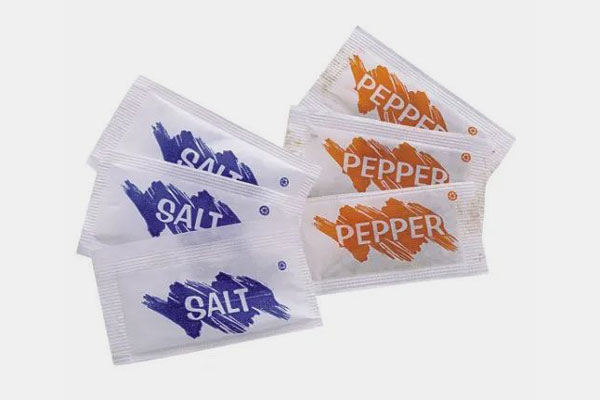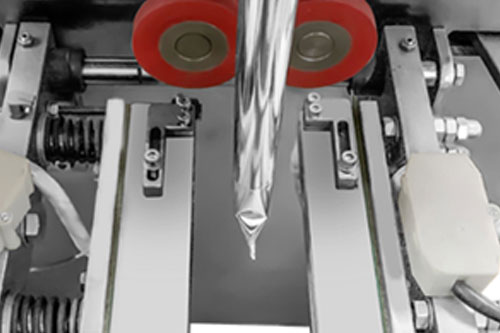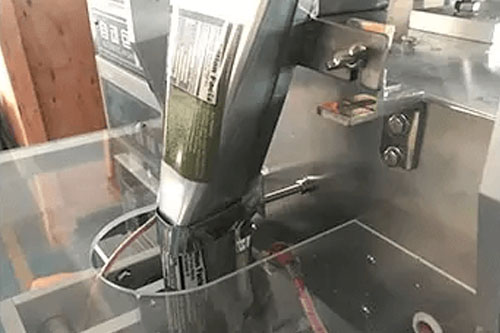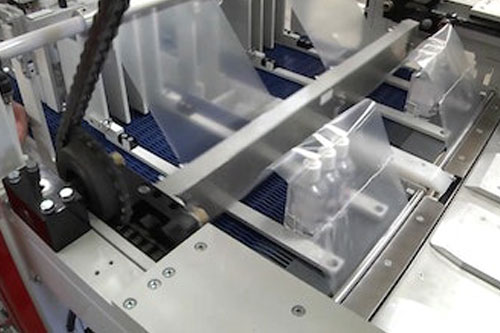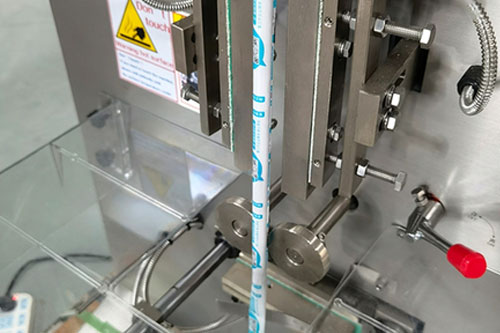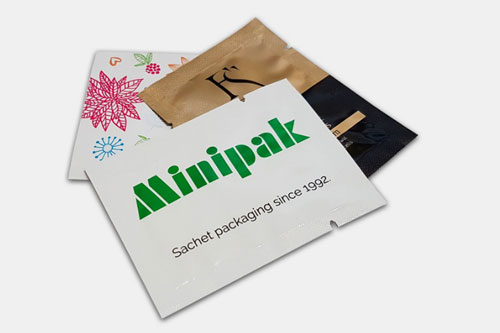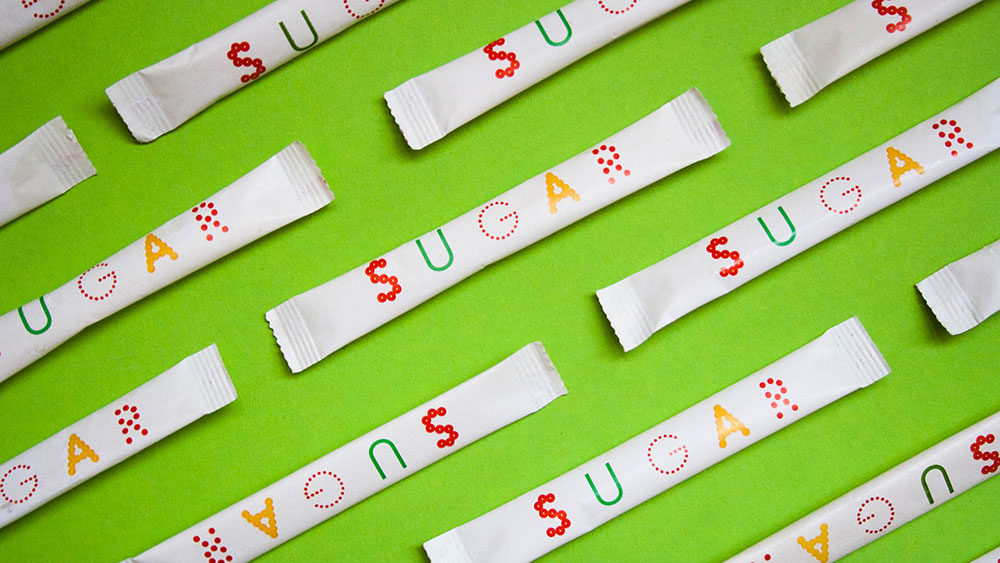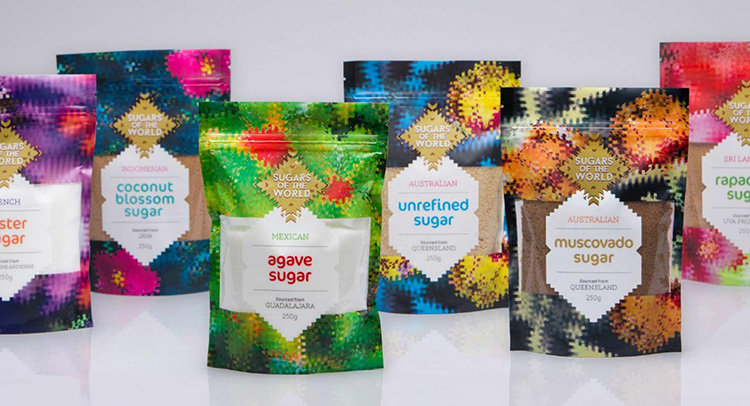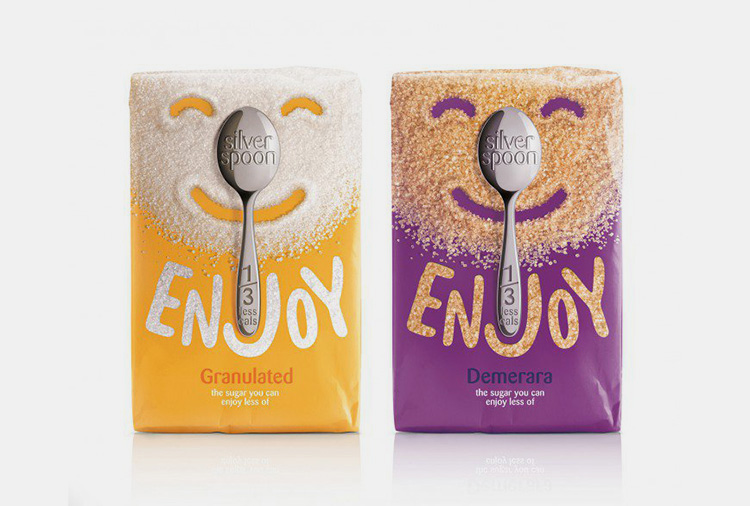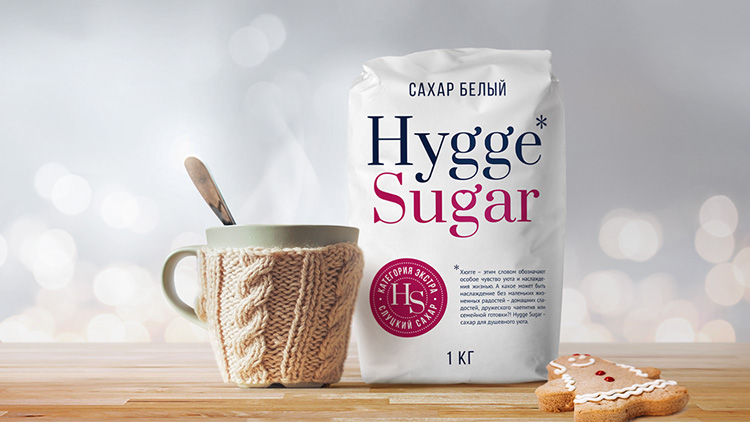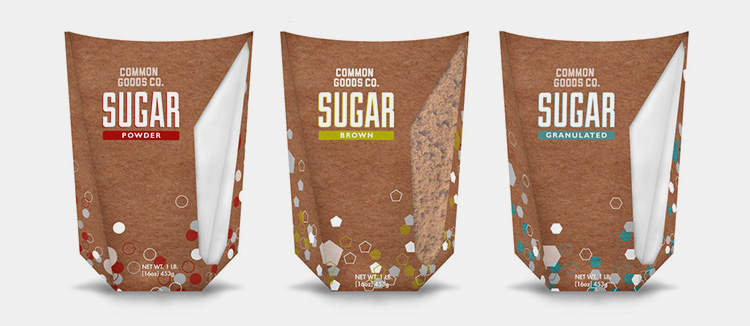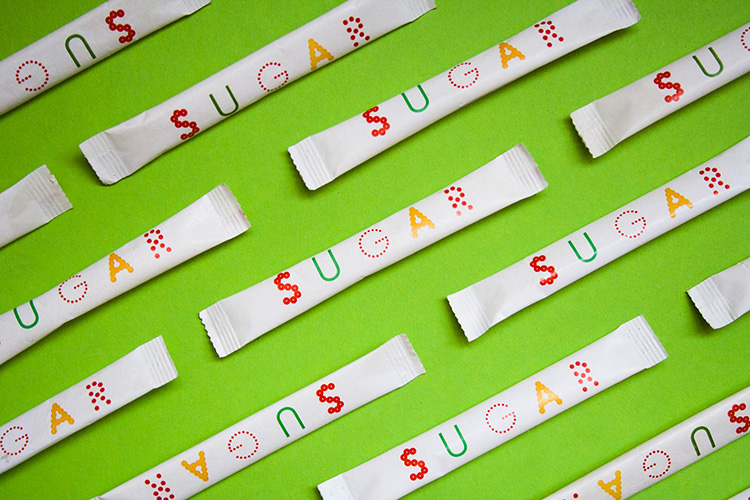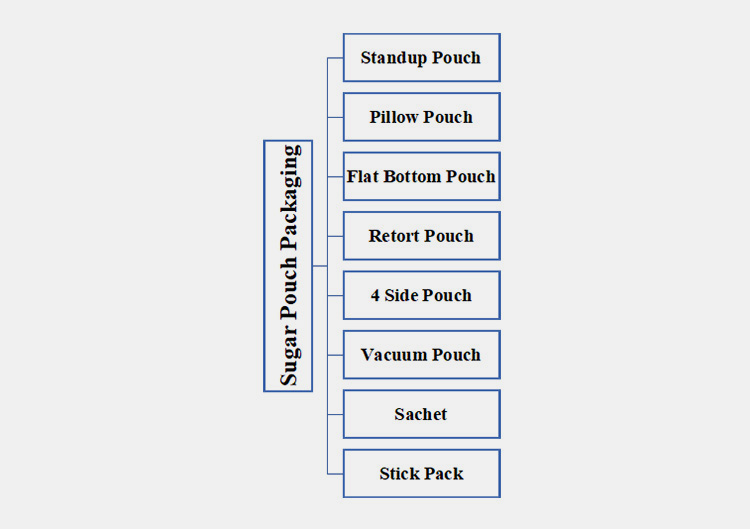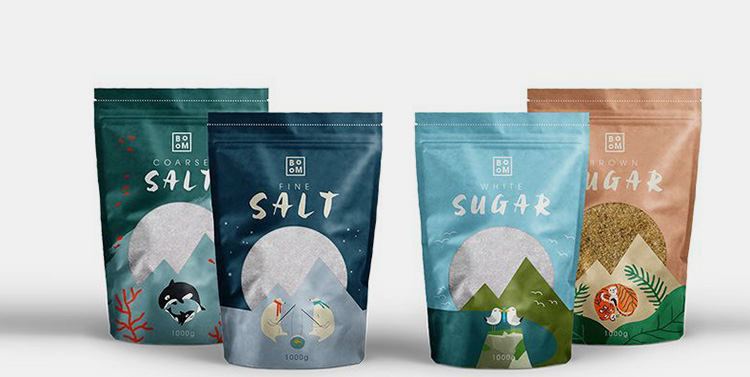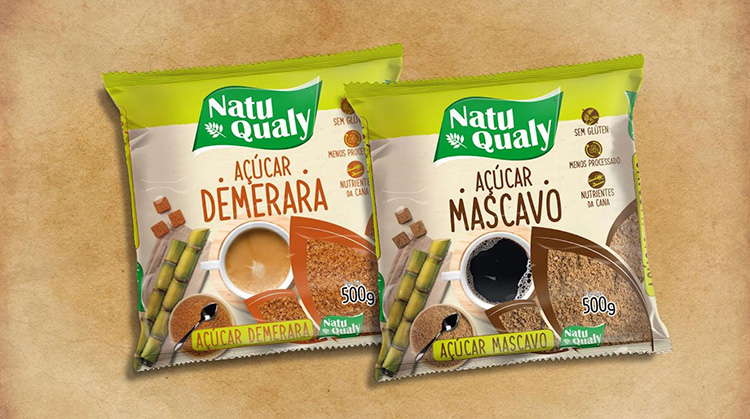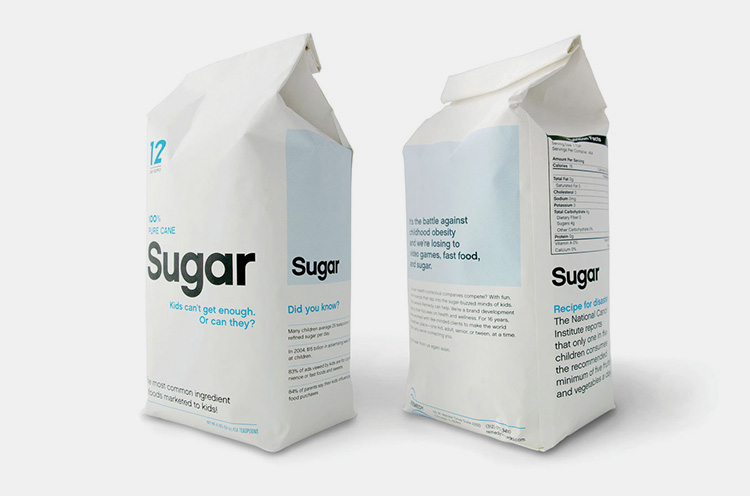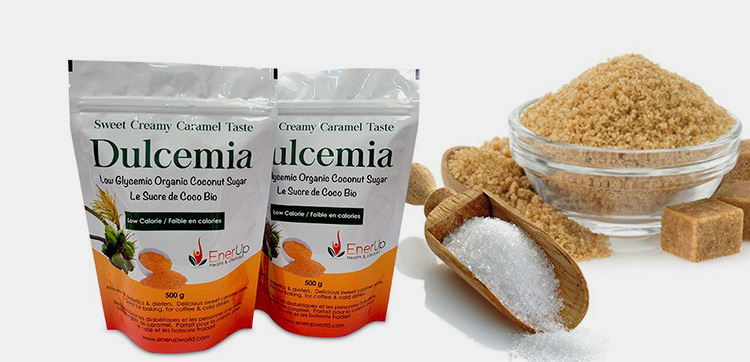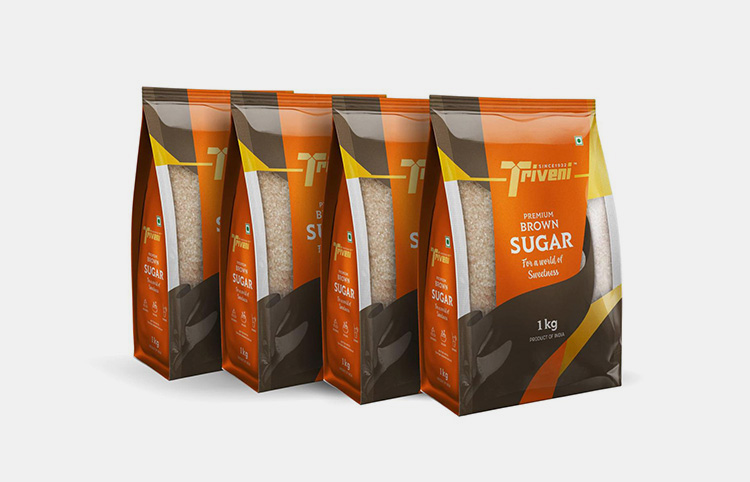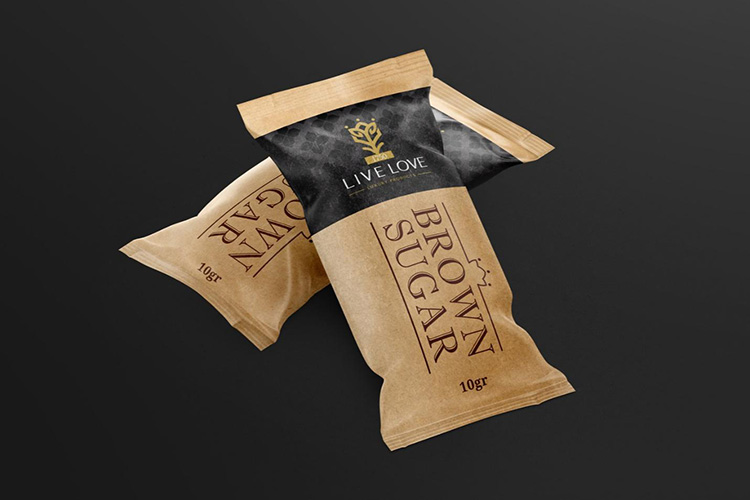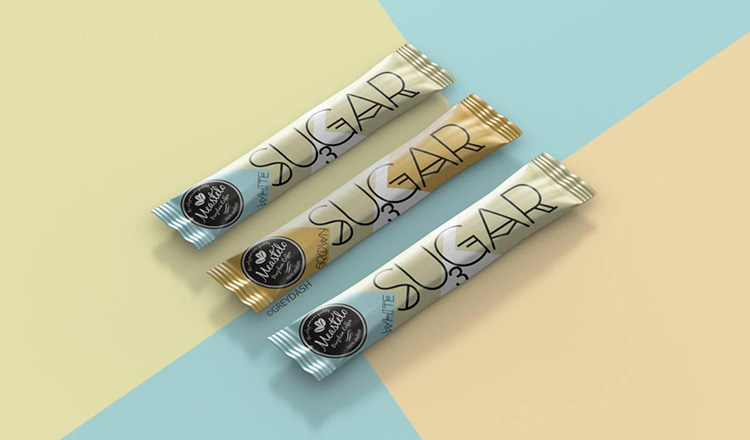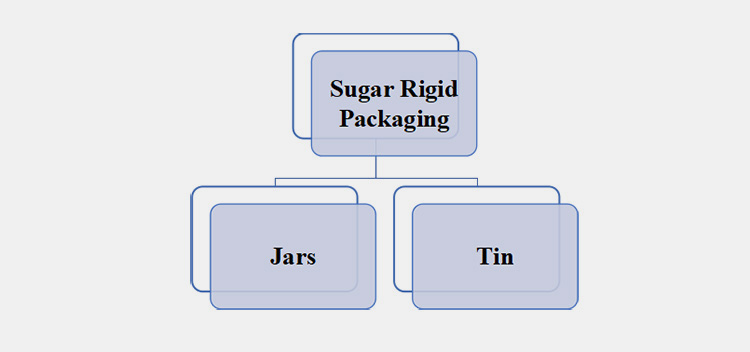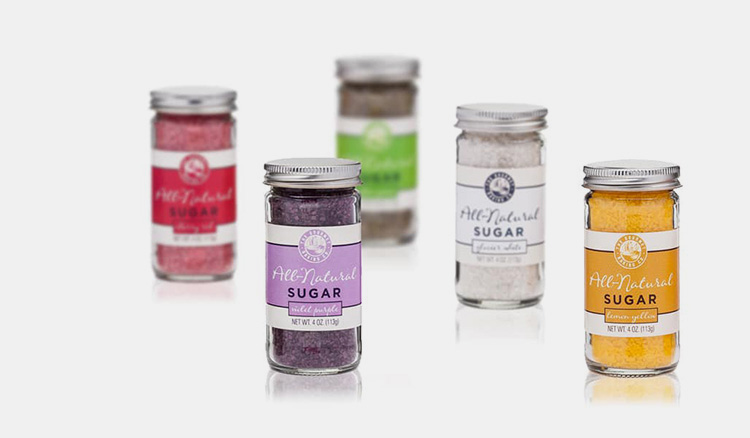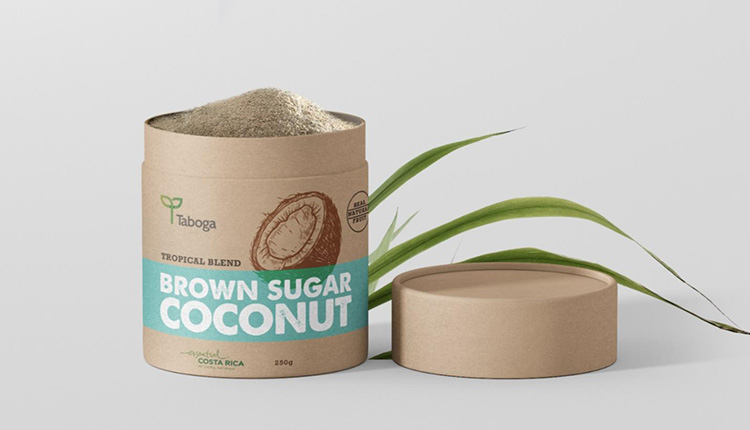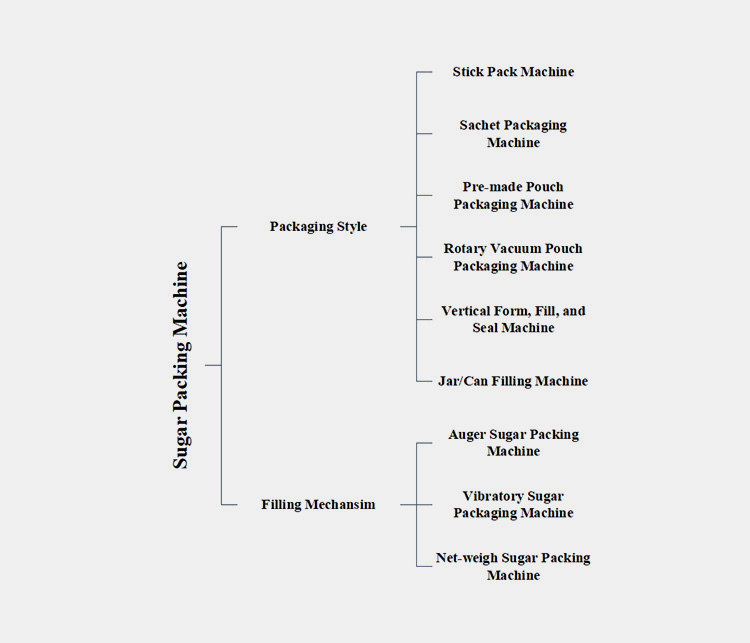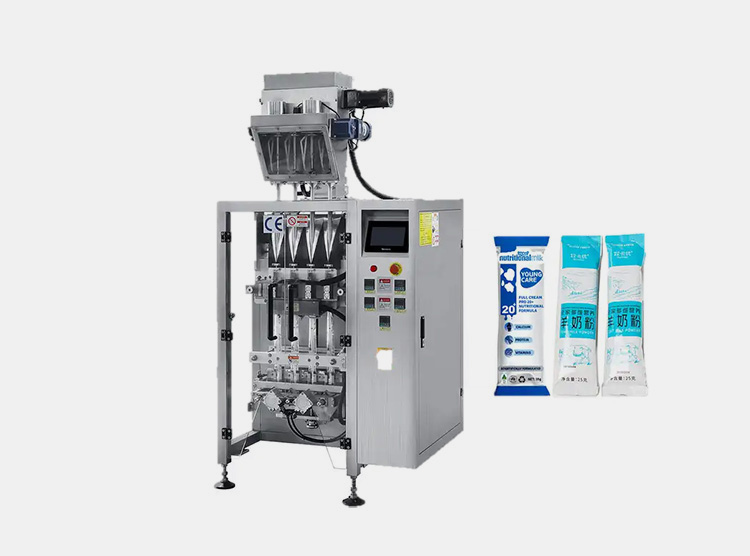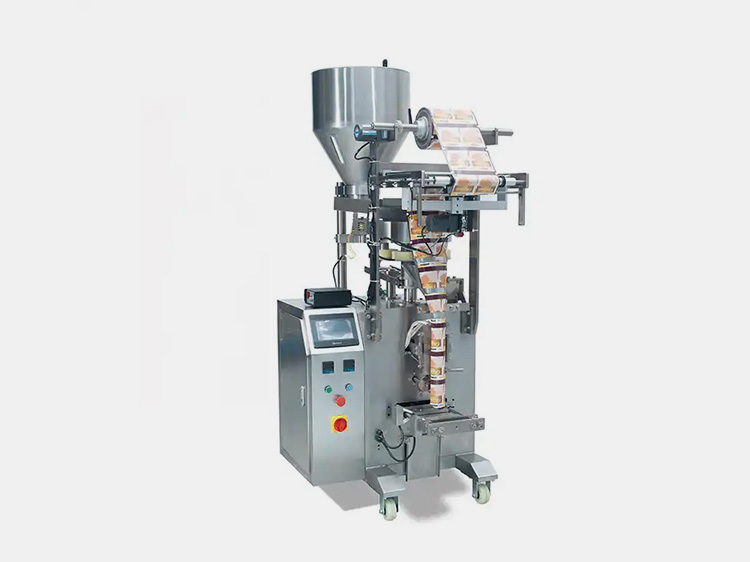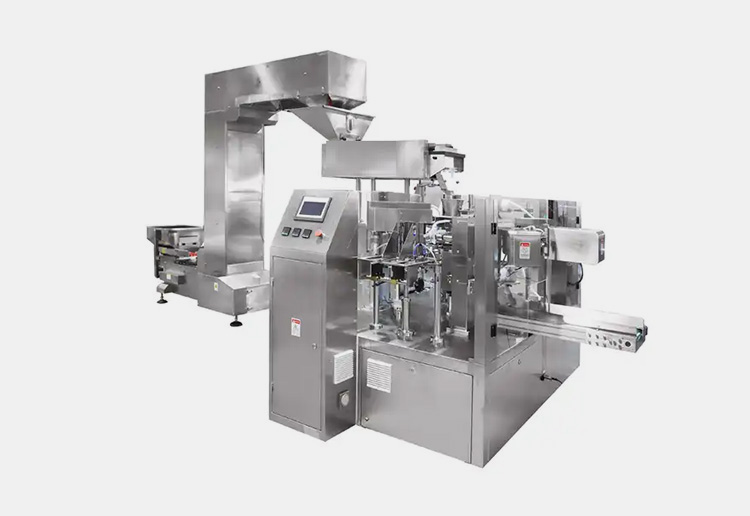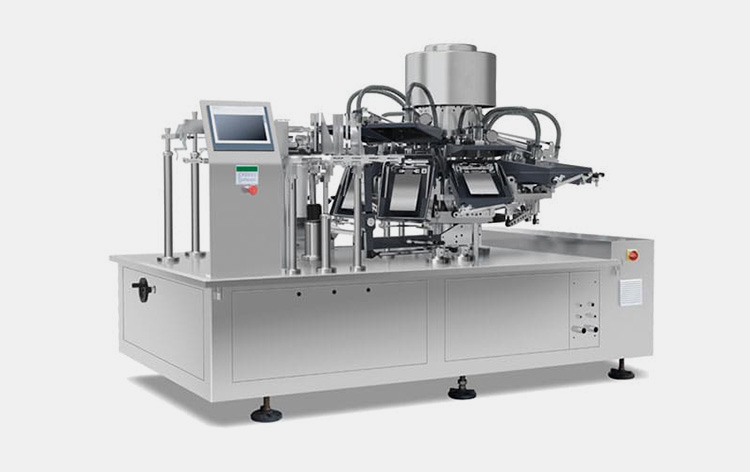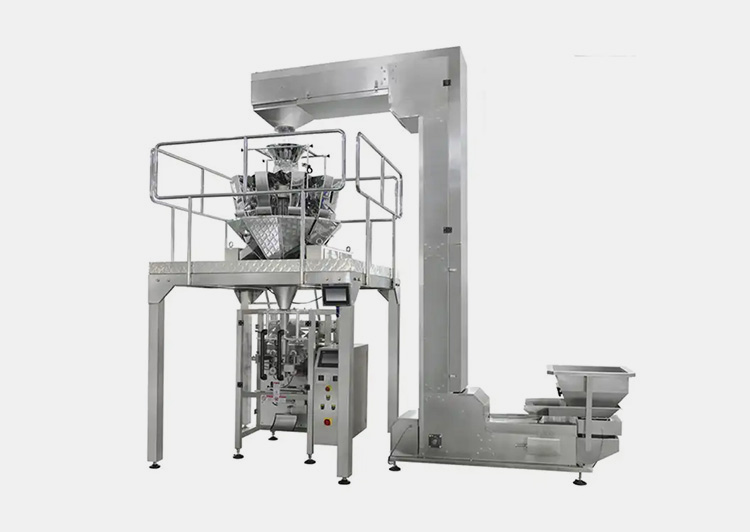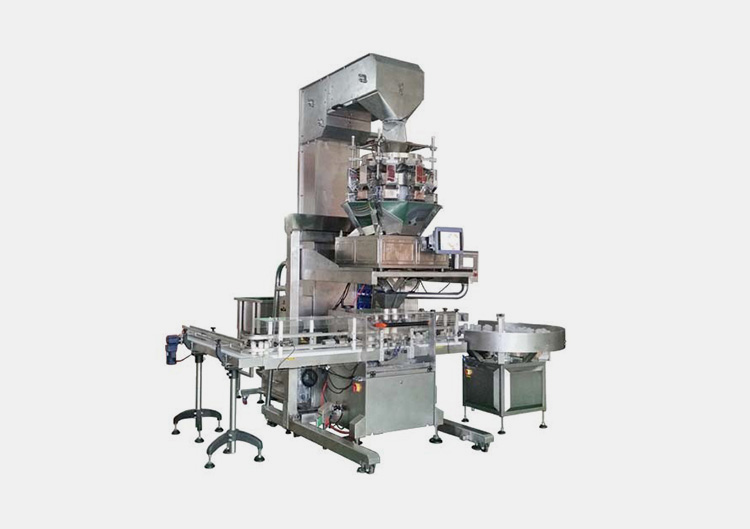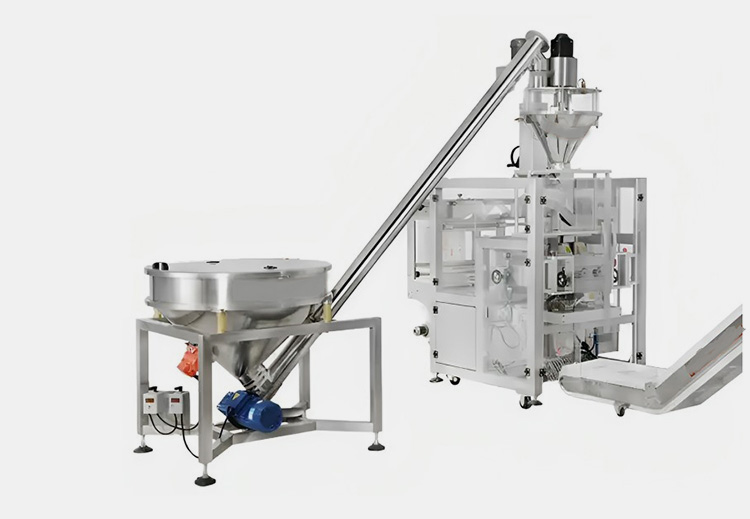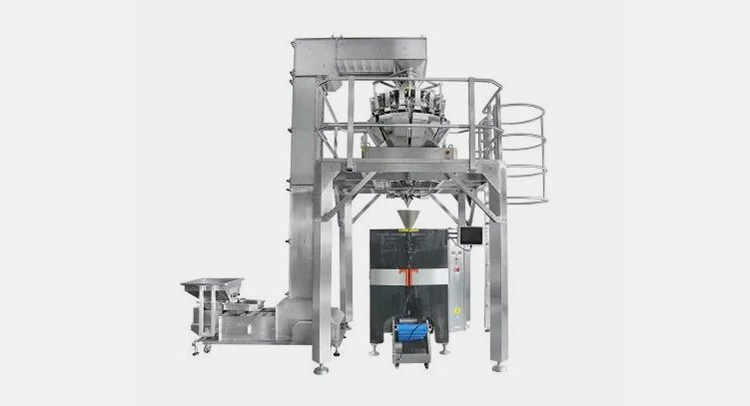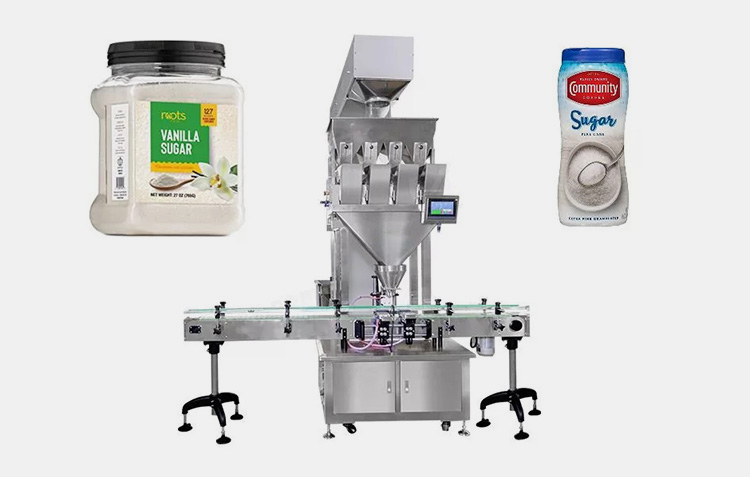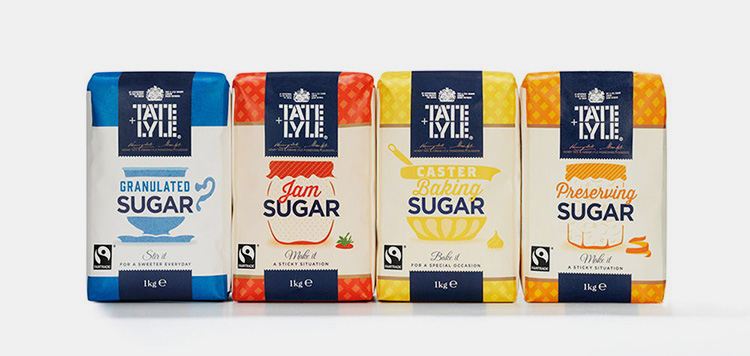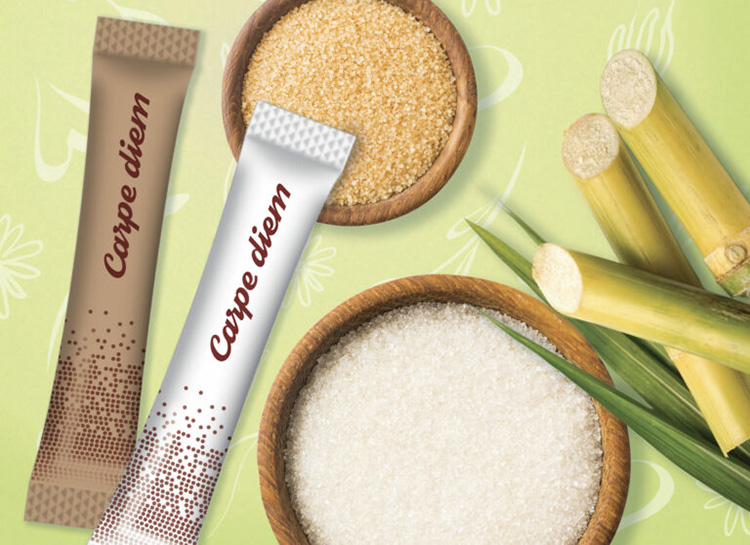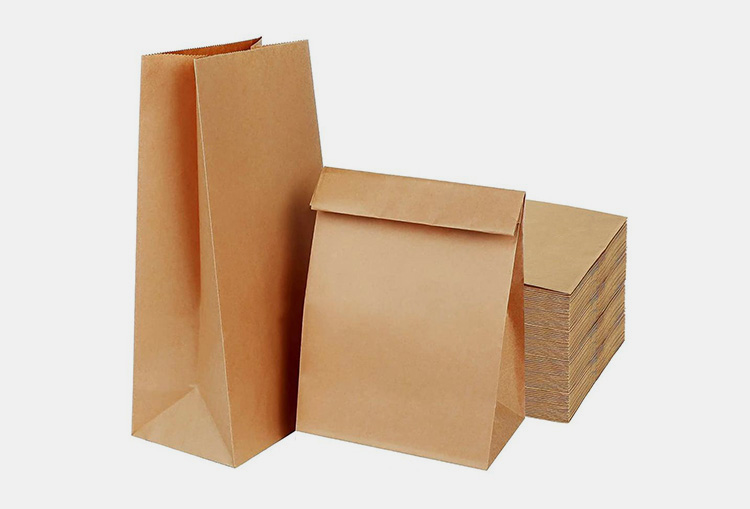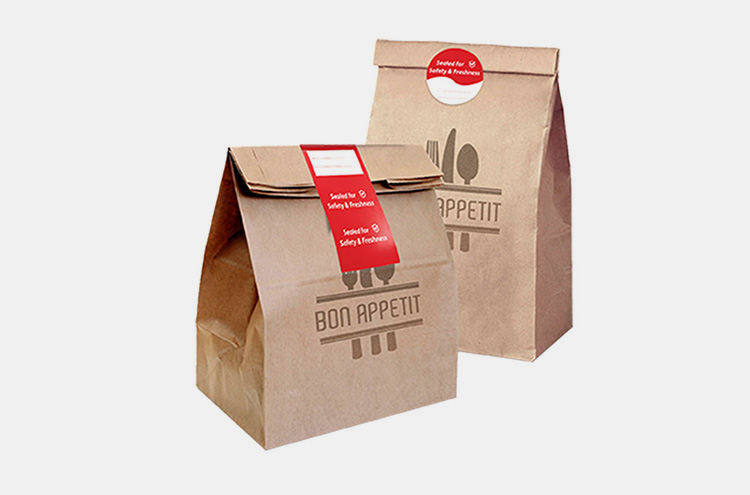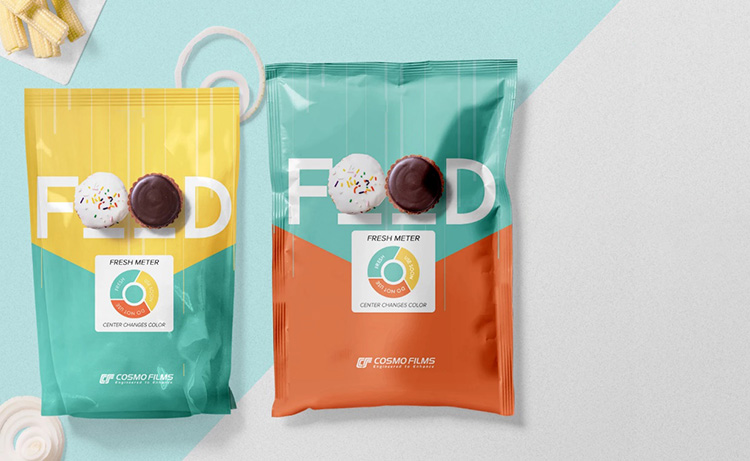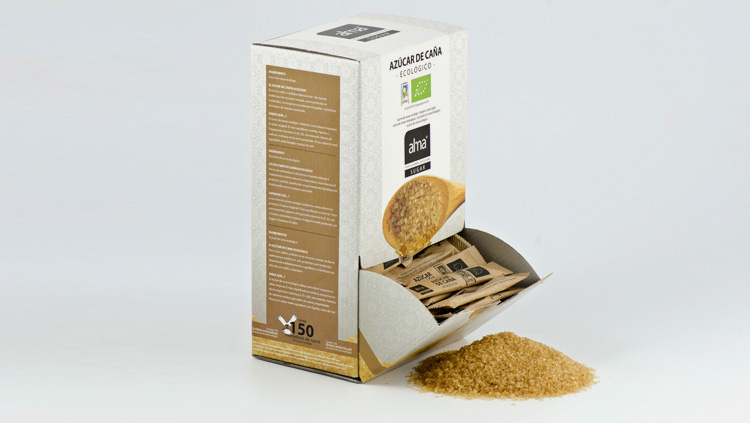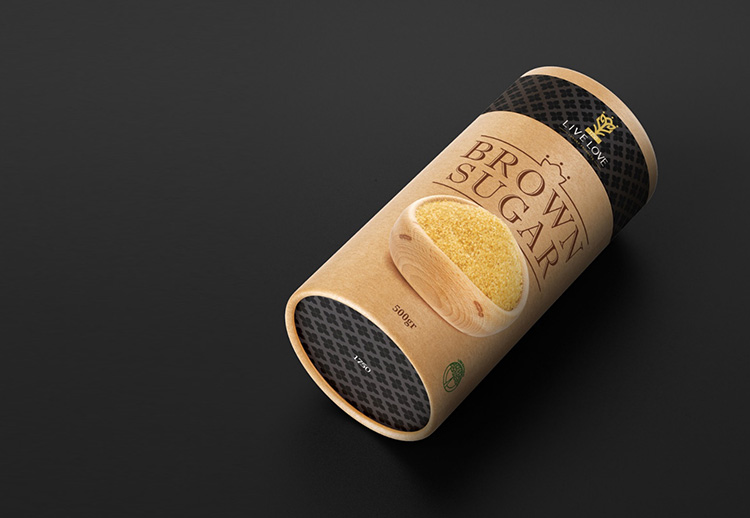Coffee Packaging: The Complete FAQ Guide In 2025
Coffee Packaging: The Complete FAQ Guide In 2025
A cup of coffee breathes new life on a lazy morning. A roasty, nutty, and fruity aroma of coffee is a guaranteed way to wake a sleepy head. The Crispness, freshness, aromatic flavour, and smell of coffee are only possible because of coffee packaging. Due to the increase in number of coffee lovers every day, the demand of coffee packaging is increasing. The long shelf-life of coffee is thanks to durable packaging.
There are a variety of options for packaging coffee whether pouches or tins, pods or jars. If you want to learn more about coffee packaging then this blog will take you on a detailed exploration of coffee packaging. Let’s dive in.
1.How To Define Coffee Packaging?
Coffee Packaging- Picture Courtesy: Eat This, Not That!
Coffee packaging is a container for enclosing coffee to keep it safe during handling, transportation, marketing, and distribution. Its main purpose is to offer protection against harsh environmental conditions such as heat, humidity, and dryness. Coffee packaging is the one thing that safeguards coffee on the journey from warehouses to consumer kitchens.
From freshly roasted coffee beans to aromatic grounded coffee powders coffee packaging contains a variety of coffee forms. Nowadays, coffee packaging also packs coffee drinks. There is a wide range of options for coffee packaging, for instance, coffee pouches, coffee tins, coffee jars, coffee bags, and so on.
2.Why Is Coffee Packaging Important?
Coffee packaging has a central place in the coffee industry. Farmers, suppliers, brand owners, and every one part of the coffee industry benefit from this packaging. Coffee packaging has several advantages:
Safe Transportation
Safe Transportation of Coffee Packaging- Picture Courtesy: Pull & Pour Coffee
From factory to retail stores, there is a tough journey, where there are high chances of mechanical damage such as tear, leak, or scratching. However, coffee is packed inside tough, sturdy, and long-lasting packaging that decreases the chances of such damage.
No Contamination
Coffee Packaging- Picture Courtesy: Blue Bottle Coffee Lab
Coffee is made of molecules that are food from microbes and pests. Insects and vermin can spoil open coffee. Therefore, coffee is packaged in leakage-proof packaging that has zero permeability for the entry of microorganisms and other biological agents. Due to coffee packaging, coffee can last long.
Protection
Protection by Coffee Packaging- Picture Courtesy: Roaster
Air and water vapours are typically responsible for the loss of freshness, aroma, and taste of the coffee. Coffee powders are hygroscopic, meaning that they can absorb water vapours and can result in lumpy powders. Moreover, oxygen in the air can react with coffee powders, leading to their mustiness. High temperatures can also promote this reactivity. Thus, strong impermeable coffee packaging protects the packed coffee against these environmental agents.
Branding
Marketing by Coffee Packaging
In addition to protection, coffee packaging also serves as a bulletin board for the marketing of coffee brands. A unique ingeniously designed coffee packaging is a tool that helps a brand to stand out among saturated retail shelves. Furthermore, different design elements, such as striking logos, artistic topography, and bold and rustic colours on coffee packaging build customer memory, leading to increasing buying possibilities.
3.What Are Different Packaging Styles Of Coffee Packaging?
There are several different types of coffee like espresso, latte, mocha, cappuccino, etc.; all these various forms come in diverse packaging types. Hence, there are many packaging options for coffee. All these packaging styles are discussed below for your knowledge.
Pouch
Pouch packaging is usually made with flexible plastics like PET, LDPE, coated paper, and aluminium foils. Pouch Packaging for coffee is gaining acceptance because of its readily available raw materials, ease of customizability, and cost-effectivity. There are different pouch packaging styles for coffee, for instance:
| Stand-up or Doypack Coffee Pouch
This coffee packaging is well-liked by the roaster because of its affordability and design. It significantly costs less than other coffee pouches and its design aids in standing upright on display shelves, consequently offering more chances for marketability. |
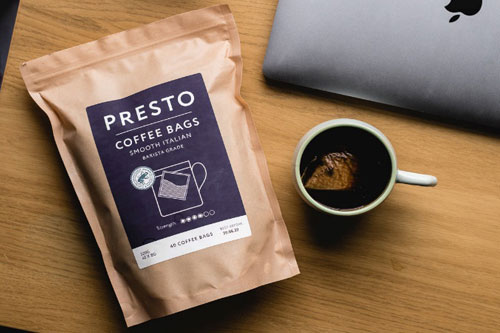
Standup coffee Pouch- Picture Courtesy: Presto Coffee |
| Gusset Coffee Pouch
As the name suggests, this coffee pouch has side folding or gusset that allows them to store more quantity of coffee powders. This coffee packaging style was hit in the late 90s and early 2000s era but now brands are shying away from this packaging style because its narrow top makes it difficult to fill coffee inside these pouches. |

Gusset Coffee Pouch- Picture Courtesy: XWPAK Packaging Co. |
| Quad-seal Coffee Pouches
This coffee pouch does not have a flat base but instead has a folding at the bottom that allows it to package an extra amount of coffee. Both beans as well as coffee powders come in quad-seal bags. Brands prefer quad-seal coffee pouches because it has a large area for printing and labelling. It has a unique side seal that gives it a flat side appearance. |
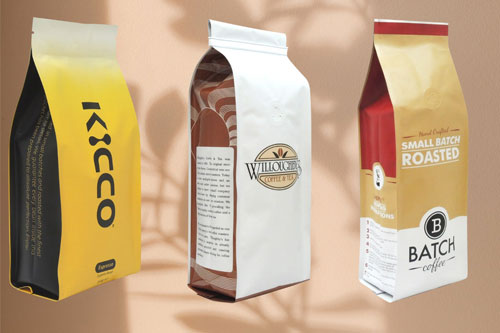
Quad-seal coffee Pouch- Picture Courtesy: The Bag Broker |
| Flat Bottom Coffee Pouch
It has a sturdy flat base design thus filling coffee in them is quite easy. It has five visible sides and can stand upright; both these features make it a fit for showcasing on retail shelves and printing. However, it is quite an expensive option for coffee packaging. |

Flat Bottom Coffee Pouch- Picture Courtesy: Packiro |
| Pillow Coffee Pouches
It is one of the most cost-effective coffee packaging styles. It is a small pouch containing about three-serving of coffee. It is sealed at the middle, top, and bottom and resembles a pillow. It is a flat-lay pouch. |

Pillow Coffee Pouch- Picture Courtesy: Pantree |
| Coffee Sachet
These are small rectangular or square-shaped coffee packaging typically sealed at three or four sides. It has a single-serving coffee and is admired by coffee lovers because of its lightweight and portability. |
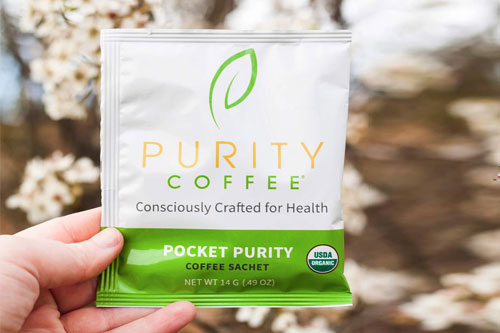
Coffee Sachet- Picture Courtesy: Purity Coffee |
| Coffee Stick Pack
It is a narrow tubular sachet like coffee packaging usually convenient for ready-to-serve life style. It contain one-time serving of instant coffee powders. |
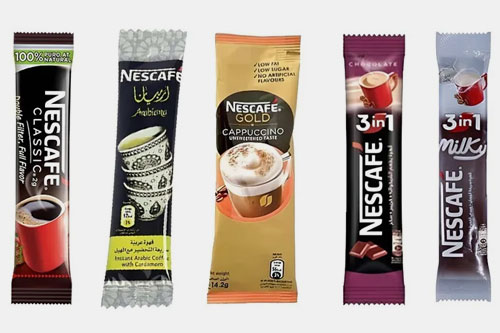
Coffee Stick Pack |
Coffee Tin
Coffee Tins
These sturdy tins are made of metals and are usually employed for a classy and high-end look and feel. Metals provide a strong barrier against harsh conditions and are effective in preserving the freshness of coffee powders and beans.
Coffee Jar
Coffee Jar Packaging
Coffee jars are cylindrical or round-shaped containers typically employed for packaging crushed or grounded coffee beans. These jars are made with glass or plastic and are airtight sealed for the protection of coffee. Clear glass is useful in seeing inside the jar to examine the coffee condition.
Bag-in-Pouch
Bag-in-Pouch Coffee Packaging- Picture Courtesy: The World Financial Review
This packaging consists of coffee bags in the pouch packaging. Coffee bags normally have grounded coffee powders that are used for making instant coffee without the need for coffee machines. Coffee bags are made with paper or food-grade plastics and are poured into hot water to get coffee.
Coffee Capsules and Pods
Coffee Pods and Capsules- Picture Courtesy: Pontevecchio Srl
This packaging for coffee is made with food-grade plastic or aluminium metal and usually has a pre-estimated single-serve amount of coffee powders. It has a round or flat shape resembling a cup and is used with different coffee brewing machines for making mess-free coffee.
Coffee Box
Coffee Box Packaging
It is a tertiary packaging form of coffee packaging and usually holds bulk packs of coffee bags, sachets, and sticks. Moreover, other large-serving coffee packaging is also stored in cardboard or paperboard cartons for long shipments.
4.What Are Add-On Features On Coffee Packaging?
Coffee packaging is customized in numerous ways to boost its aesthetic appeal and ease of use. Various add-on features on coffee packaging are a tactic that brands utilize to grab the attention of customers.
A few important add-on feature for coffee packaging is detailed below:
One-Way Valve
One Way Vent in Coffee Packaging- Picture Courtesy: Inkable Label Co.
Roasted beans release carbon dioxide and if there is no way out the coffee packaging then it may burst. Therefore, coffee packaging must have a degassing or one-way valve. This valve is a tiny vent usually present at the top seal of the packaging. Through this vent, carbon dioxide gas is emitted outside but it keeps the oxygen from gaining entry inside the coffee packaging.
Resealing Options
Resealing Options in Coffee Packaging- Picture Courtesy: Clube ZEROS -ZEROS.eco
In coffee packaging, there are a lot of resealing options. These options are typically present at the top seal. The least expensive one is tape closure. This resealing option is like packaging tape with a sticky surface that aids in resealing coffee packaging after its use. Another cost-effective option for resealing is tin ties. These are stretchable strips that are tied around the top end of the coffee pouch and prevent it from opening. The zipper option is expensive but is well-liked by the coffee-lovers because of its easy use.
Windows
Coffee Packaging With Window- Picture Courtesy: Tedpack
Sometimes, coffee packaging comes with clear windows that allow consumers to view and inspect the quality of coffee powders and beans. Furthermore, it provides partial visibility of coffee to captivate the customers. This feature plays a significant role in the marketability of the brand.
5.What Are The Machines Used For Coffee Packaging?
Since coffee comes in several packaging styles, to accommodate these packaging styles, there are several coffee packaging machines. The complete detail of each coffee packaging machine is discussed below:
Coffee Pod Filling and Sealing Machine
Coffee Pod Filling and Sealing Machine
This machine is designed to fill a precise quantity of coffee powders and beans inside the coffee capsules and pods. Advanced controls and computerized systems present in this machine aid in fast coffee powder filling. It can pack a variety of coffee pods such as K-cups, Nespresso, Dolce Gusto, and many more.
Working Principle
First, bulk coffee powder or beans are fed inside the hopper by the operator. In the next step, pods are forced into the filter paper to form mould. This small paper disc is moved to the welding station where the filter paper disc is glued or welded to the aluminum or plastic pod. Afterwards, the preprogrammed quantity of coffee is loaded inside the pod. After weight checking, nitrogen is flushed inside the pod. Then lid is put over the pods and is heat-sealed.
Premade Pouch Coffee Packaging Machine
Premade Pouch Coffee Packaging Machine
It is one of the most flexible pieces of equipment for coffee packaging and can process a wide range of pouches such as doypack, gusset, flat bottom, quad seal, etc. Furthermore, it can incorporate tear-away seals, zippers, and ties on the pouches. This machine can process already-fabricated coffee bags that have value-added features for instant prominence on retail shelves.
Working Principle
Large stacks of preformed pouches are placed inside the bag loader. Next, one pouch is picked up by a gripper and taken to the opening area. The grippers open the bag and compressed air is introduced inside the pouch for inflation. Coffee from the hopper goes inside filling devices, and then the filling head loads coffee inside the pouch. Sealing is done by sealing elements after filling.
Coffee VFFS Packaging Machine
Coffee VFFS Packaging Machine
It is the most commonly used for packaging coffee in a variety of pouch designs. It has a smaller footprint and is easily installed in places with space constraints. Due to its stainless steel construction, it follows hygienic and GMP regulations for coffee packaging. Moreover, it has cutting-edge technologies that boost packaging speed while producing small film waste.
Working Principle
Initially, the bulk quantity of coffee powders or beans is put inside the large hoppers. A large film roll is put onto the unwinding reel. This film is uncoiled with the rotation of the film reel. After going over rollers, it travels to the forming station where it is fashioned into a coffee pouch according to settings programmed on HMI. After partial sealing, the coffee is fed into the pouch. Then sealing jaws fuse the top edges and the cutting blade separates two consecutive pouches.
Coffee Bag Packaging Machine
Coffee Bag Packaging Machine
It is the ideal packaging machine for coffee bags. It is highly automated with efficient sensors that aid in the accurate filling of coffee powders inside bags. It is made with stainless steel and has computerized controls like a PLC system with which this machine can pack a drip coffee bag inside the outer covering.
Working Principle
Large volumes of coffee powders or granules are fed into a hopper while packaging film is placed on the unwinding holder. The film is cut and partially sealed with sealing jaws. In the next stage, the pre-measured amount of coffee is dosed inside the coffee bag. After sealing of the coffee bag, it is inserted into another outer bag. After the final seal of the outer bag, this packaging is removed from the machine for further downstream cartoning.
Coffee Stick Pack Packaging Machine
Coffee Stick Pack Packaging Machine
This machine has four, eight, and twelve lanes and can make four, eight, or twelve stick packs, respectively. This machine can fill precise doses of coffee in the stick pack and is an excellent choice for packaging single-serving coffee. Manufacturers prefer to use this machine in productions due to its less use of packaging film and cutting down running expense advantages.
Working Principle
At the start of the coffee-filling operation, the packaging film is placed on the unwinding disk and after unwinding, the film is cut into several strips depending upon the number of lanes. Then the strips are folded and moved to an individual forming station where they are shaped into stick packs. Filling devices such as auger or volumetric filler fill coffee into stick packs. After filling, sealing jaws are heated to seal these stick packs.
Coffee Sachet Packaging Machine
Coffee Sachet Filling Machine
This machine is one of the routinely employed machines in the coffee packaging line. This machine feeds small servings of coffee powders in 3 or 4-sided sealed sachets. It is an environmentally friendly packaging machine for industries as it produces less film waste while forming and cutting sachets, consequently saving operational costs.
Working Principle
This machine operates on the same working principle as that of the VFFS machine because both these machines have identical design construction. The film after unwinding is transported to the forming area where it is folded and wrapped into sachets. The coffee powders or beans are loaded from filling devices. After filling, sealing bars seal the sachet while the cutting knife separates individual sachets.
Coffee Jar or Tin Packaging Machine
Coffee Jar or Tin Packaging Machine- Picture Courtesy: Samfull Packing Machine
It is a highly versatile machine that can fill coffee in jars or tins varying in their dimensions and designs. This machine is utilized to fill large volumes of coffee powders and beans in the coffee packaging jars or tins. The coffee jar or tin packaging machine is customized with advanced weight or volumetric fillers that augment the filling process.
Working Principle
The working steps of this machine are simple and require minimal human supervision. First, the containers for filling are placed in a straight line on the machine conveyor and a bulk amount of coffee is fed inside the cone hopper. When the container arrives under the filling nozzle, the coffee filling starts. The gripper holds jars and tins in place while filling to prevent their tumbling. Once the preprogrammed threshold for filling is attained, the filling process stops and the filled container is moved to the capping or sealing area for airtight closure.
6.Are Coffee Bags Different To Tea Bags? How Are They Different From Tea Bags?
Coffee Bag Packaging- Picture Courtesy: CRU Kafe
No in fact they are quite similar having the same design and materials. Coffee bags come in the same triangular, prism or square shape as that of tea bags. They are also produced using nylon, cotton, paper filters, and food-grade plastics. However, instead of freshly ground tea leaves, these bags have coffee powder. Moreover, both coffee bags and tea bags are widespread because of the mess-free and convenient way of drinking coffee and tea, respectively.
7.What Are Common Coffee Pouch Sizes?
Sizes of Coffee Pouch Packaging- Picture Courtesy: World Brand Design Society
Recently, coffee pouch packaging has gained popularity because of its convenience and versatility. Hence, due to the popularity of such packaging, brand owners design their coffee packaging in a variety of sizes and styles. Coffee is available in small sachets containing about 20 grams of coffee as well as large-sized flat-bottom bags having 2 kilograms of coffee. Nevertheless, the most common coffee pouch packaging sizes are:
- 226 grams or 8 oz
- 283 grams or 10 oz
- 340 grams or 12 oz
- 453 grams or 1 lb
- 907 grams or 2 lb
- 2 kilogram or 5 lb
Coffee is the favorite drink of the North American region and the widely used coffee pouch packaging size in this region is 12 ounces and 5 pounds. In other countries, 0.5 pound, 1 pound, and 5 pound are most frequently used.
8.Why Do Coffee Package Swell?
Puffiness in Coffee Packaging- Picture Courtesy: Dieline
Sometimes, the coffee pouch packaging gets puffy. The consumers often confuse puffiness with freshness but this is not the case. The reason behind puffiness is quite simple. The roasters often packaged coffee pouches on large pallets with bags stacked over one another for transportation and distribution. The coffee pouches in the middle or at the bottom typically get crushed from the pouches present on their top. This prevents bottom pouches from swelling after vacuum-sealing.
However, the coffee pouches at the top do not get squashed, hence, they can swell a little bit by trapping air before gases evade from one-way valve. In short, the appearance of the coffee pouch does not indicate the freshness of coffee instead puffy and non-puffy coffee pouches have the same quality of coffee.
9.How Long Is Coffee Good For In Packaging?
Freshness in Coffee Packaging
It is a known fact that coffee tastes better when it is fresh. Quality packaging is the answer to keeping coffee fresh and lasting long. Many people think that as coffee is a dry product it will remain fresh for several years but it is the opposite case. Coffee has an expiry date and this is a period in which coffee can get spoiled.
For instance, if ground coffee packaging is opened it can last about 2 weeks of opening. The opened coffee beans should be used within four weeks as after that fragrance and taste of the beans will slowly start to fade. Instant coffee should be consumed in about 2 weeks if packaging is opened. However, if opened ground coffee packaging is placed in the fridge and freezer then it will taste good for 2 weeks and 1 month, respectively.
A vacuum-sealed packaging of coffee beans that is not opened, can last till its best-before date which is about 1-2 years after the date of manufacturing. Properly sealed instant coffee stored in a dry and dark place can have a long shelf life and remain fresh for 2-4 years. Besides this, unopened coffee pods do not go off till their expiry date.
Conclusion
A robust and unique coffee packaging is integral in not only protecting coffee but is essential in gaining the attention of coffee lovers. Air gases and humidity are two elements that significantly deteriorate the nutritional quality and freshness of coffee. But with coffee packaging, a strong impermeable barrier is achieved that prevents harmful substances from entering inside the packaging. If you are planning to design new coffee packaging for your business and are overwhelmed by ideas then feel free to contact our Allpack customer care and we will help you design just the right coffee packaging for you.
Don't forget to share this post!
CONTACT US
Tell us your raw material and project budget to get quotations within 24 hours.
WhatsApp Us: +86 181 7101 8586
The Buyer's Guide
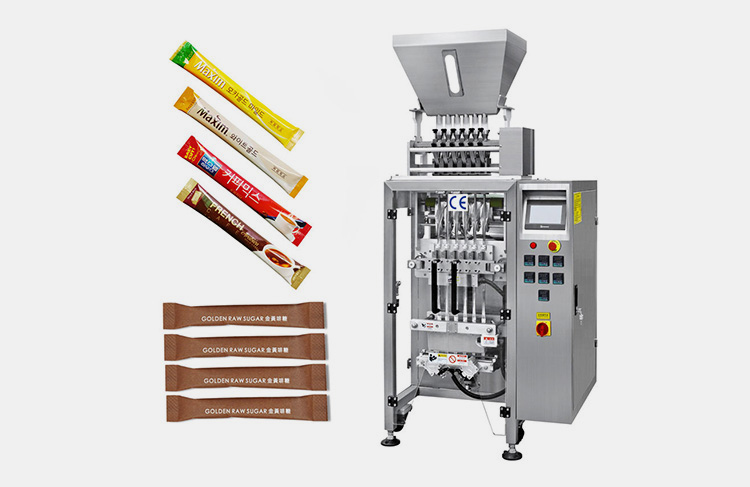
Coffee Packaging: The Complete FAQ Guide In 2025 Read More »

